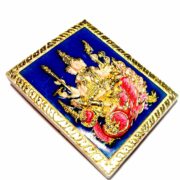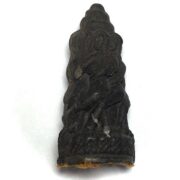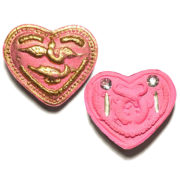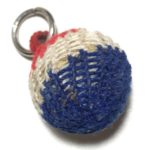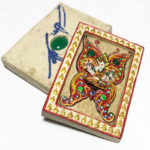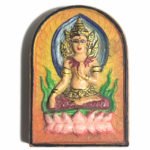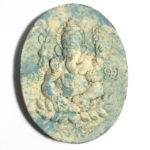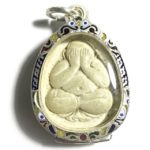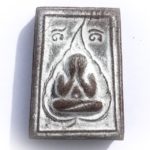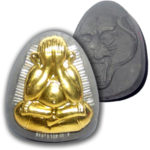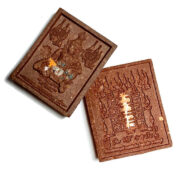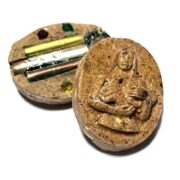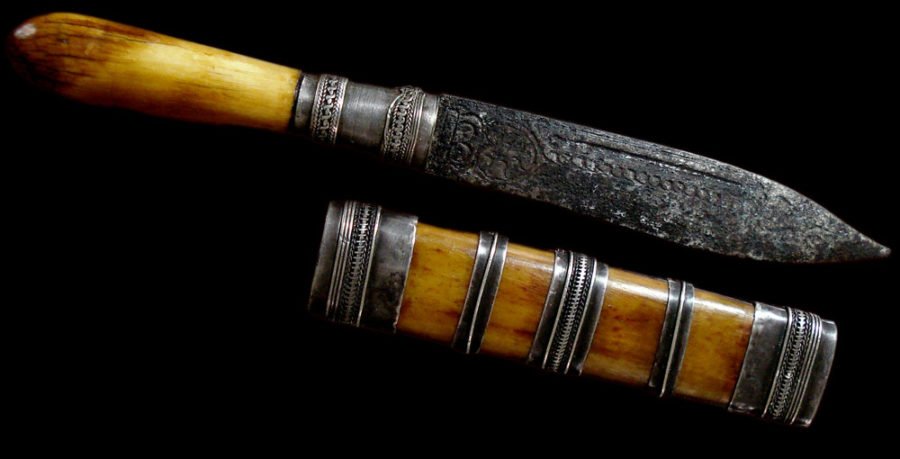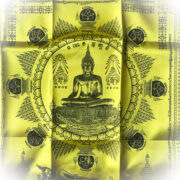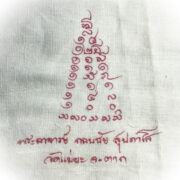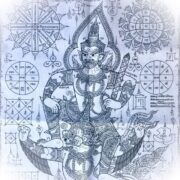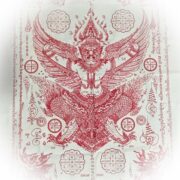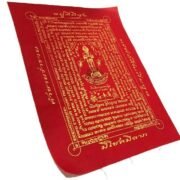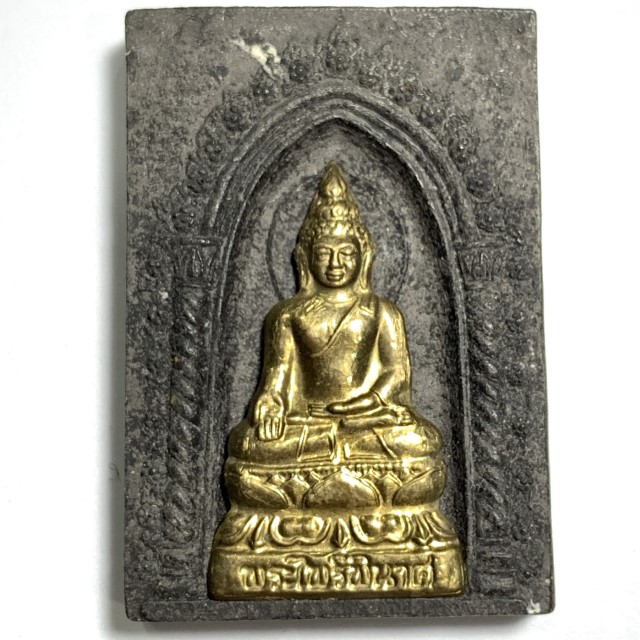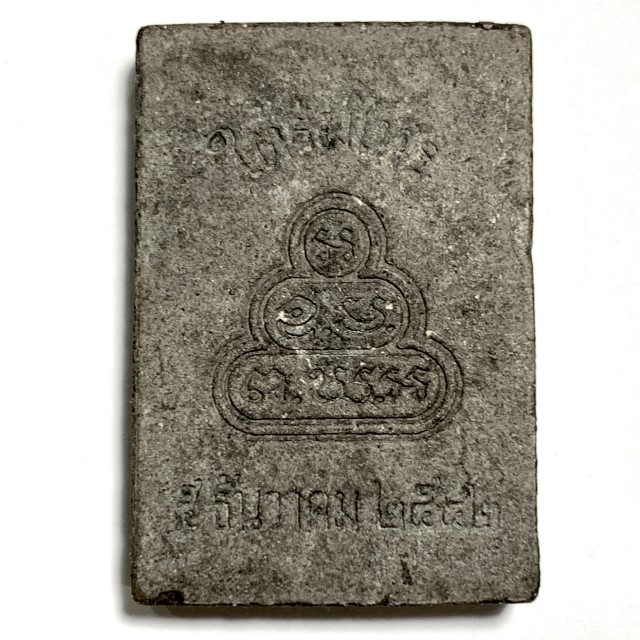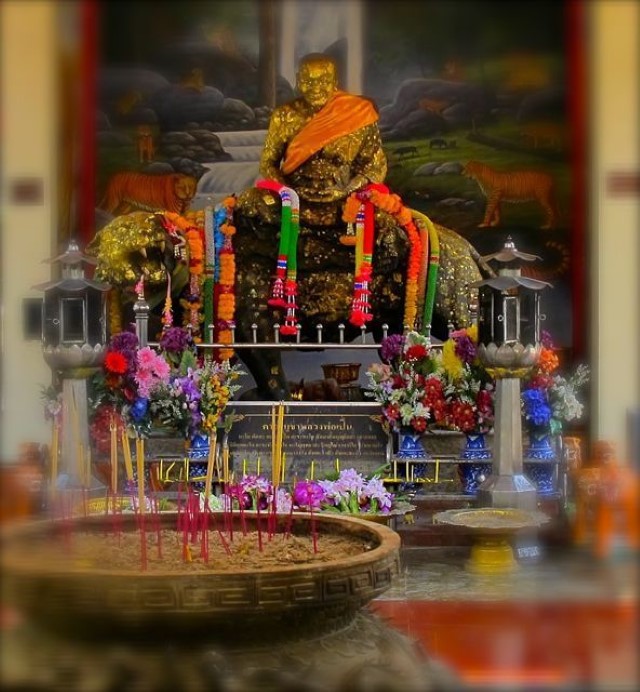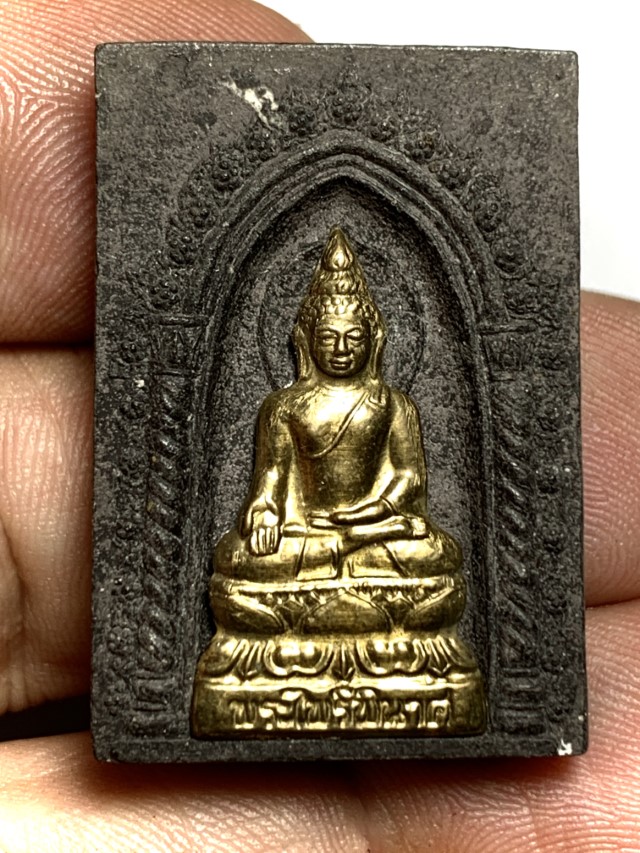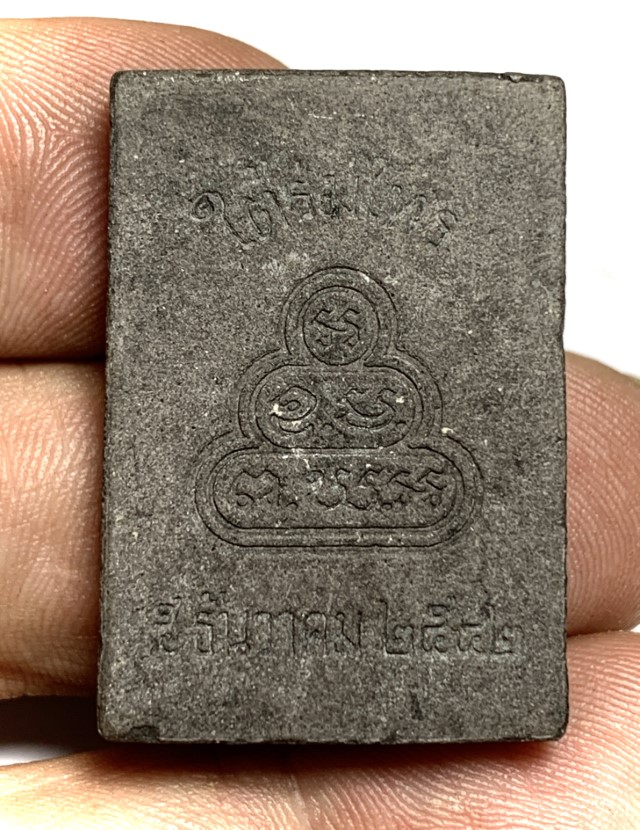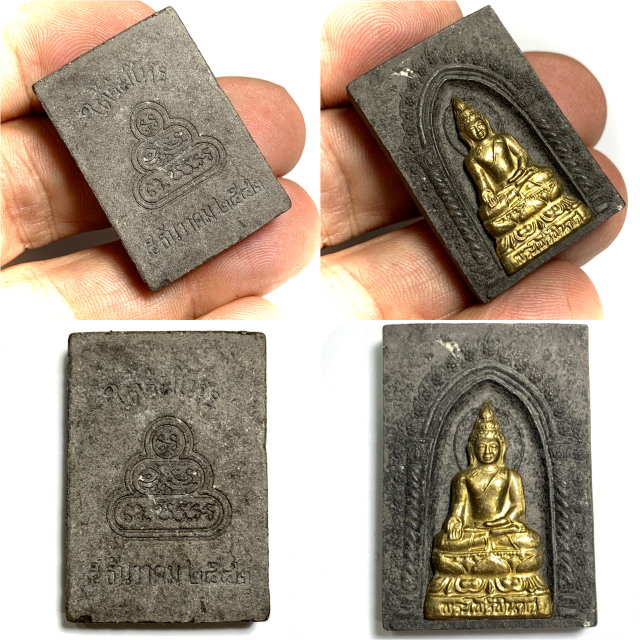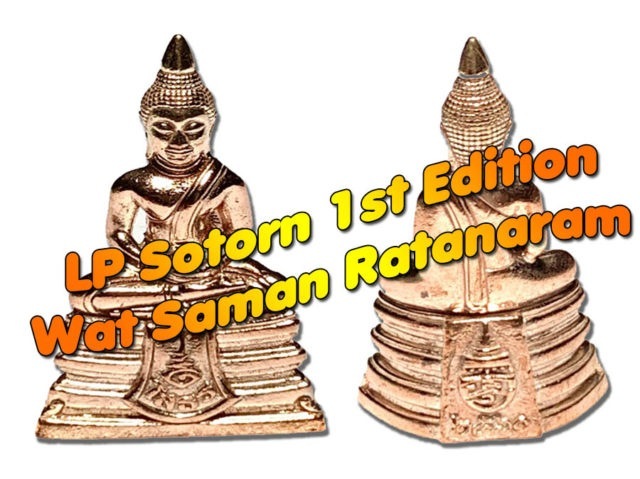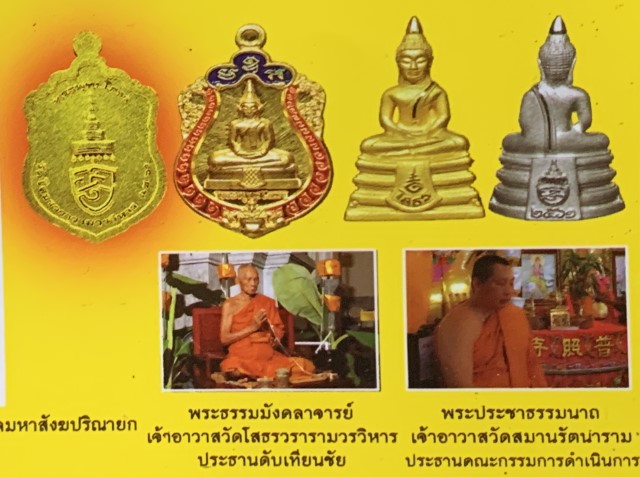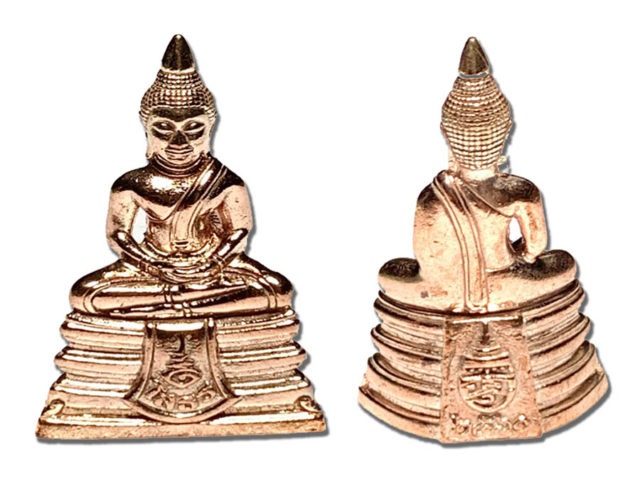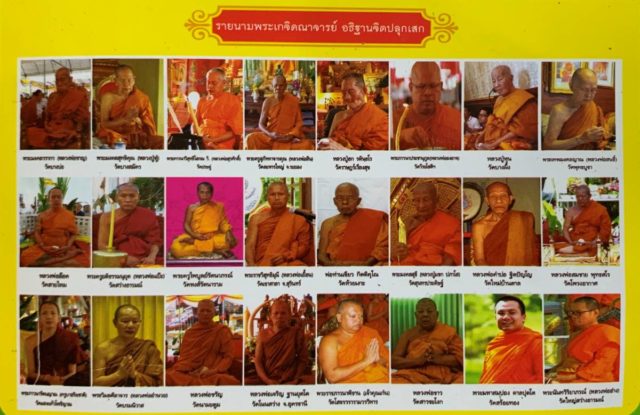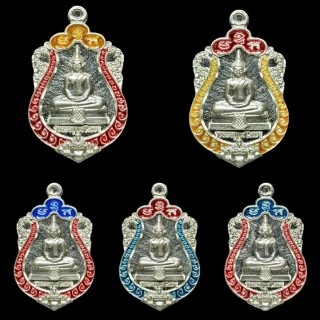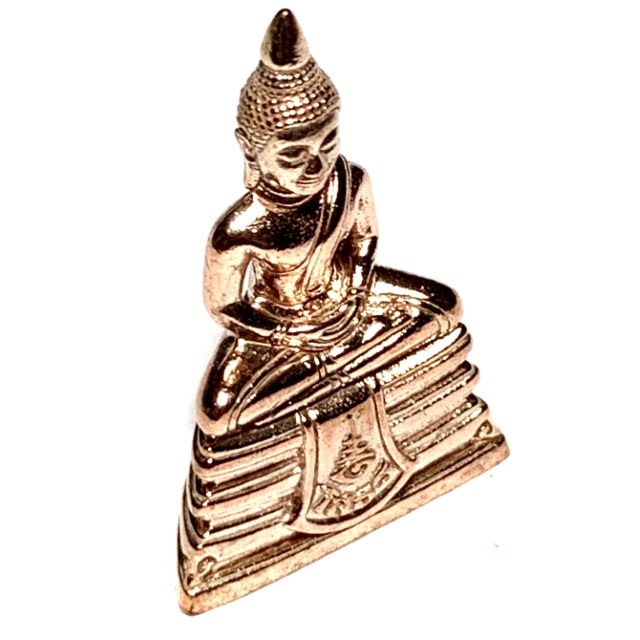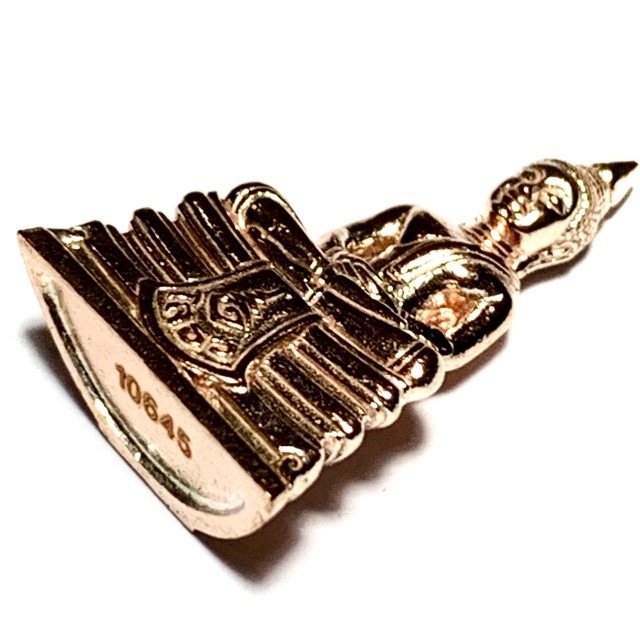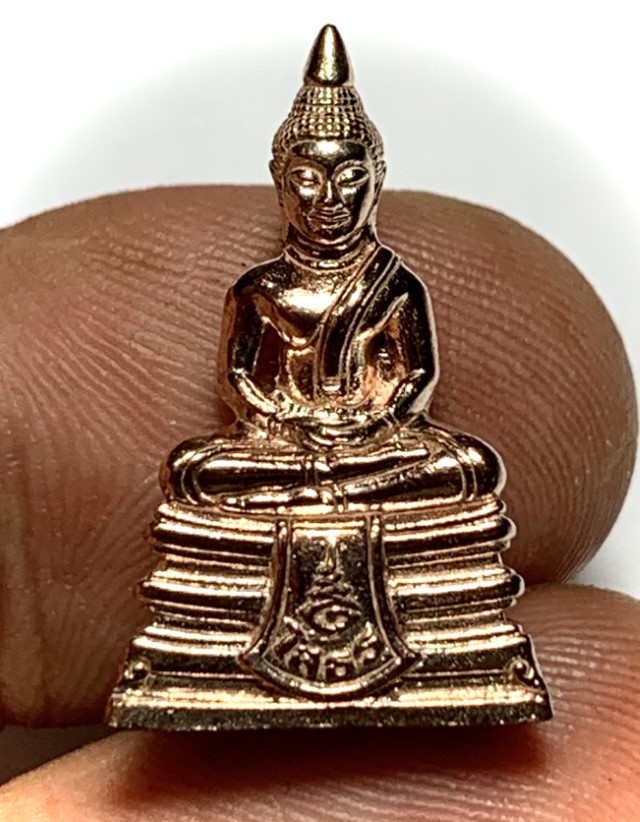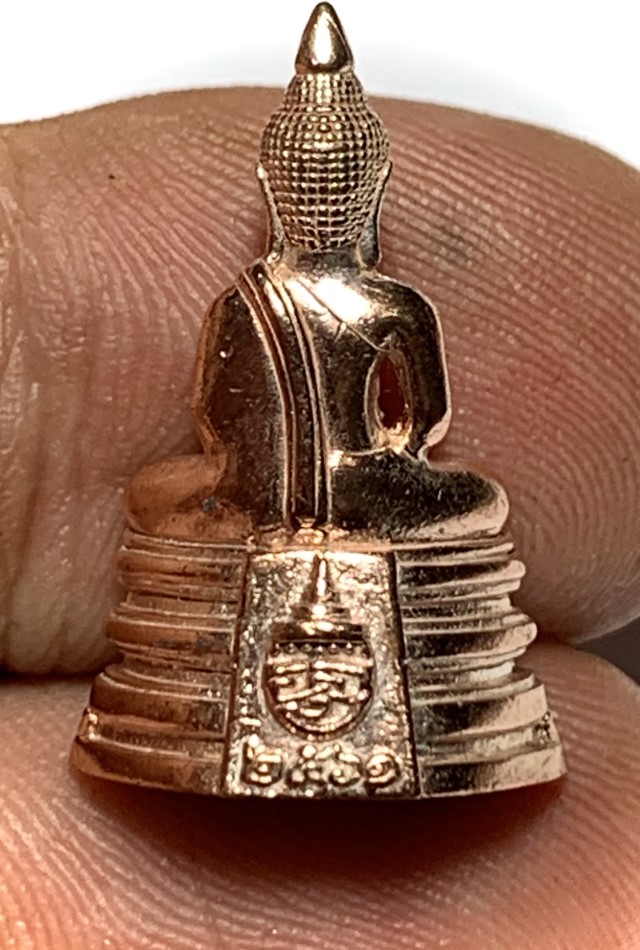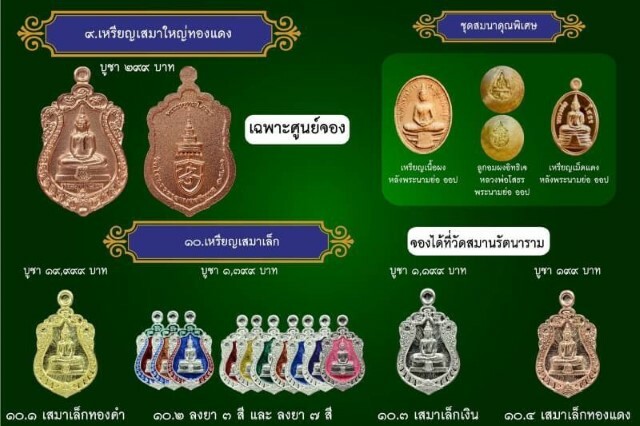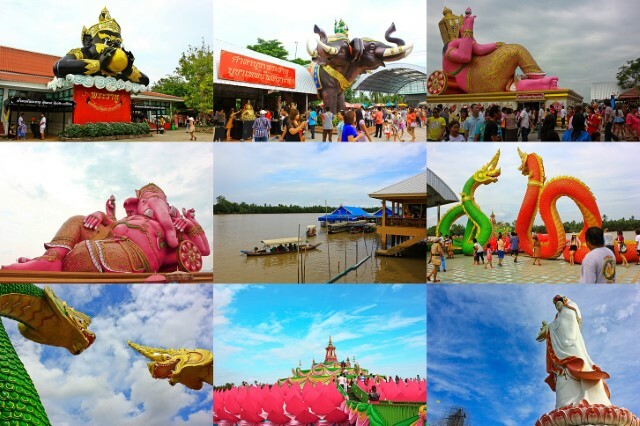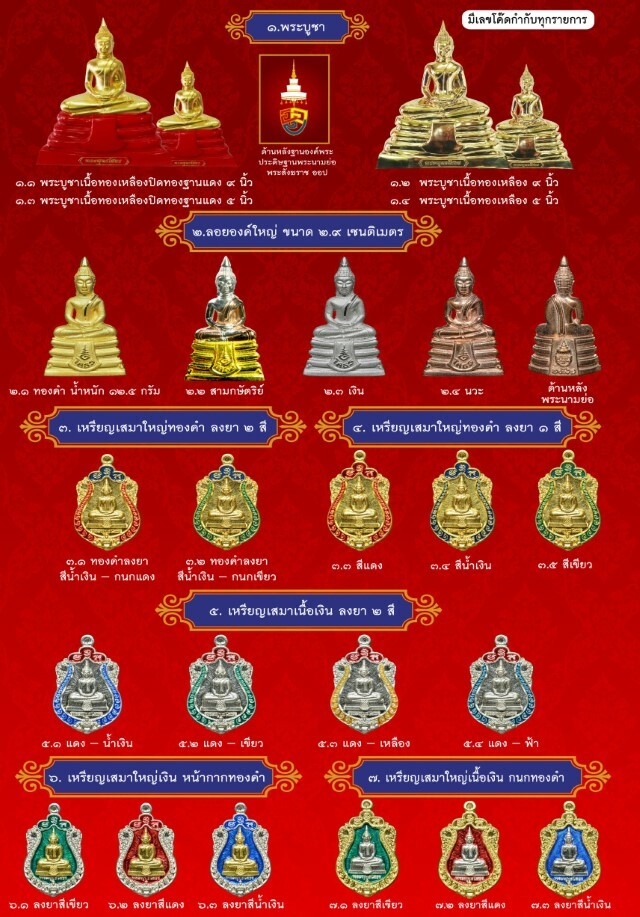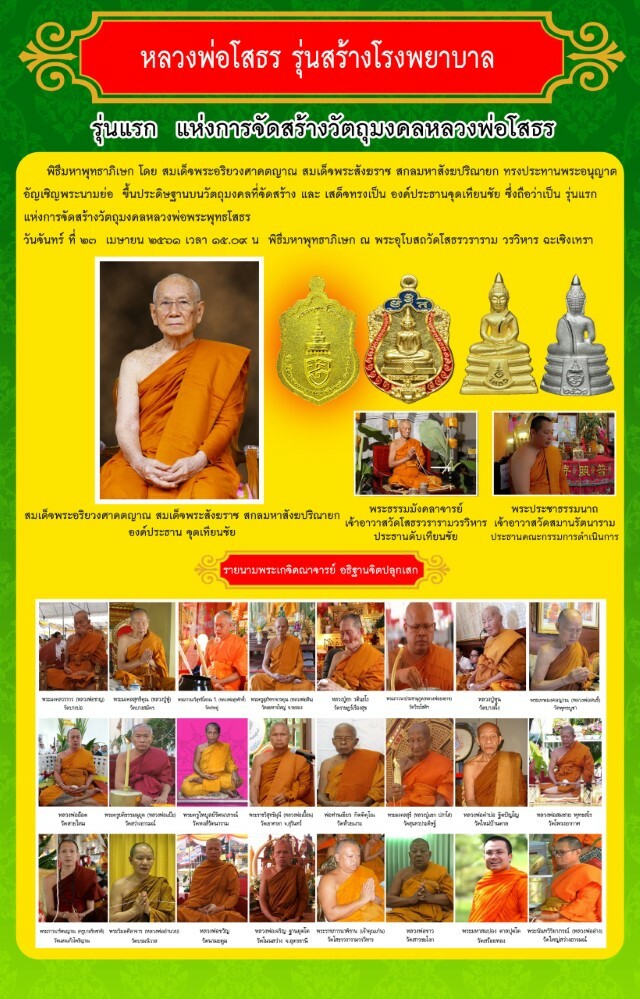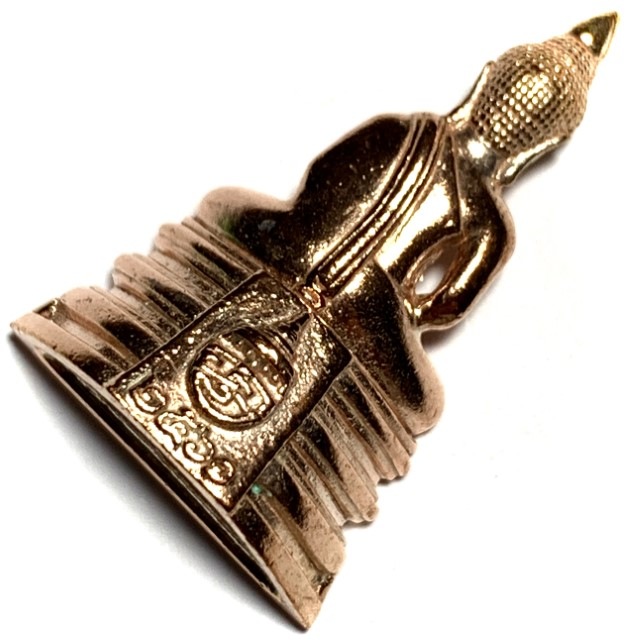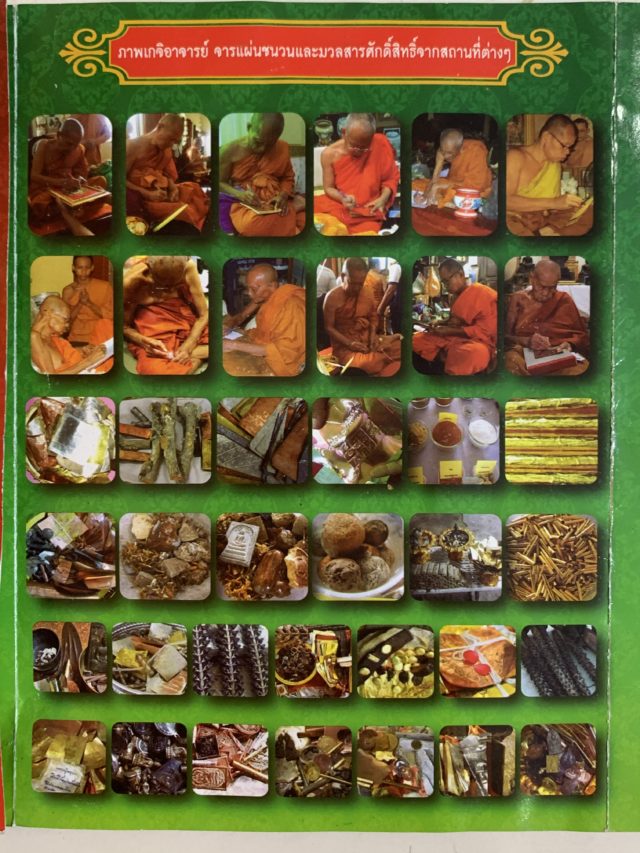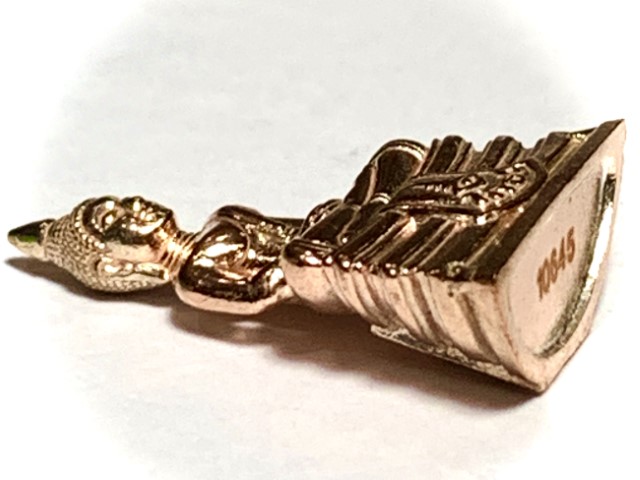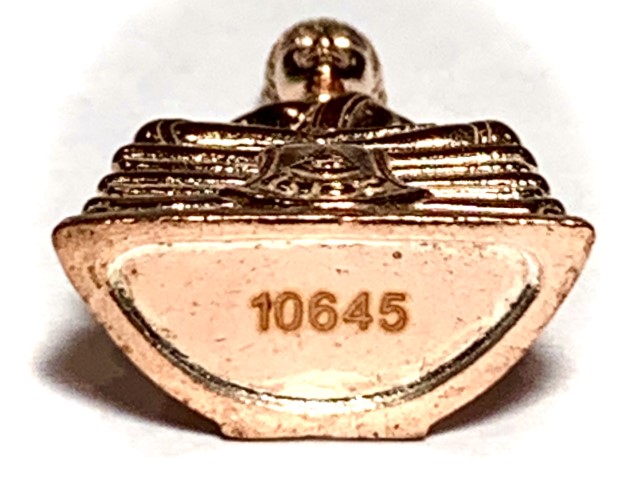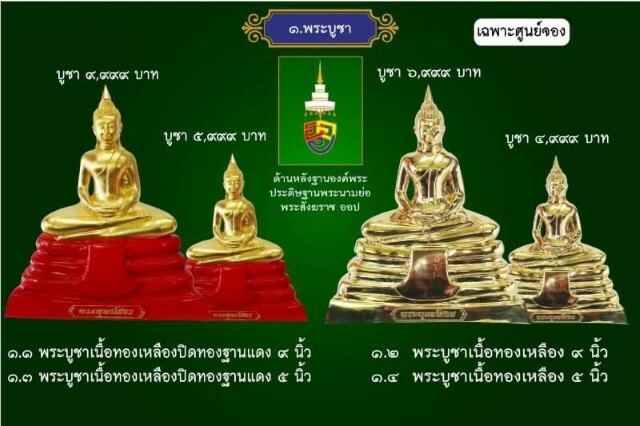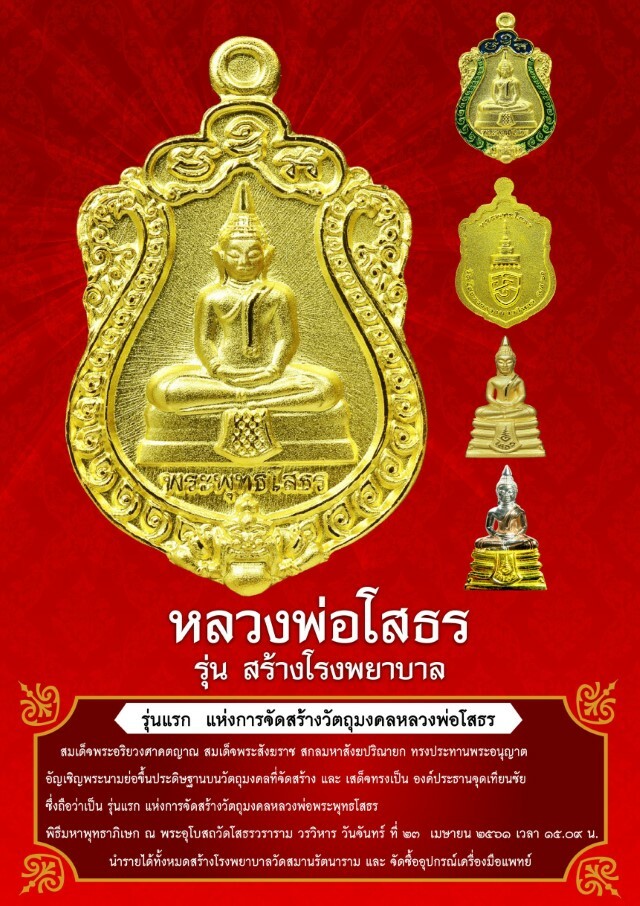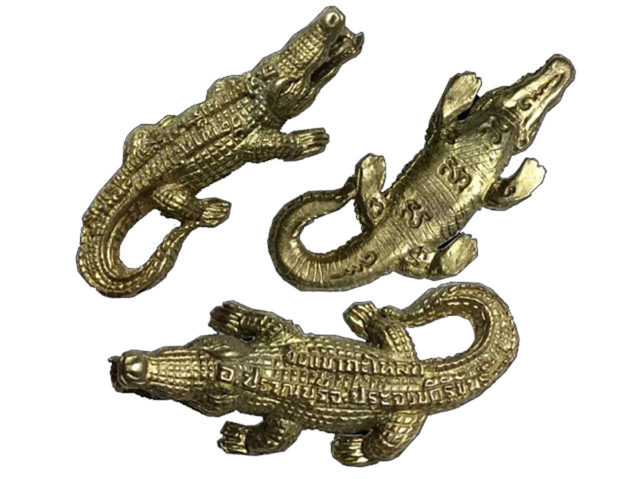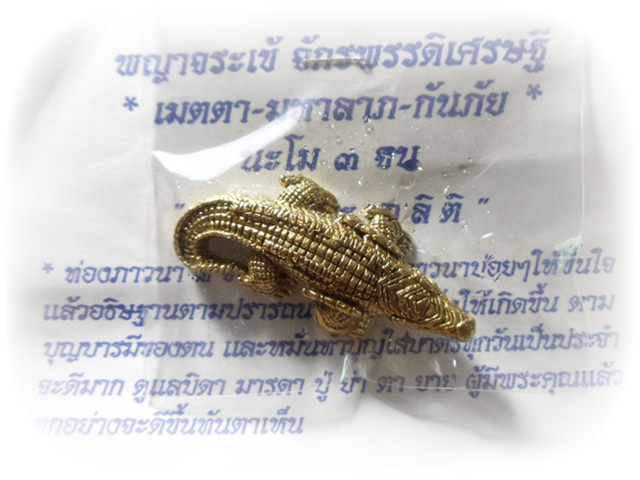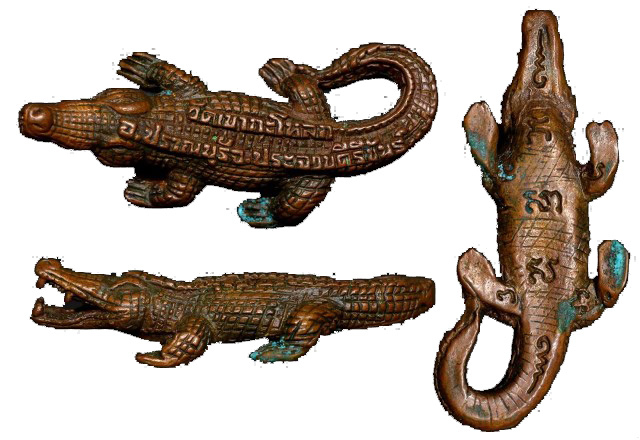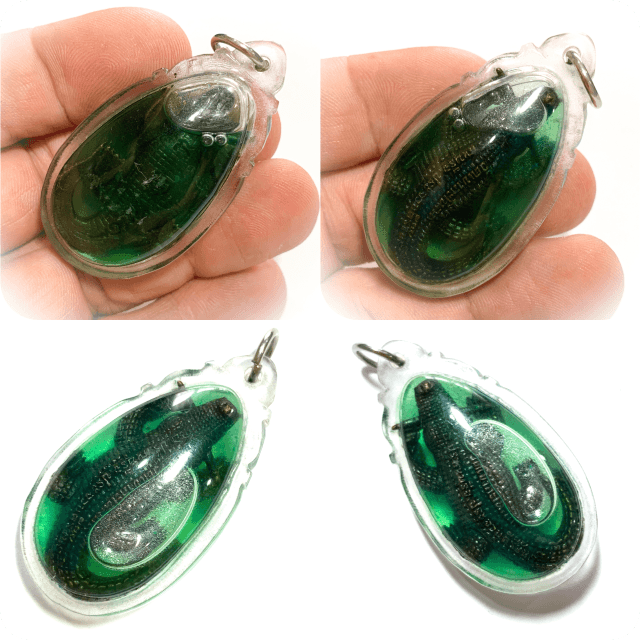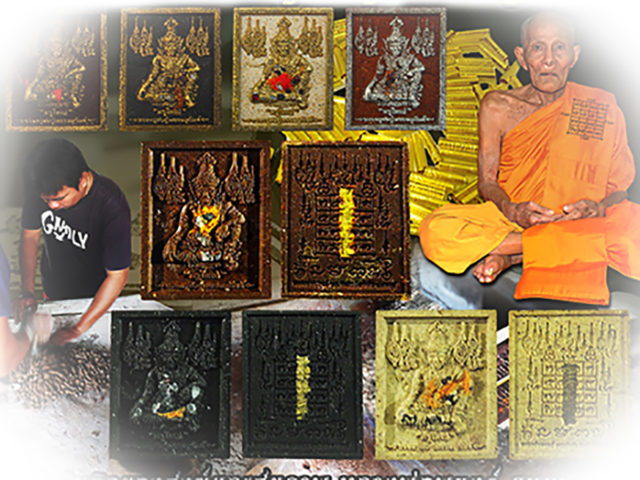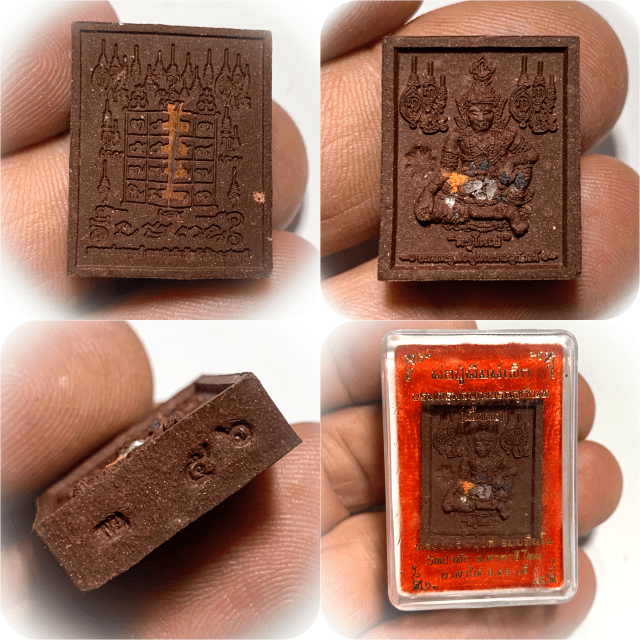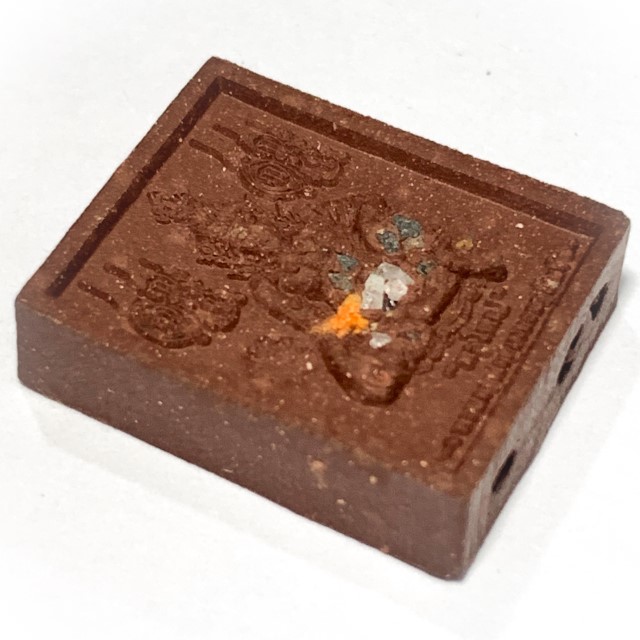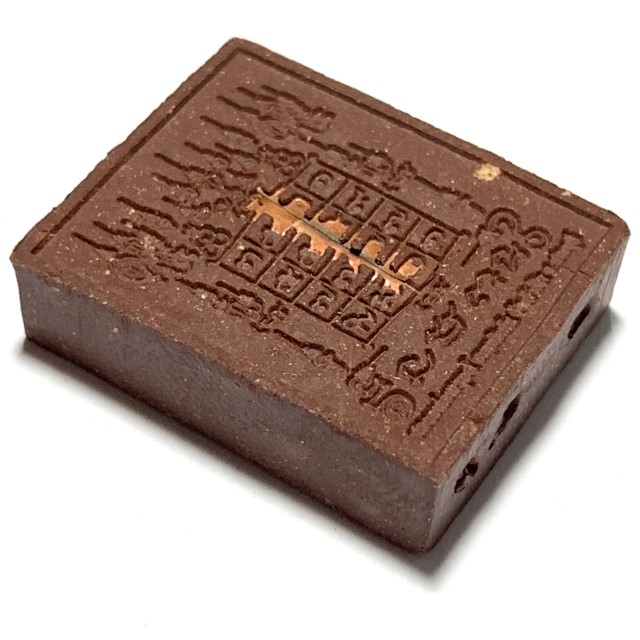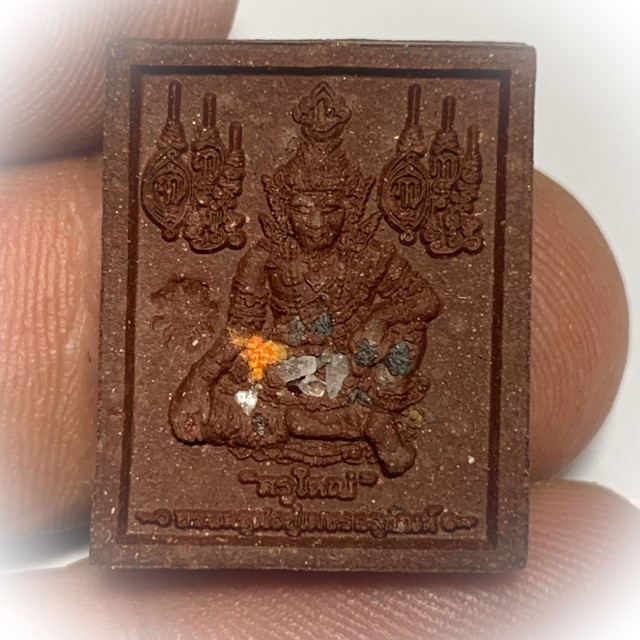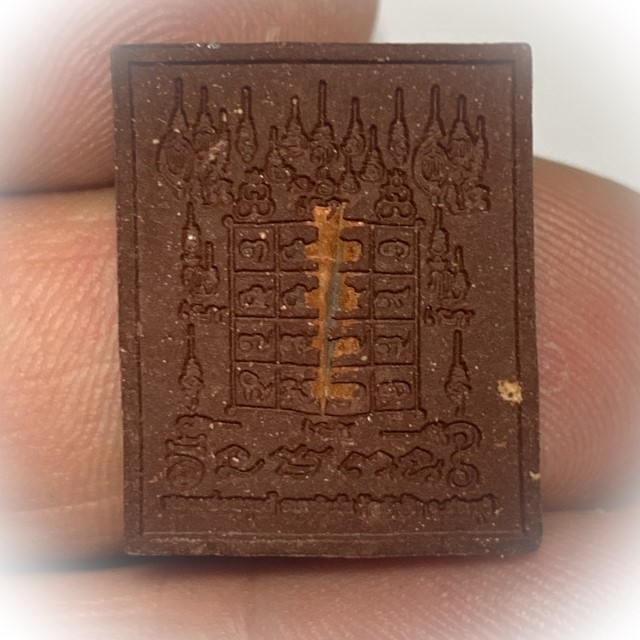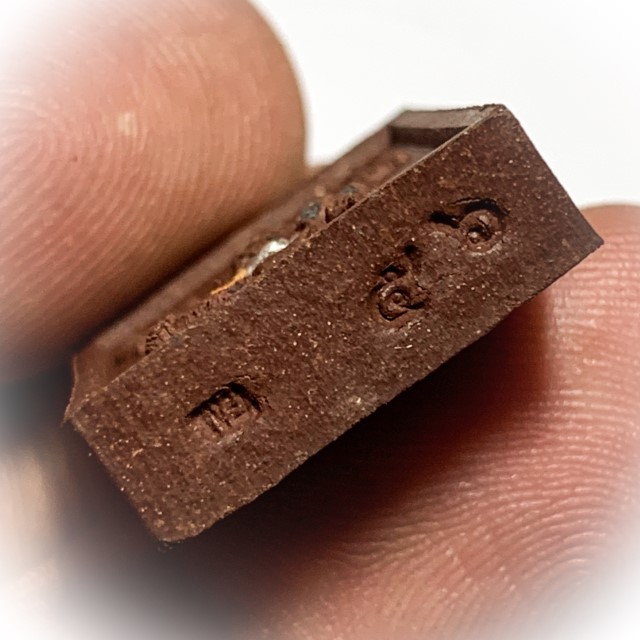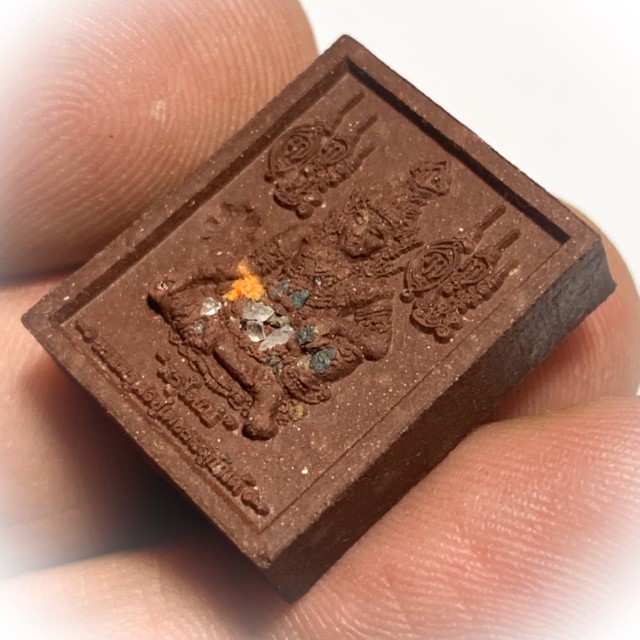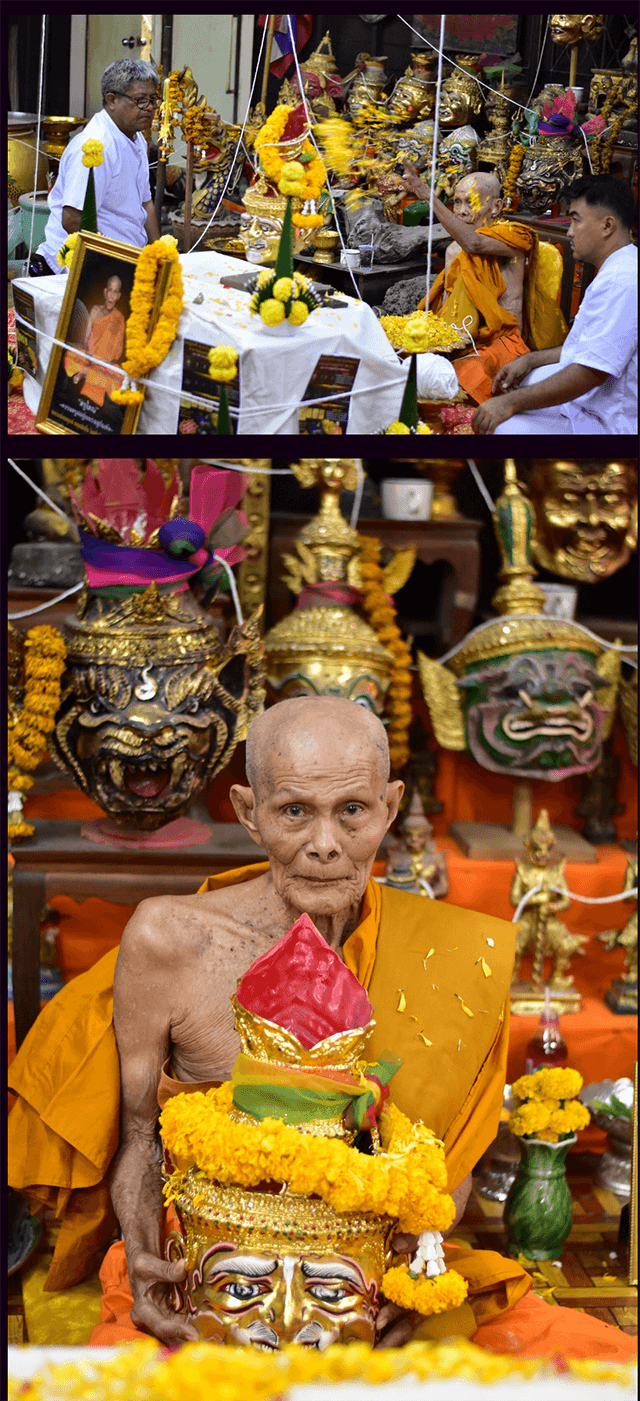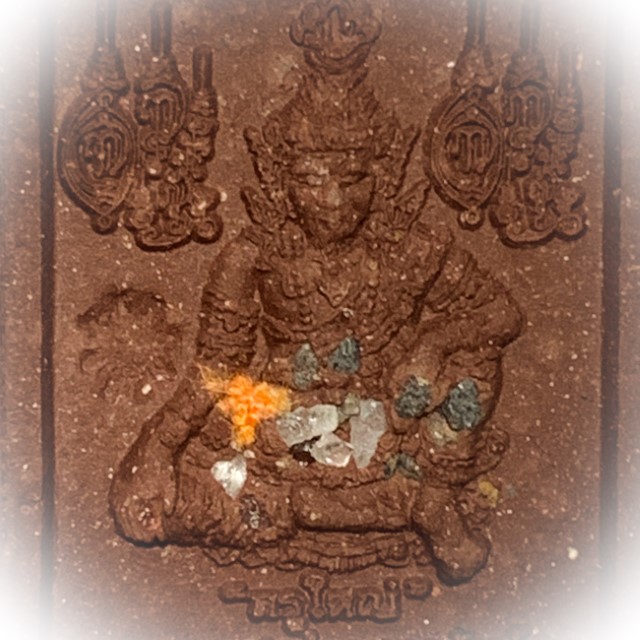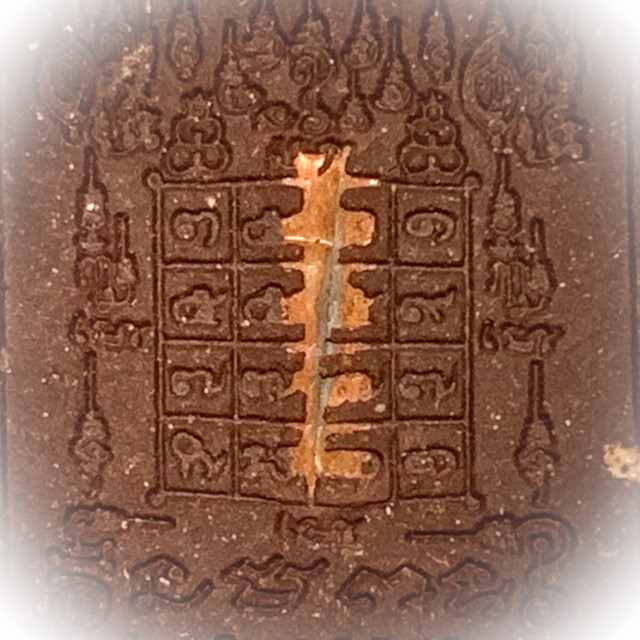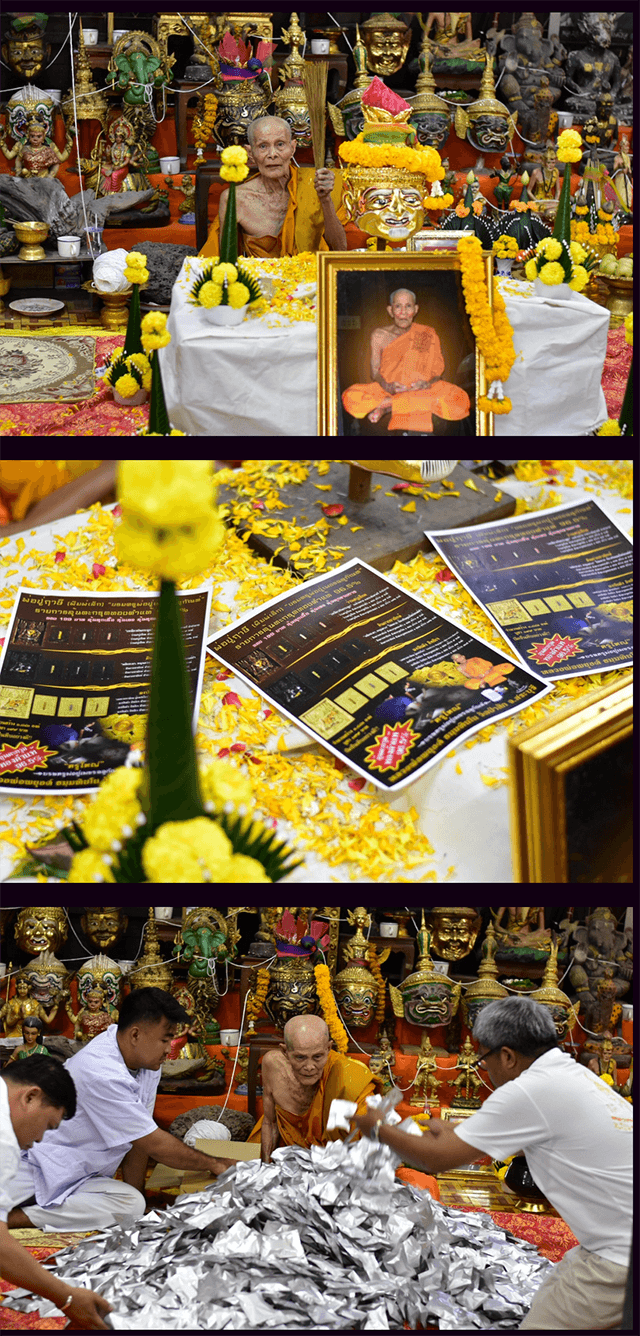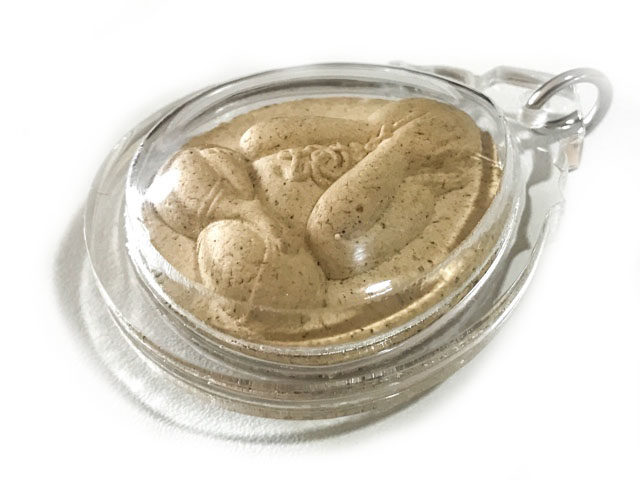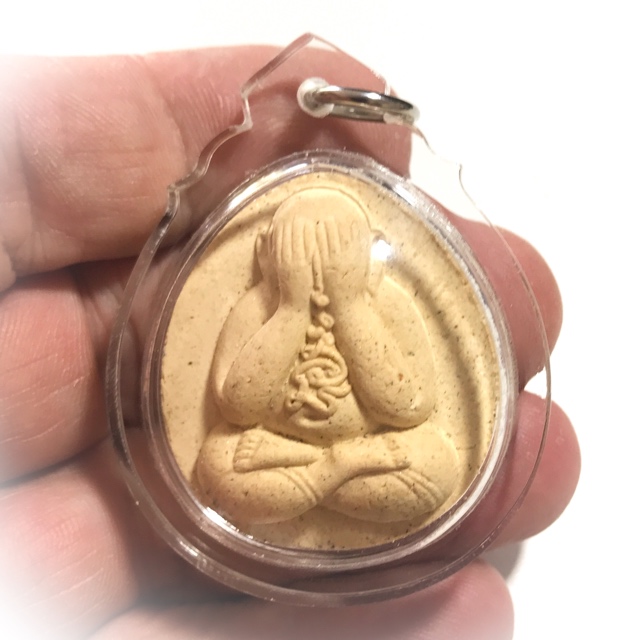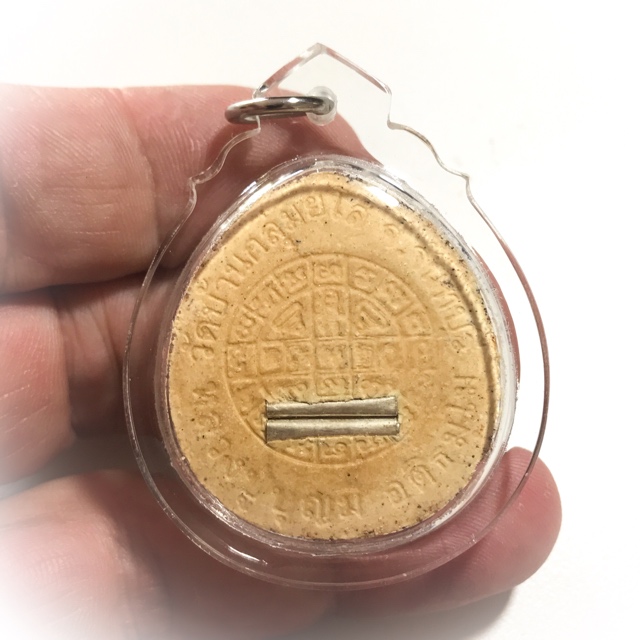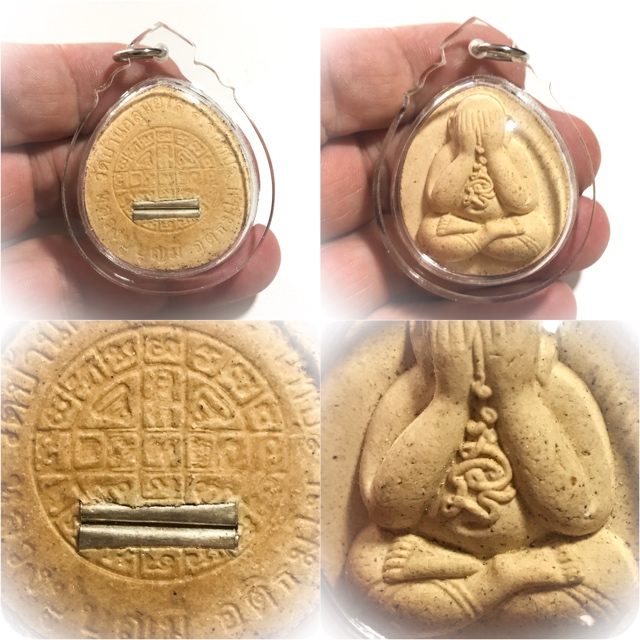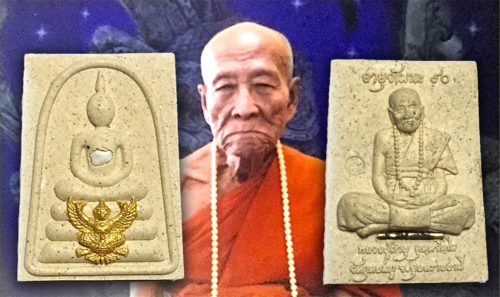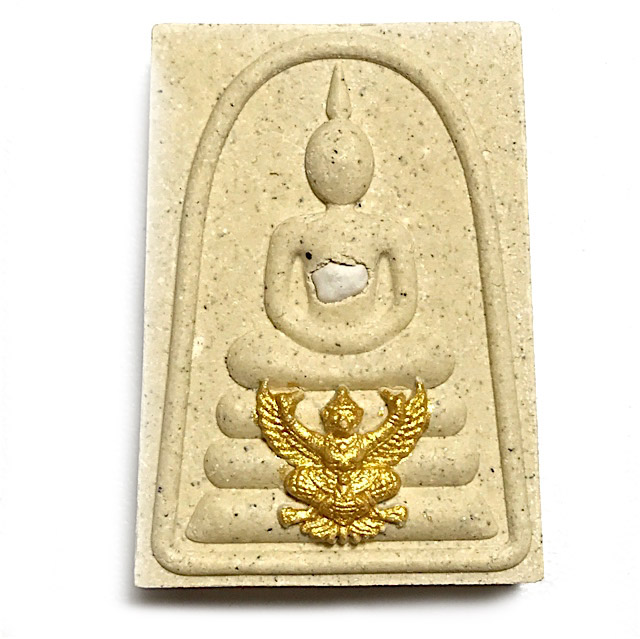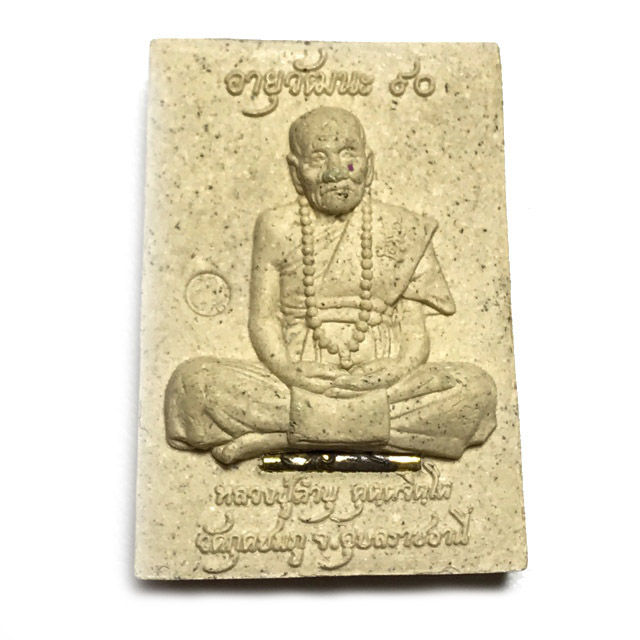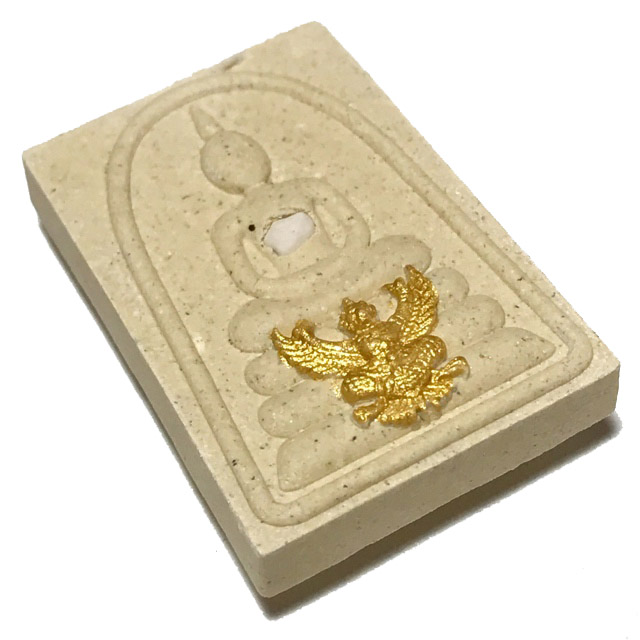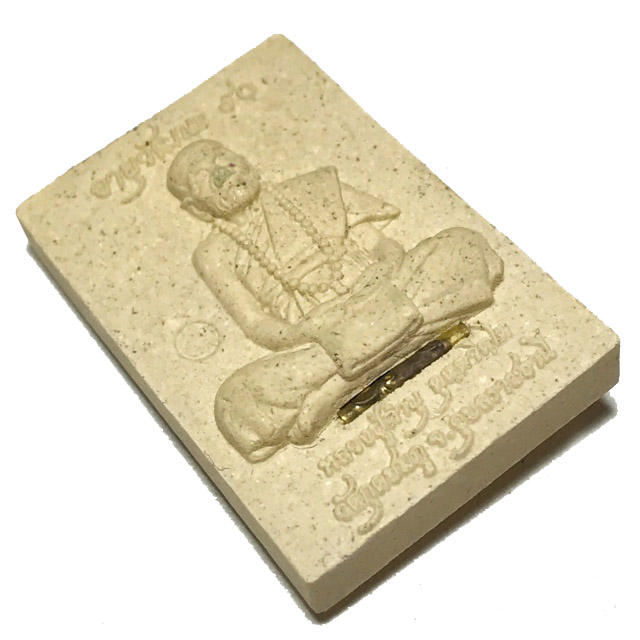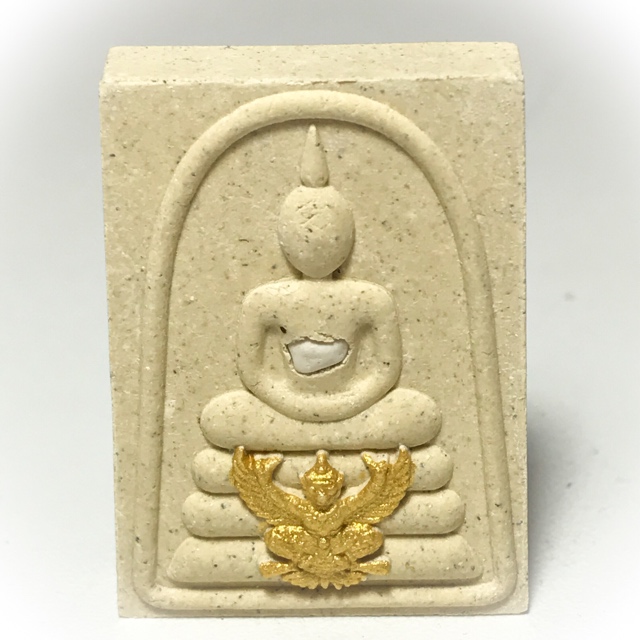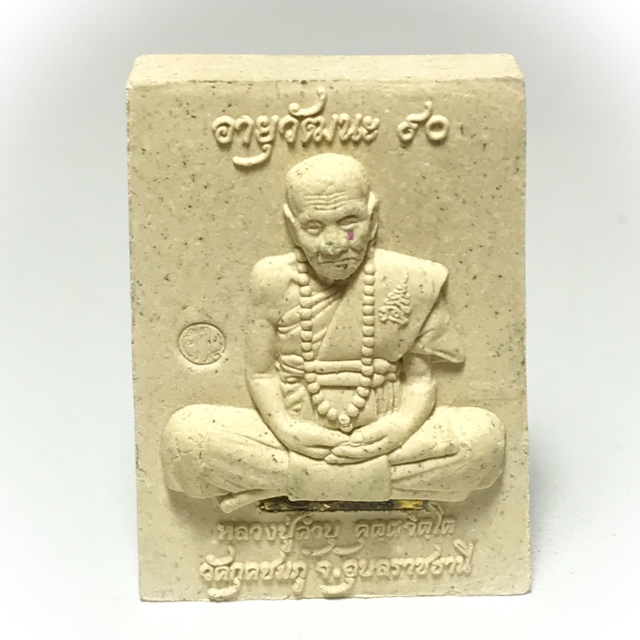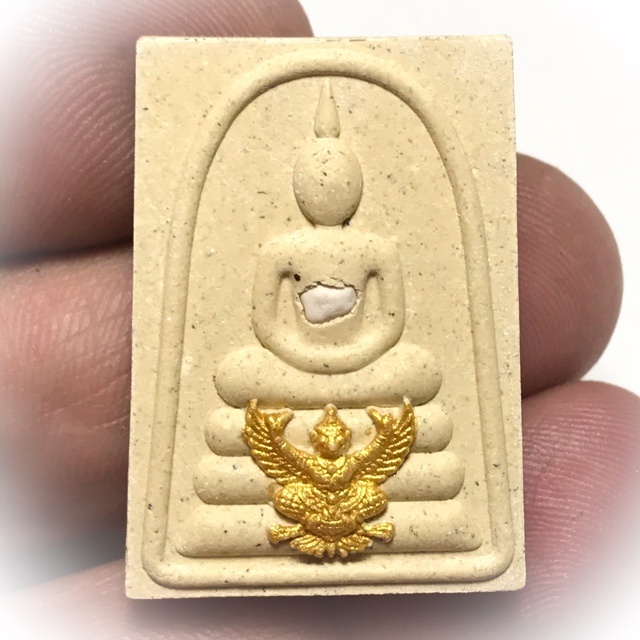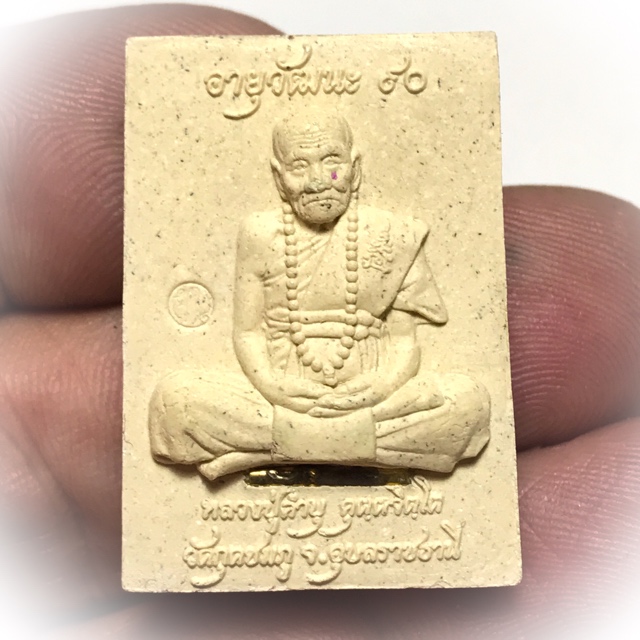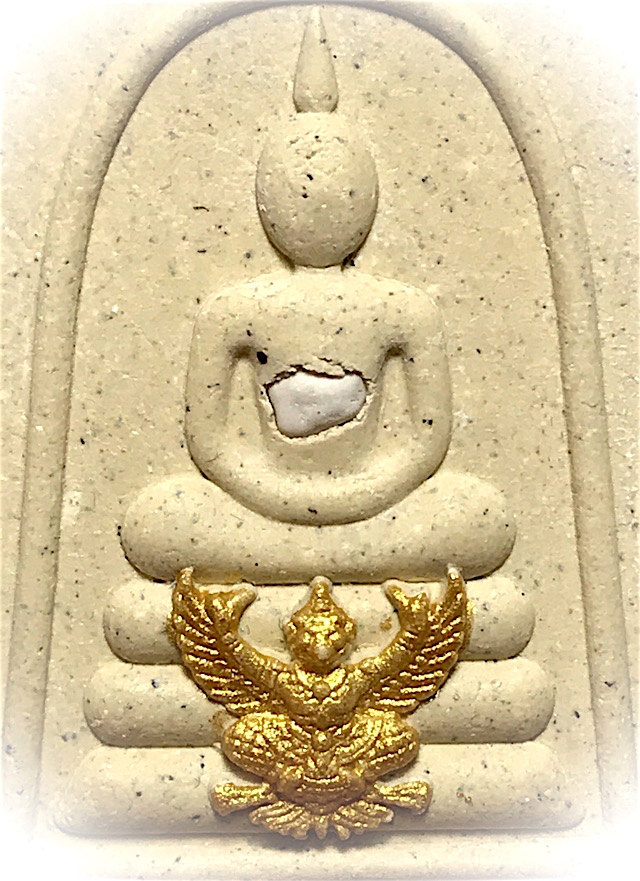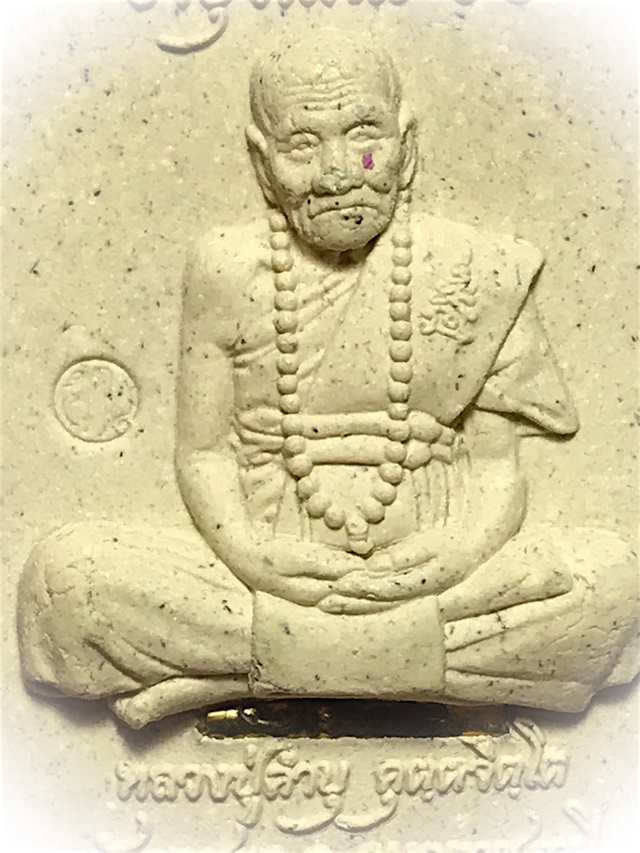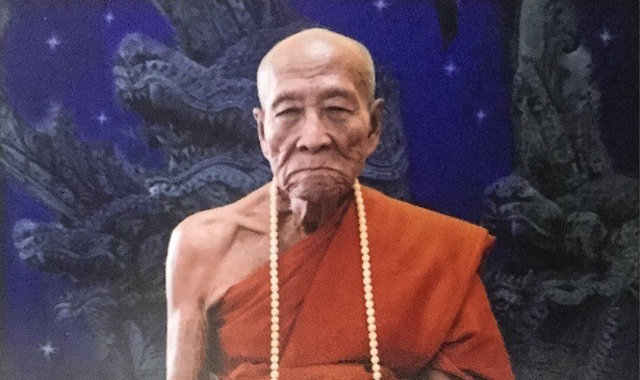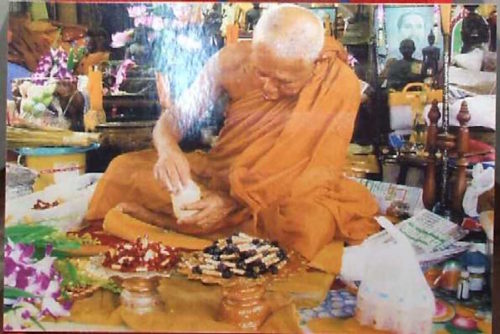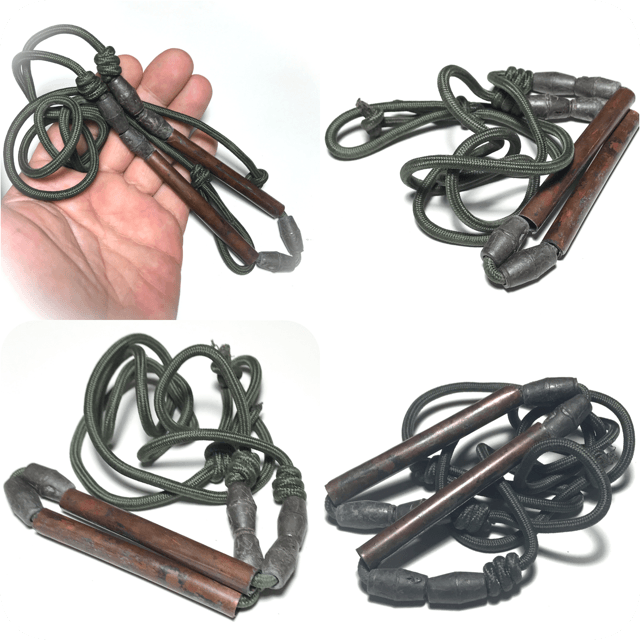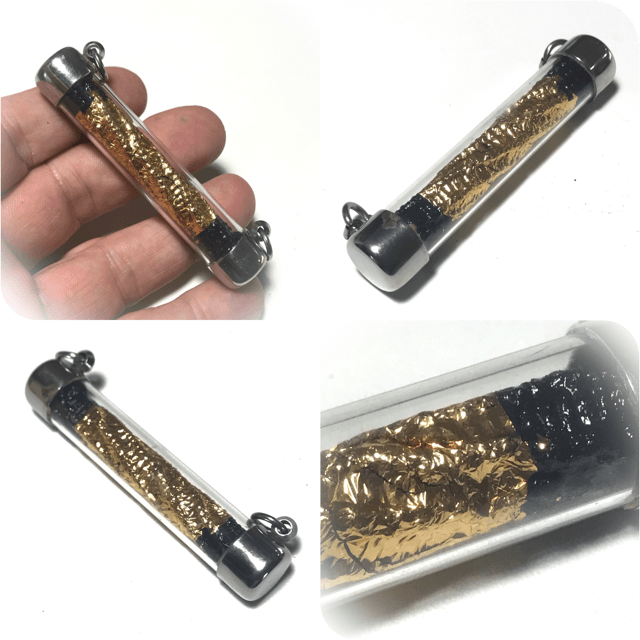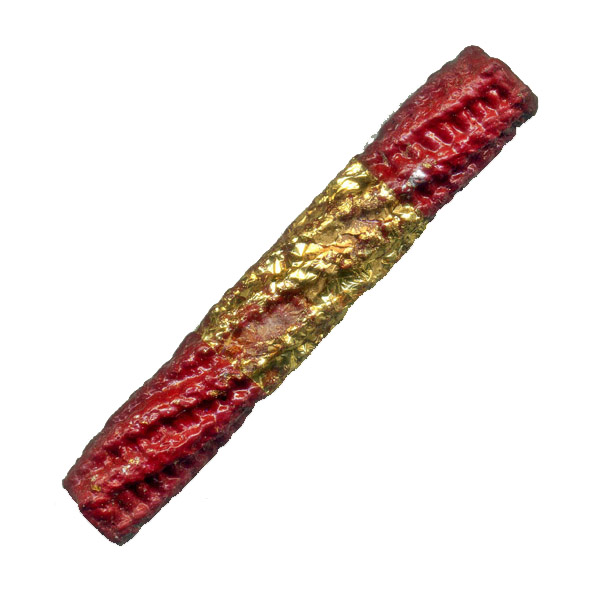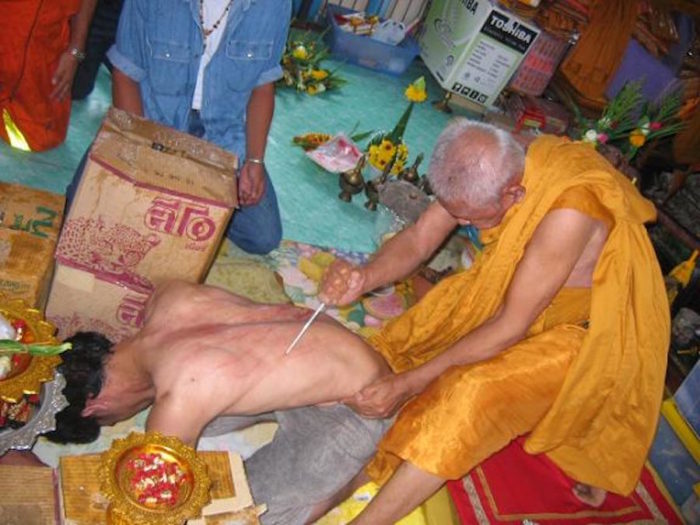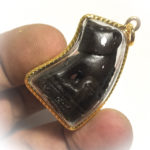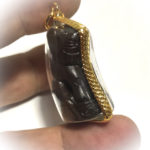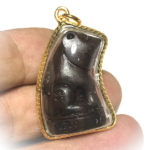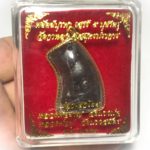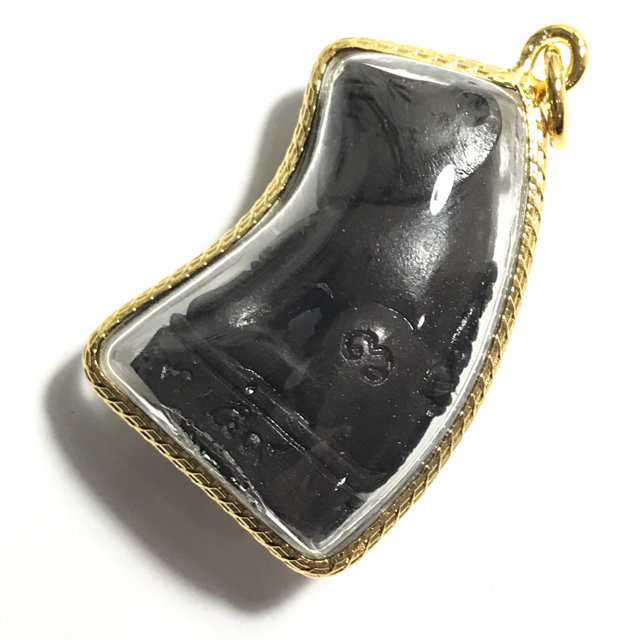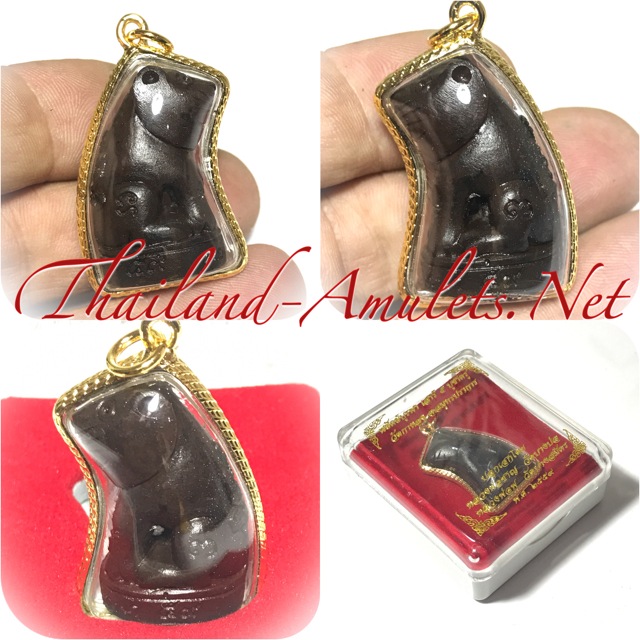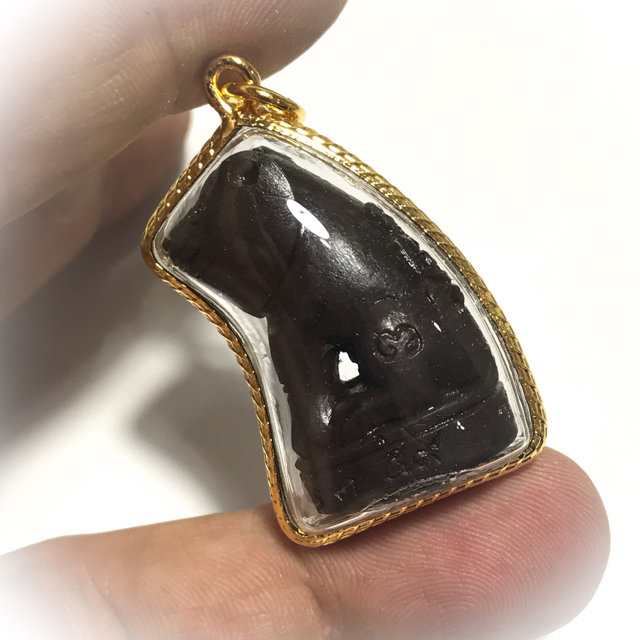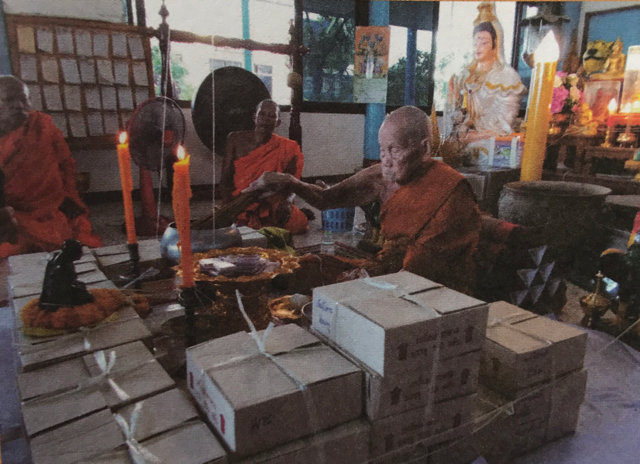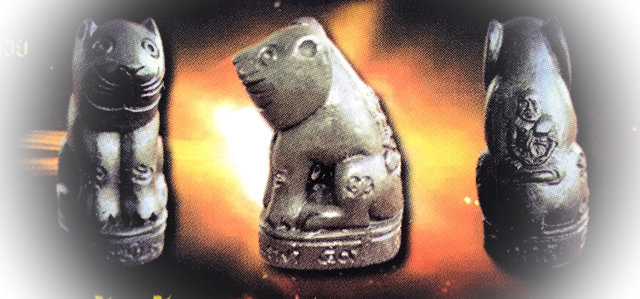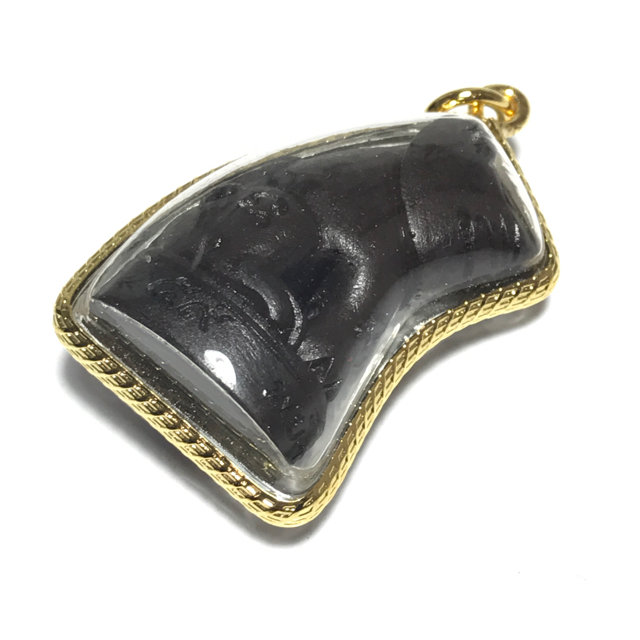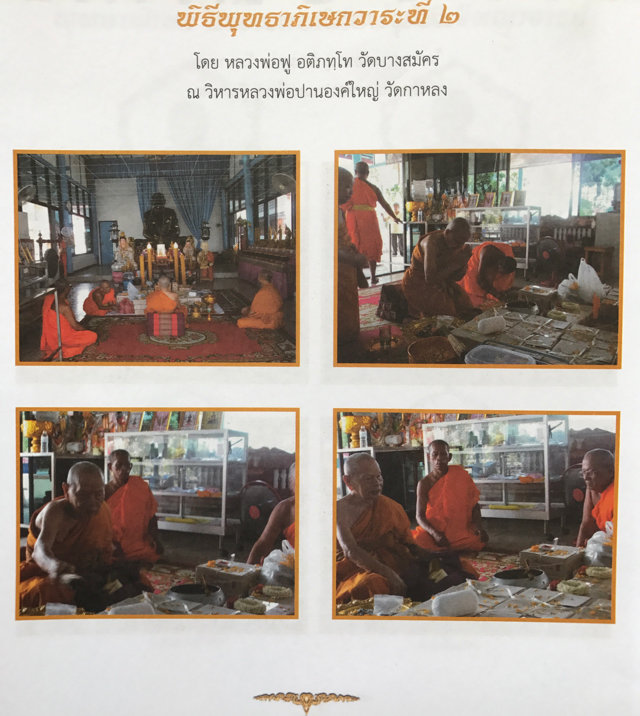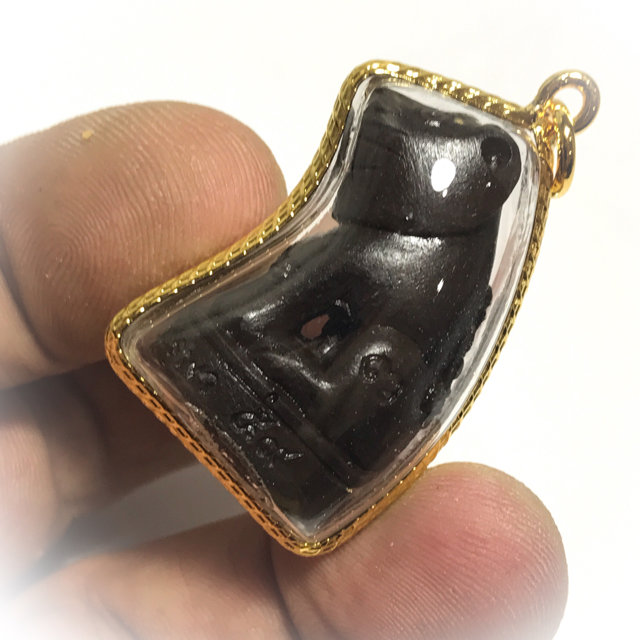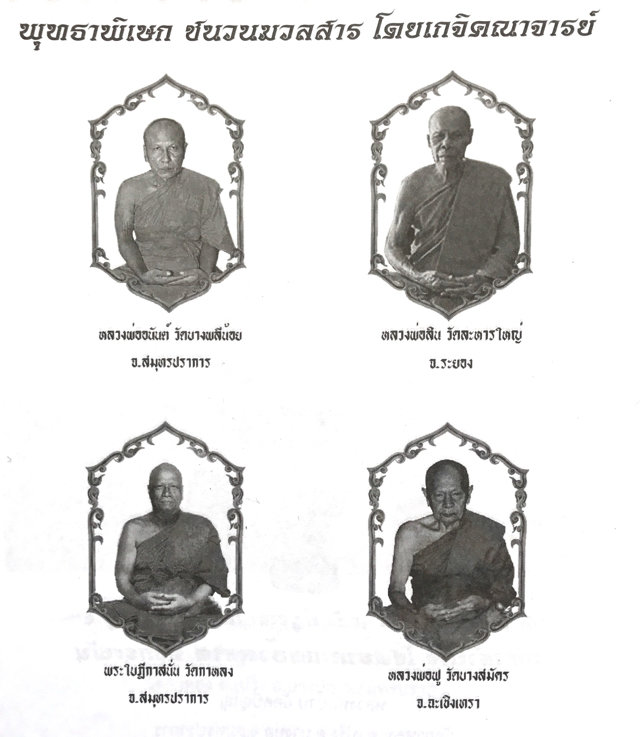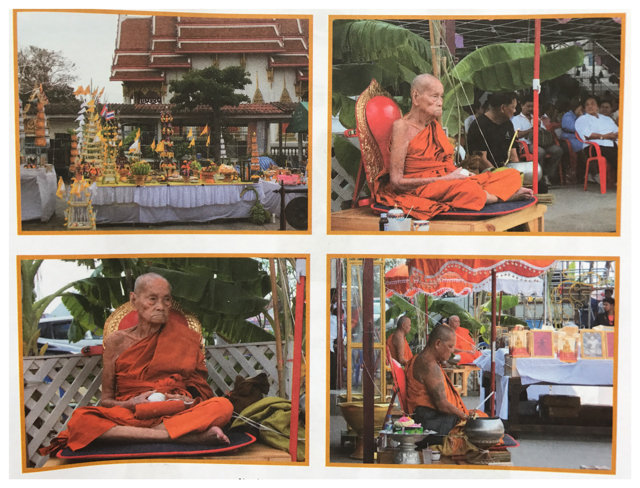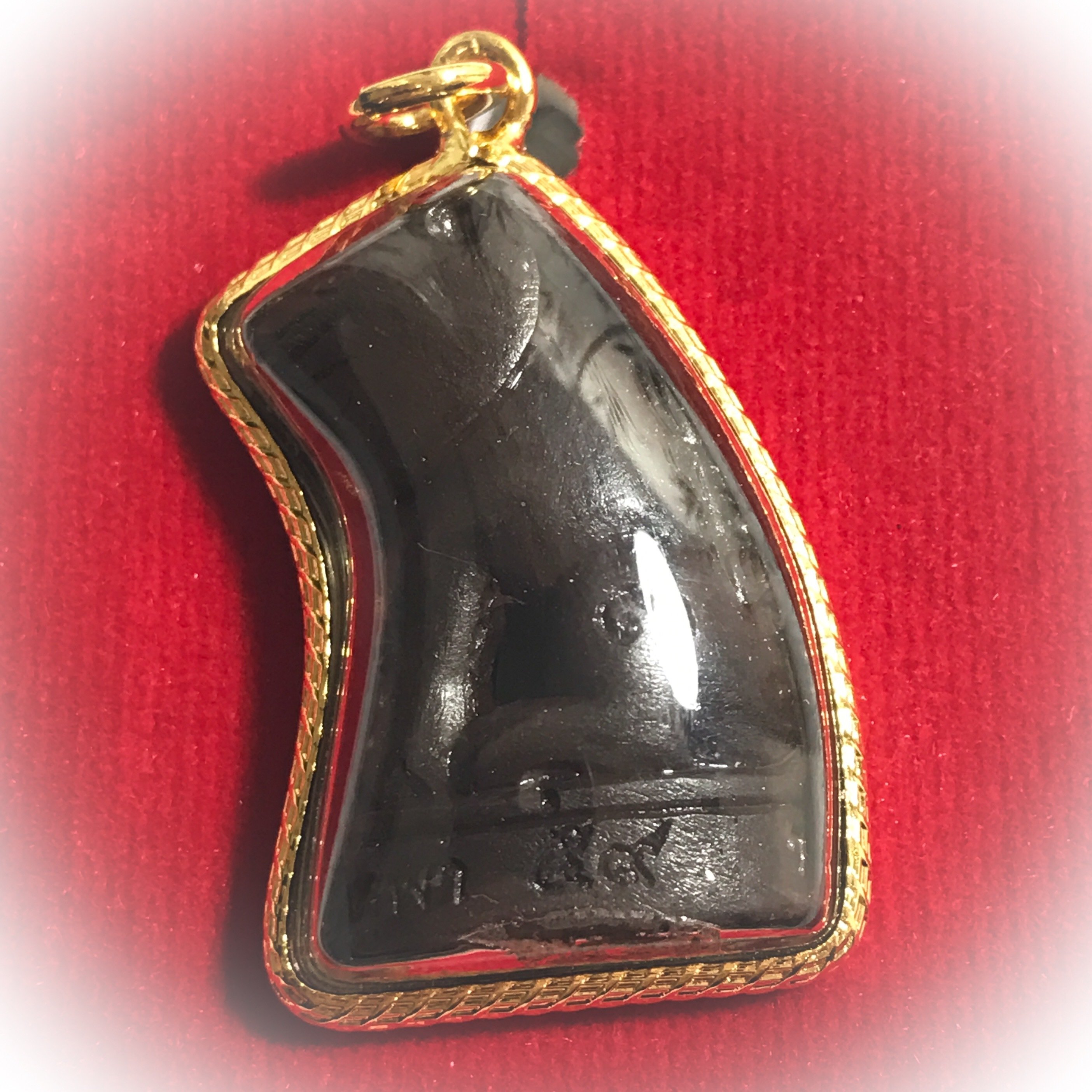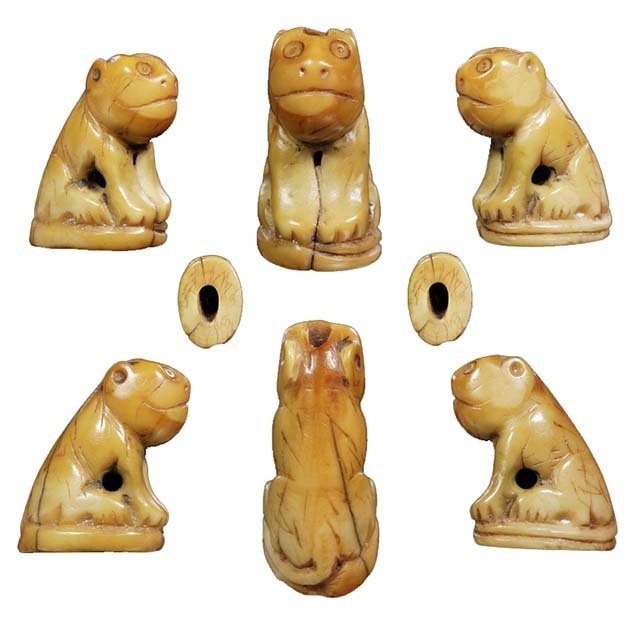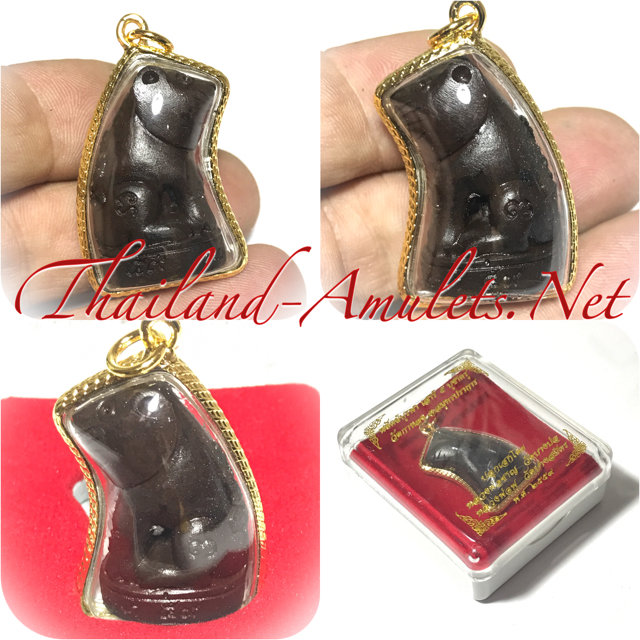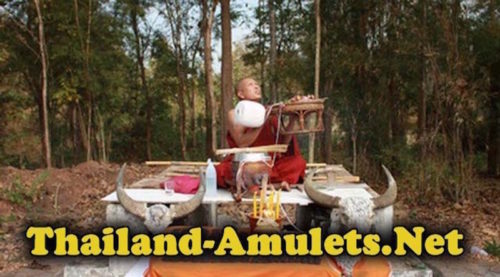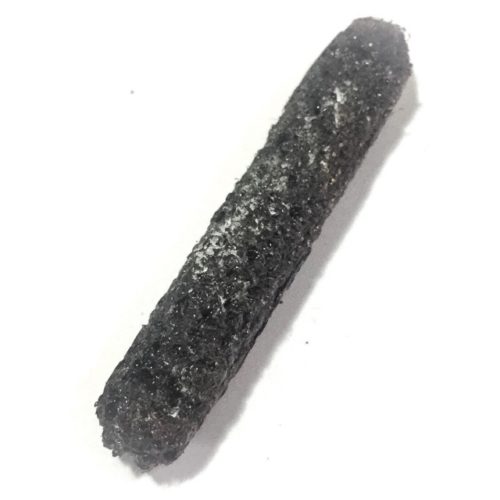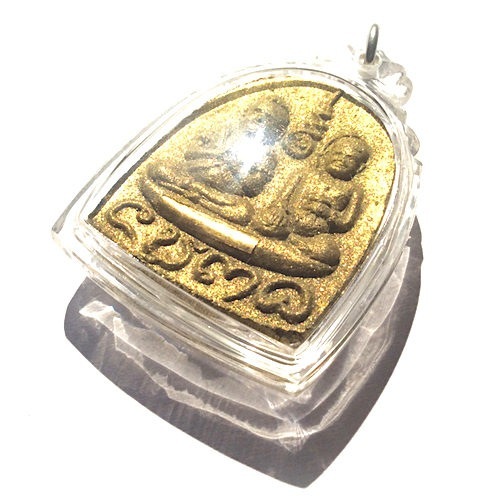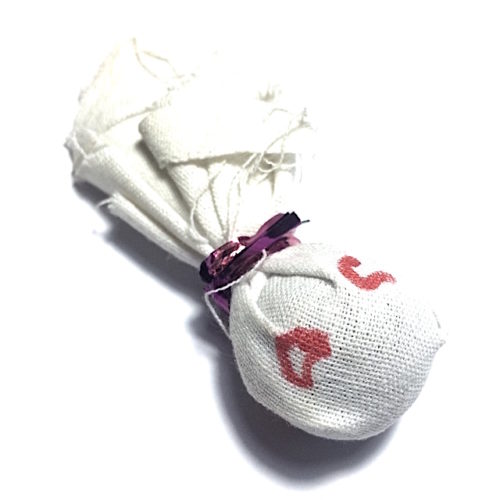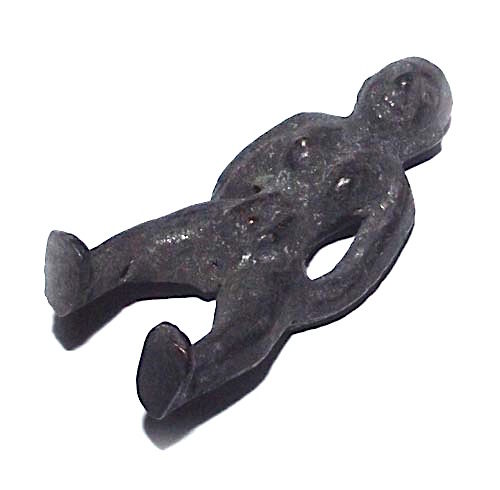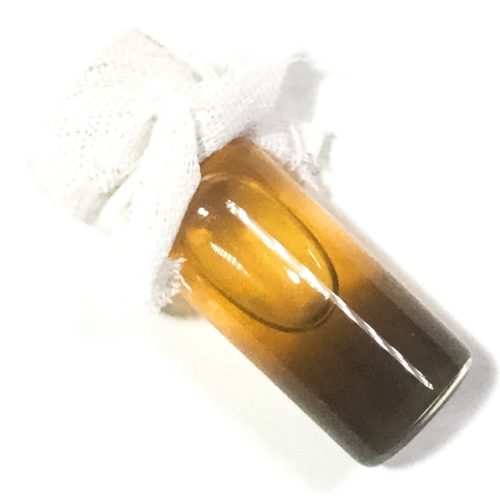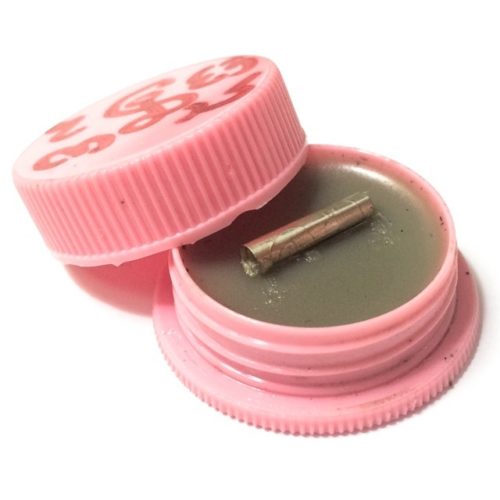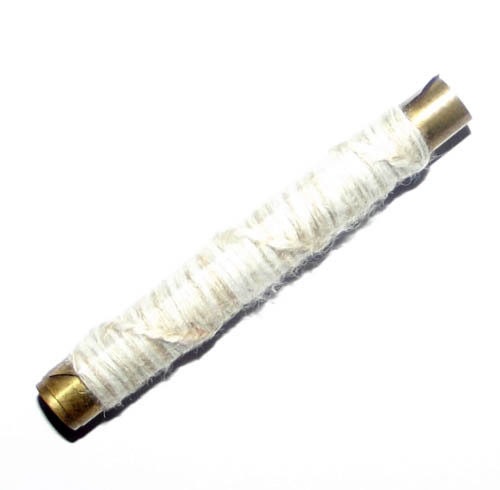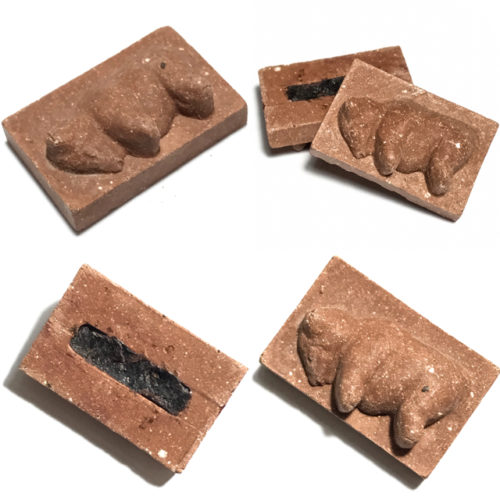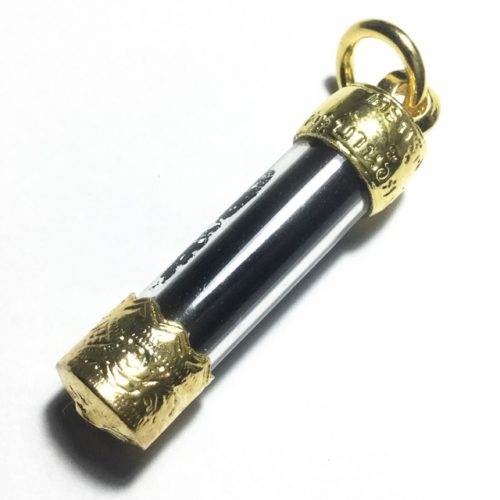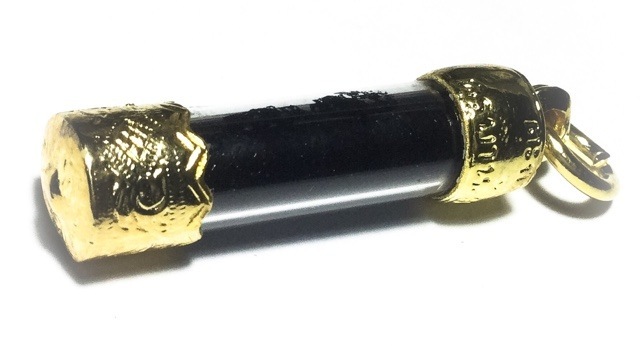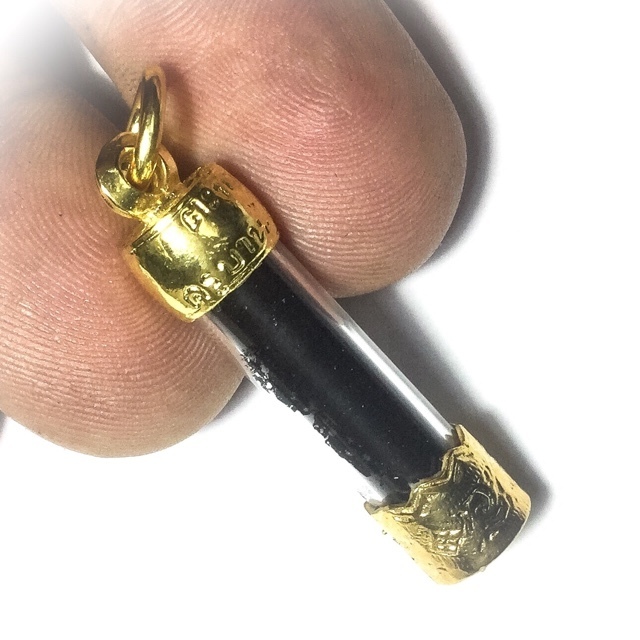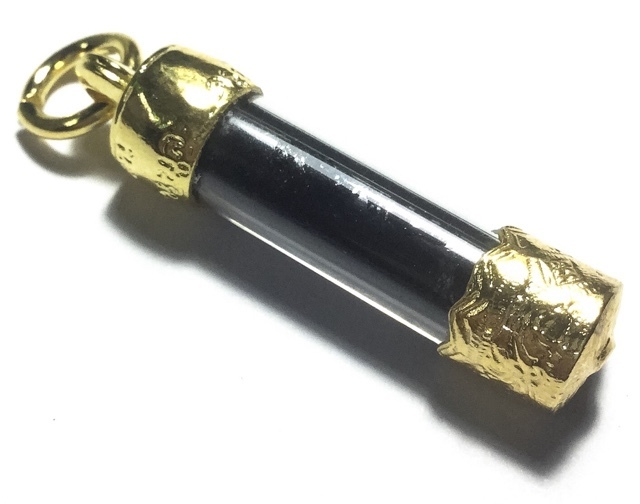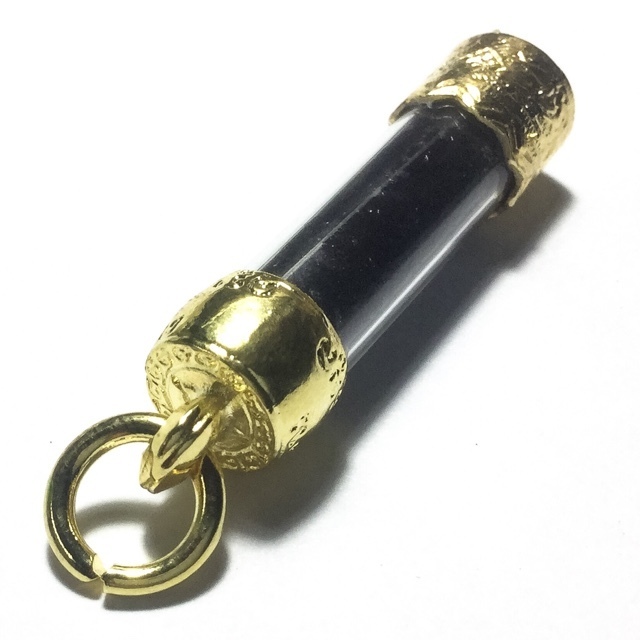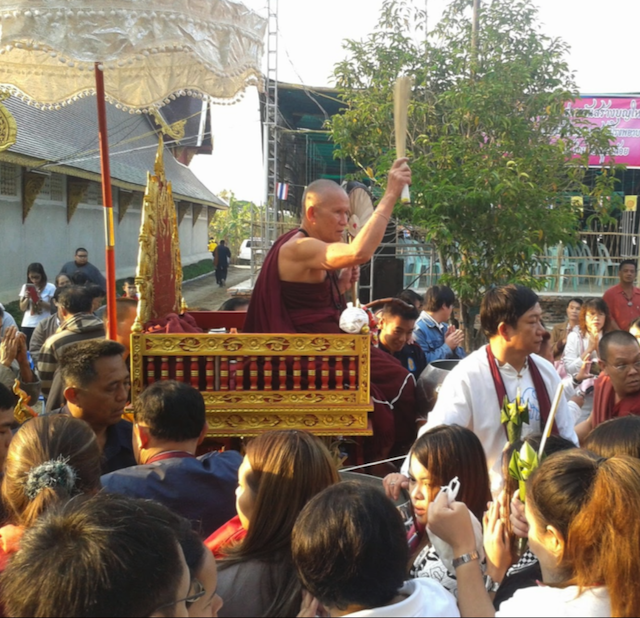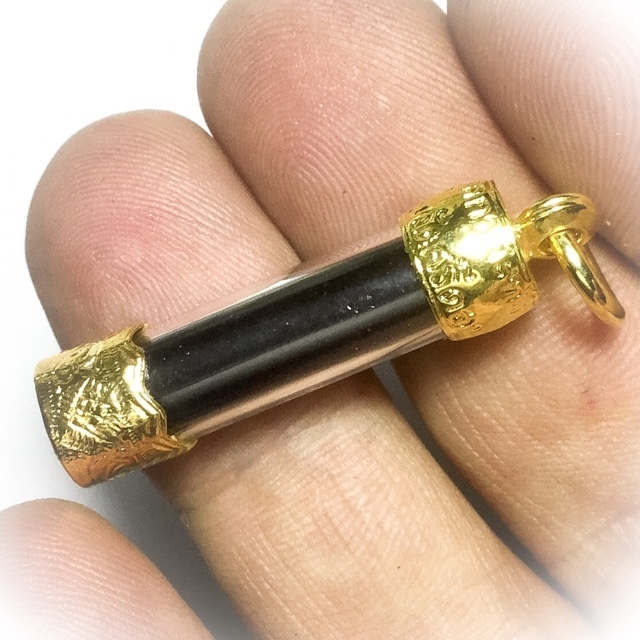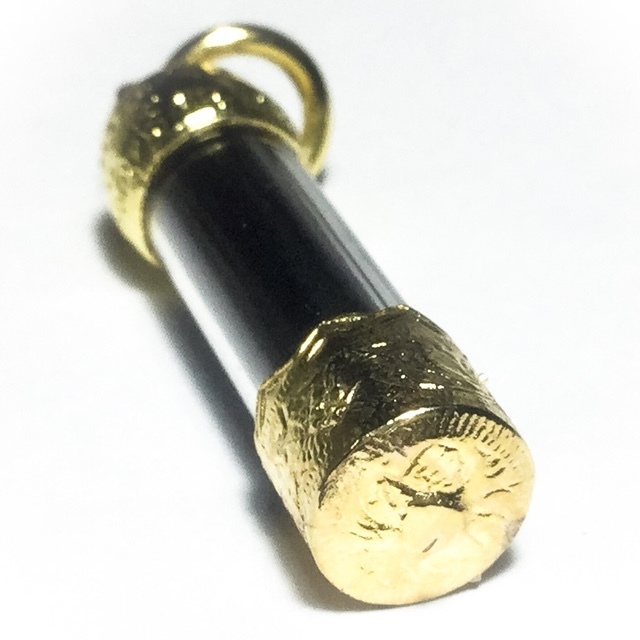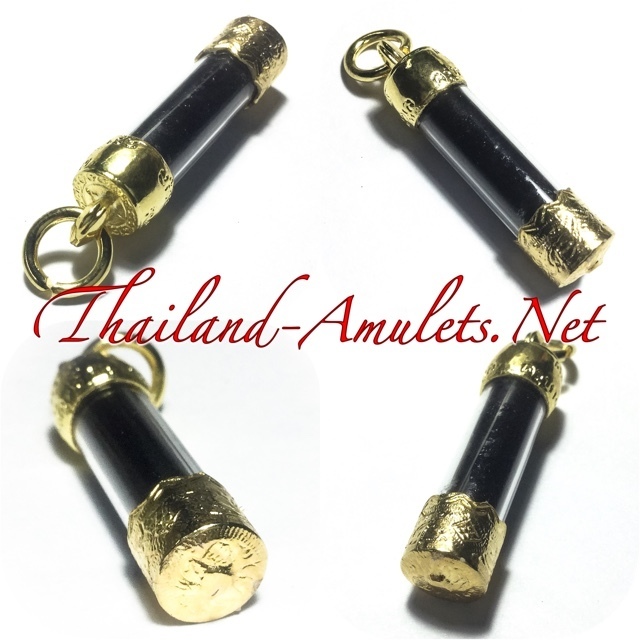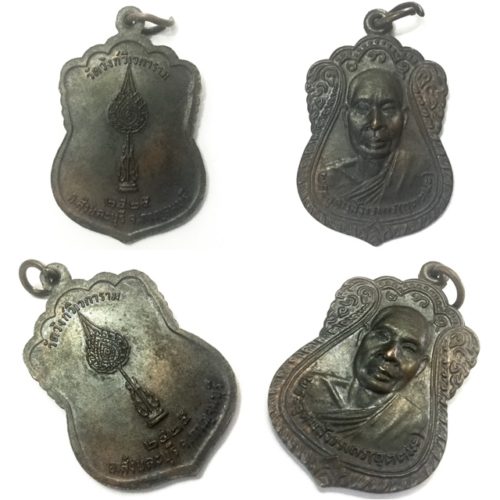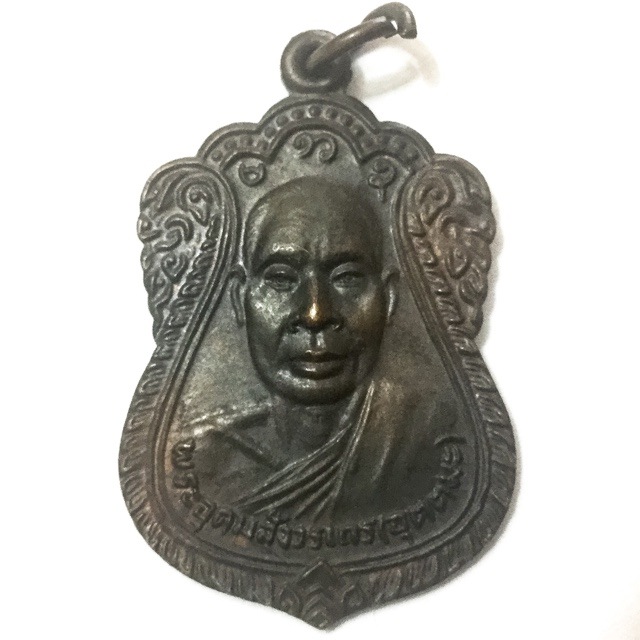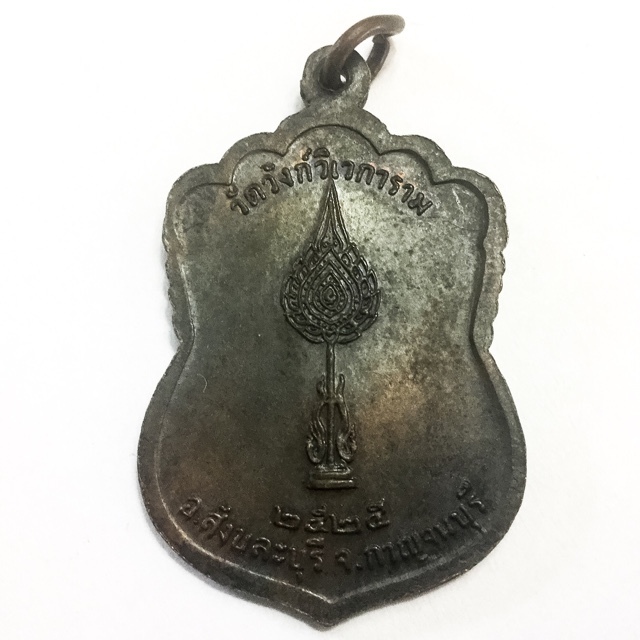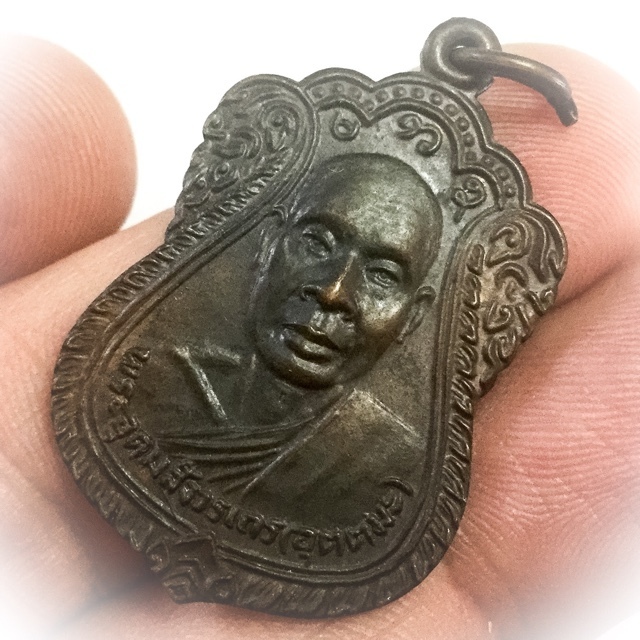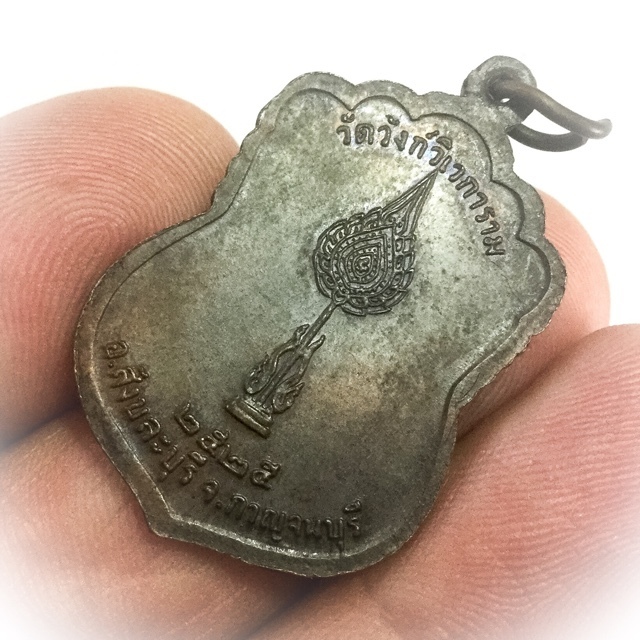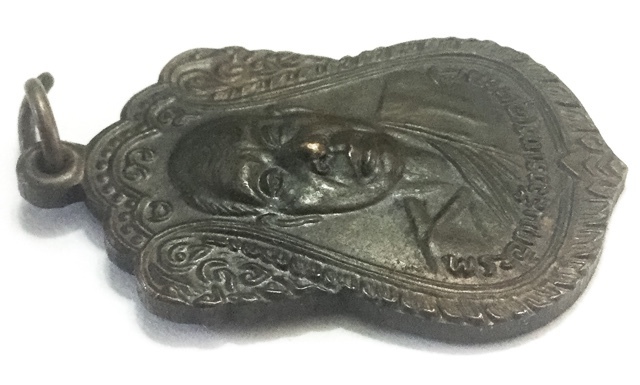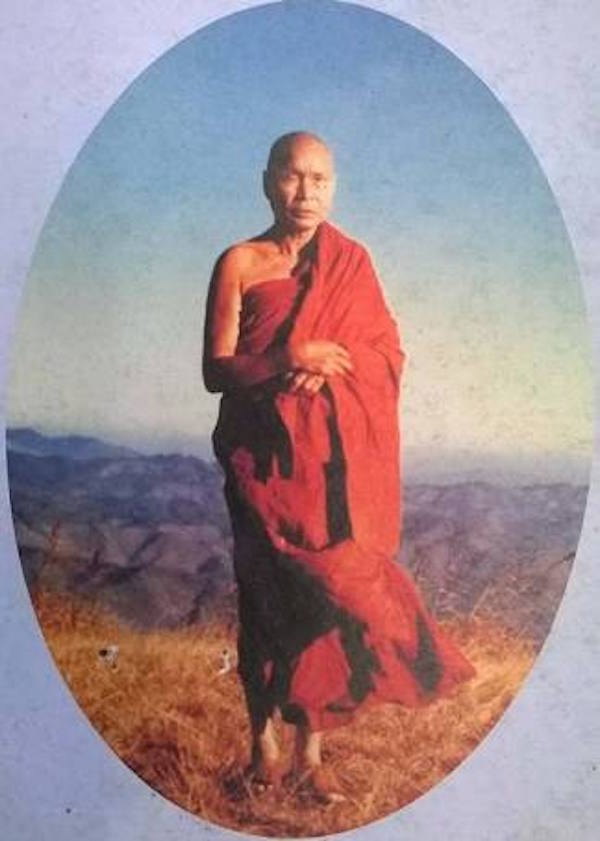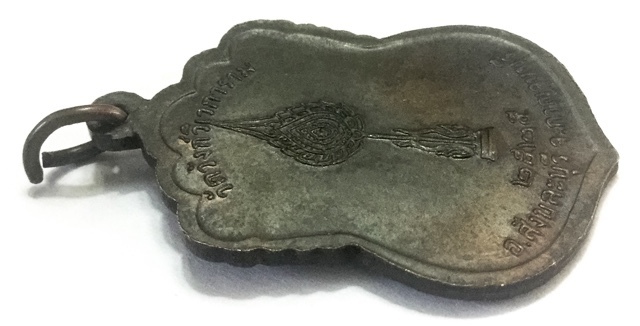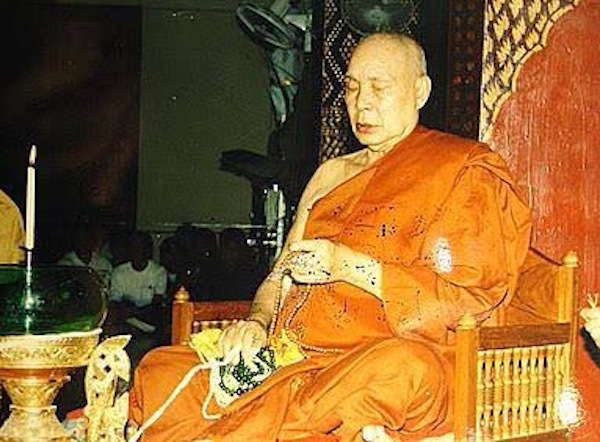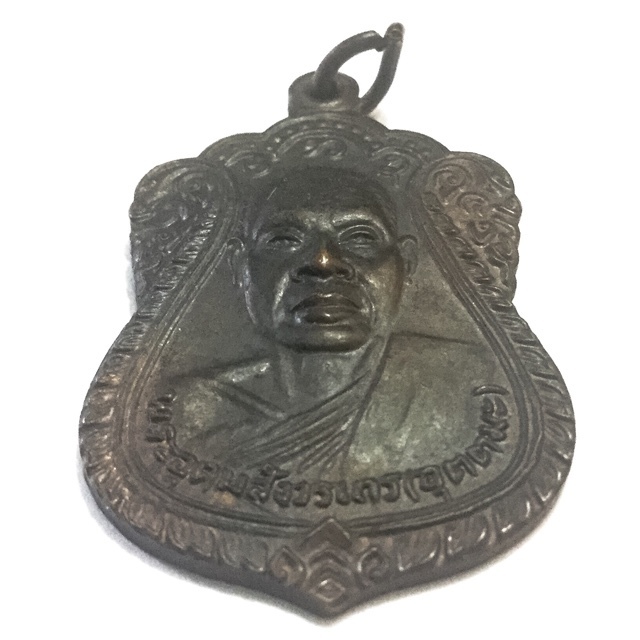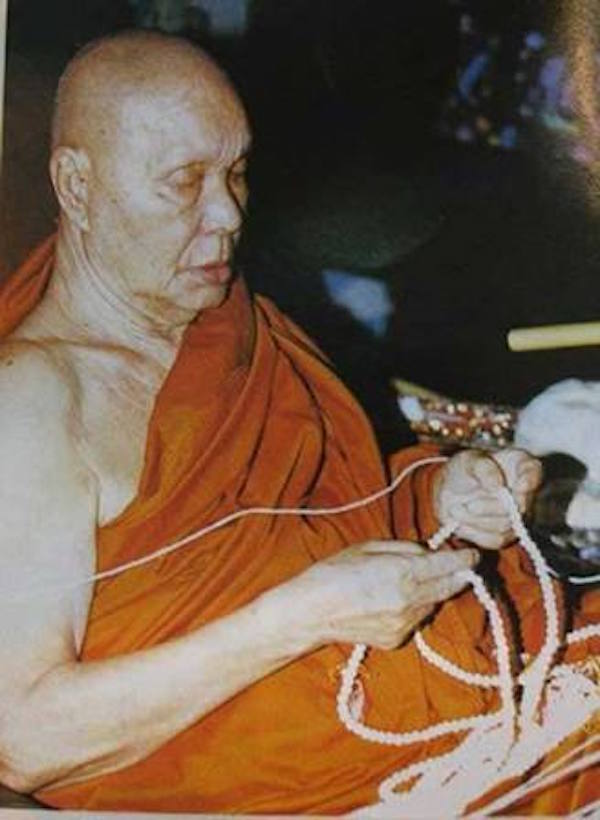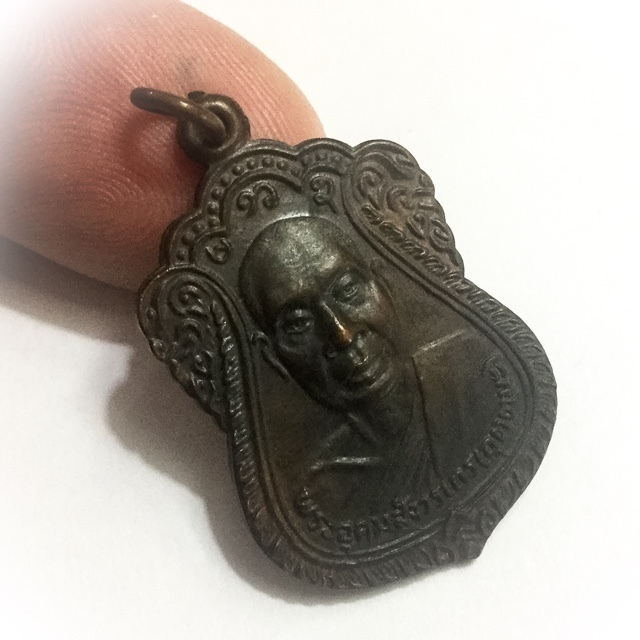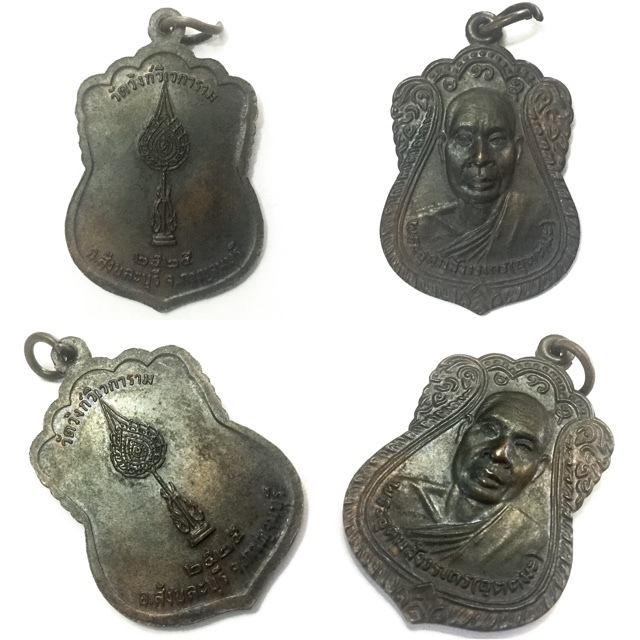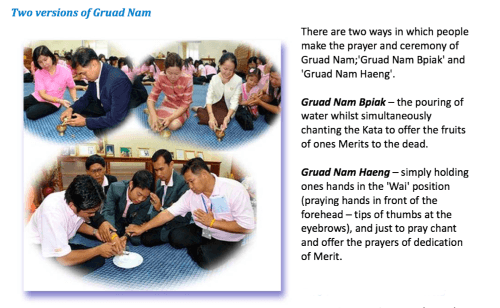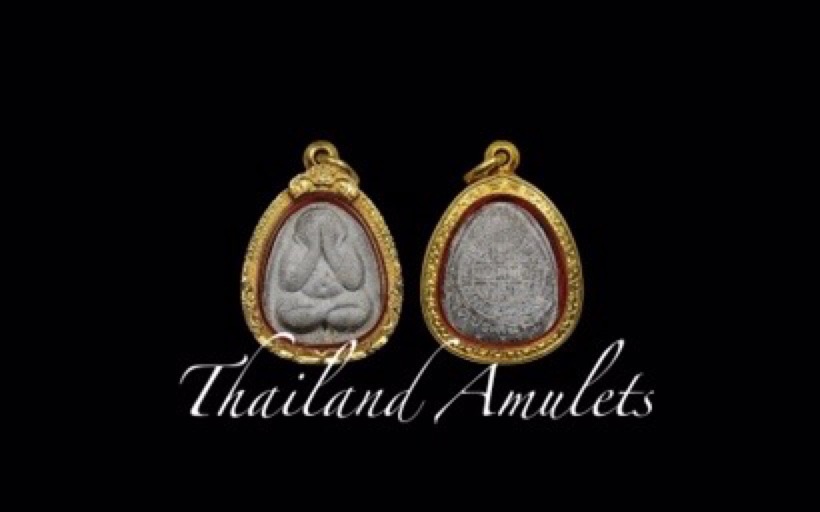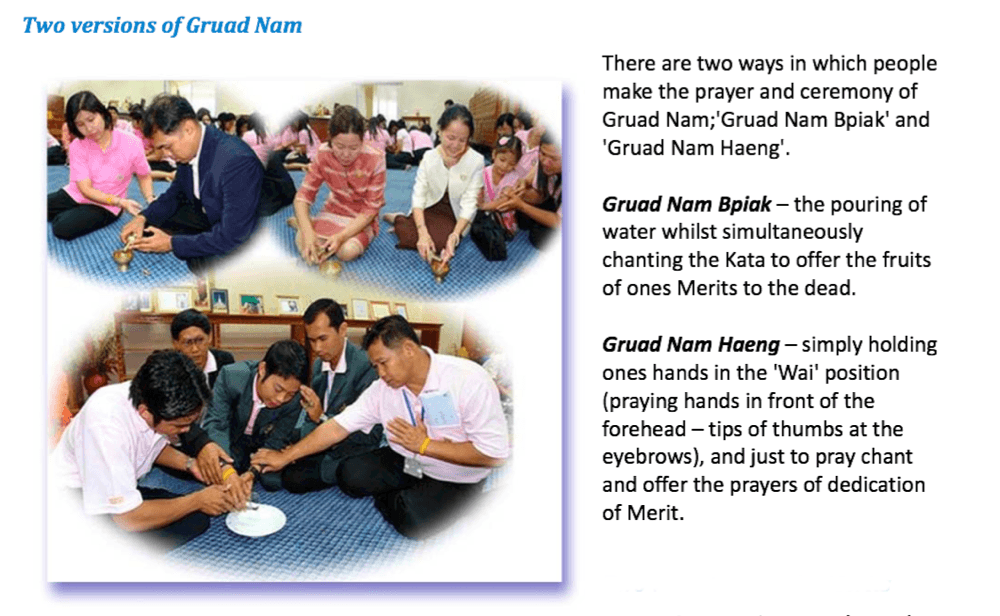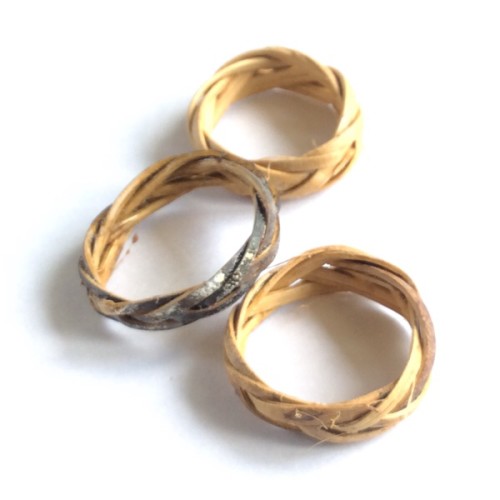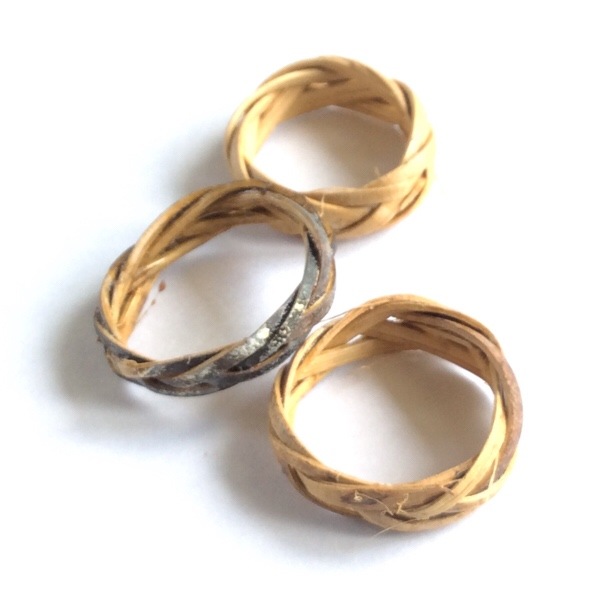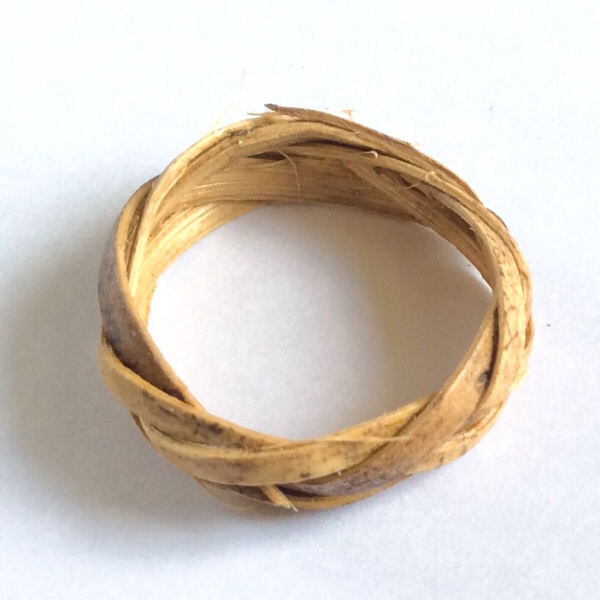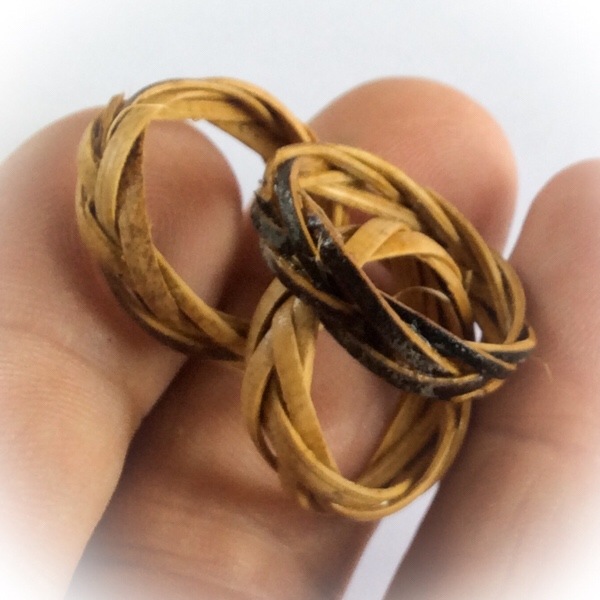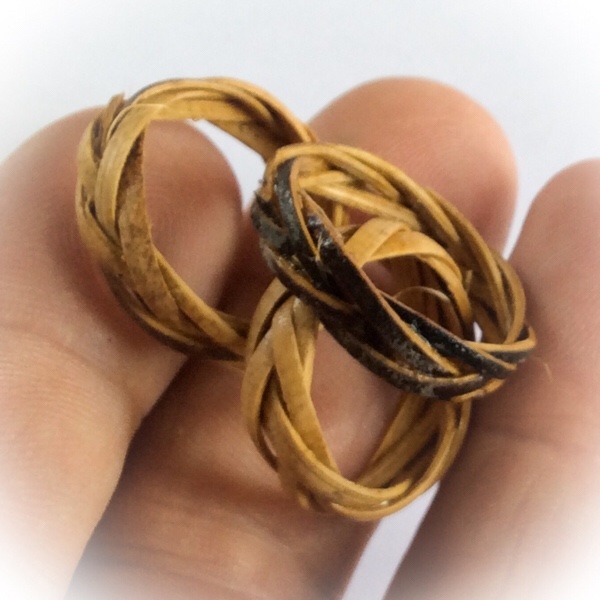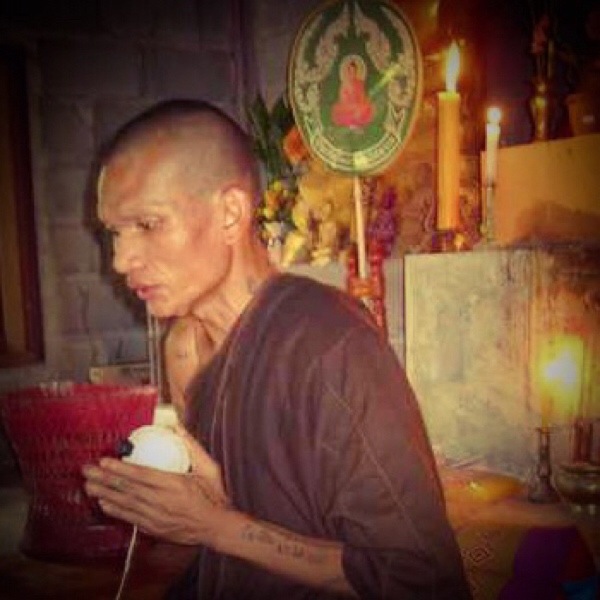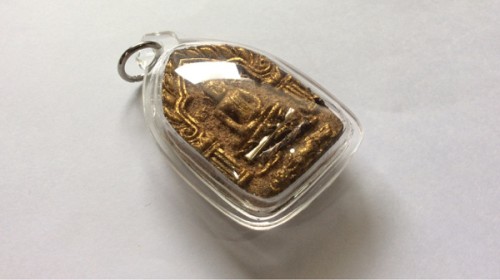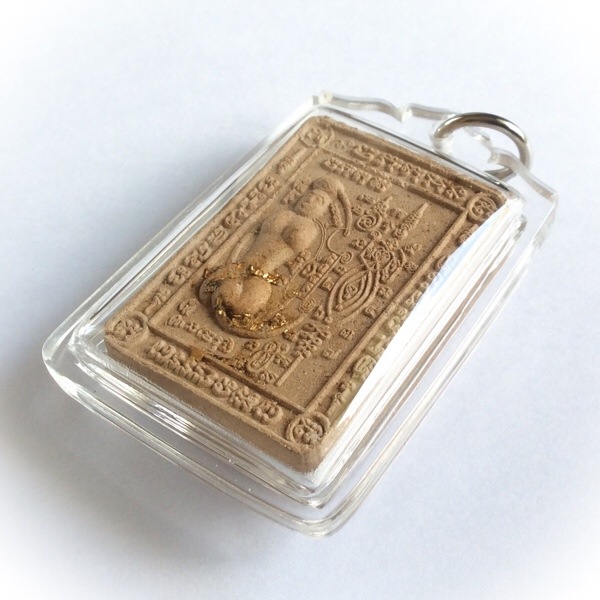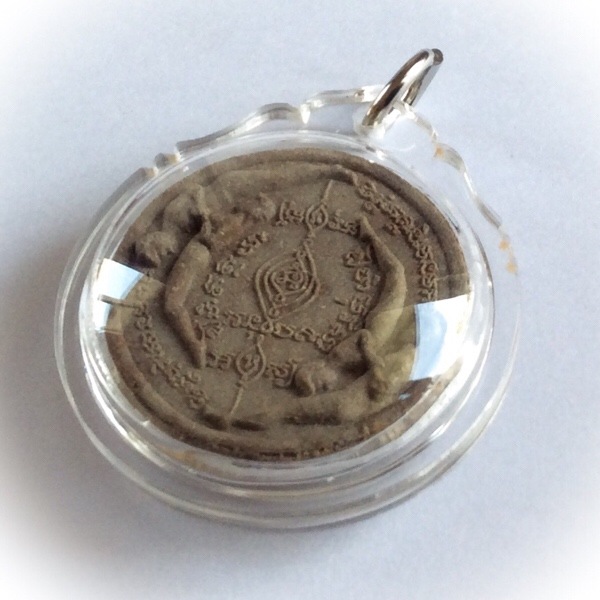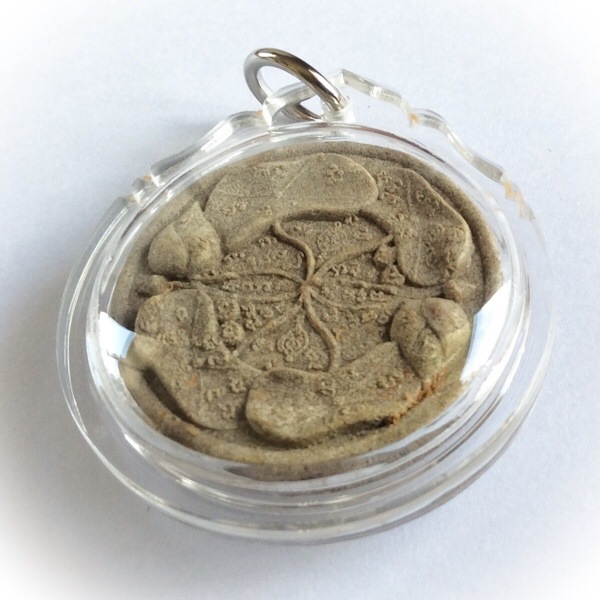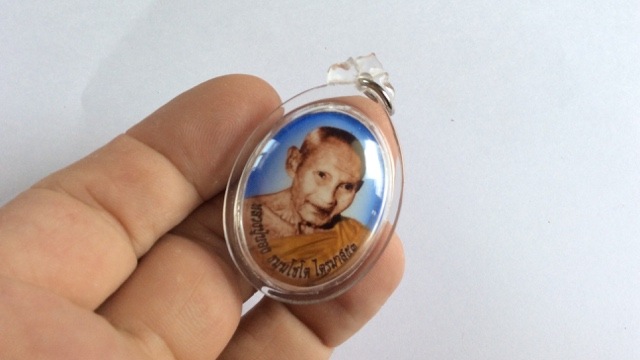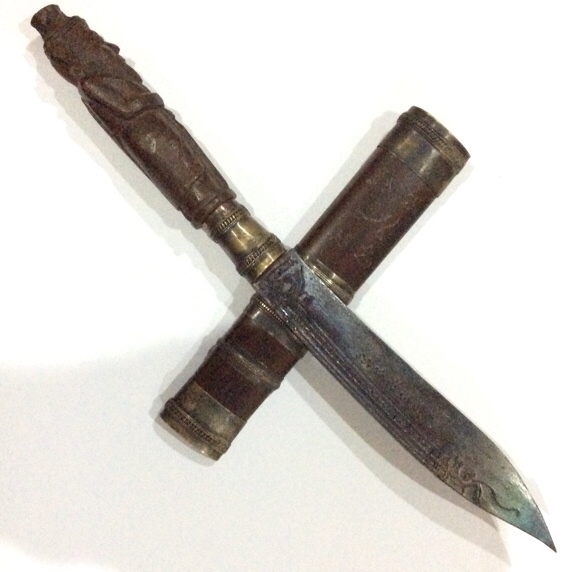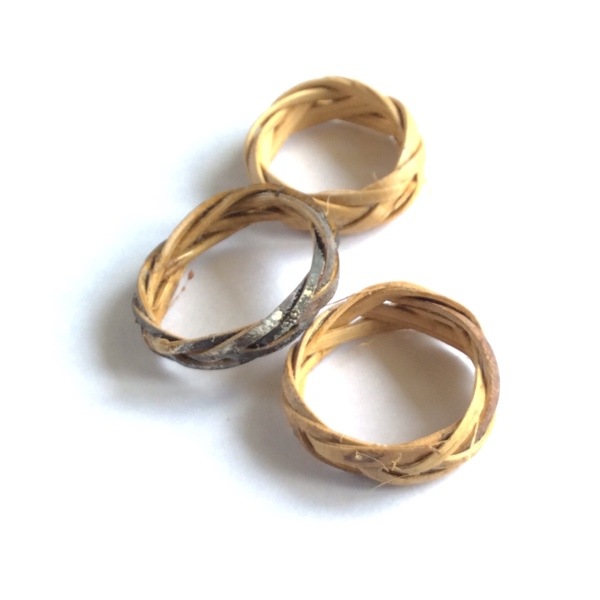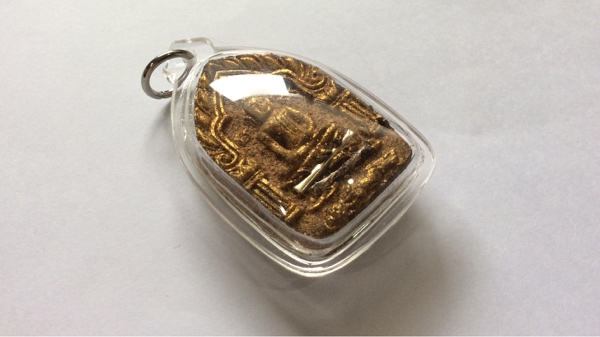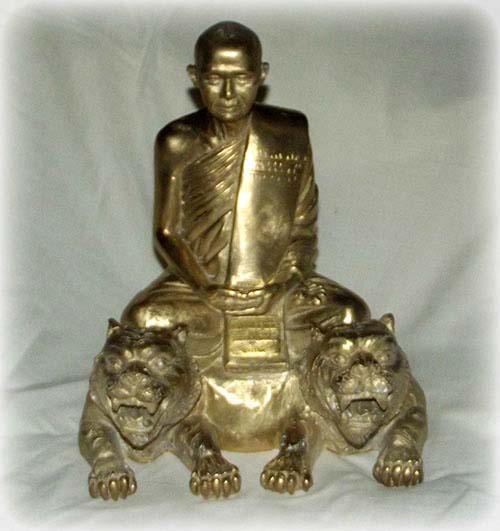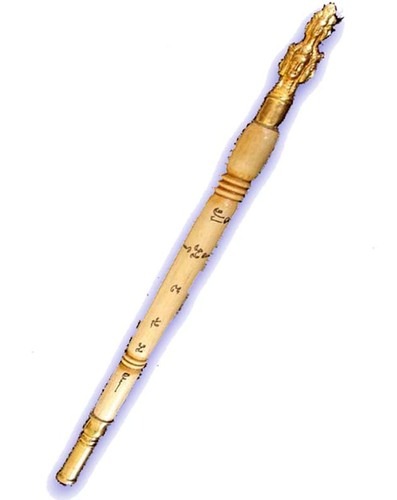The 11 Main Powers of Thai Amulets and Occult Charms
Thai Amulets, be they Buddhist, Animist or Occult, are endowed with various types of Magical Powers, which are categorized by their nature, or the effect they bring or enhance. Thai Amulets, based on their unique abilities or the benefits they bestow. These amulets can be broadly classified into three groups: Buddhist, Animist, and Occult. Buddhist amulets often contain sacred images or inscriptions of Buddhist mantras, invoking spiritual protection and blessings.
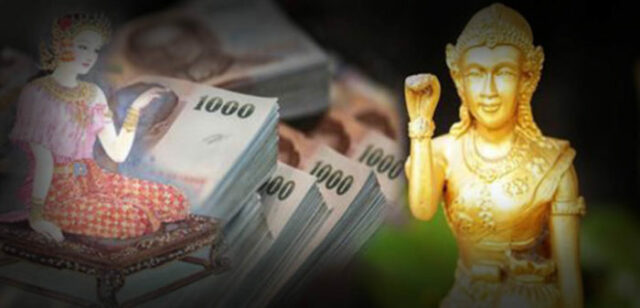
Nang Kwak Nang Supawadee is a sacred deity in Thai culture, often depicted as a woman dressed in traditional Thai attire, beckoning with her right hand to invite good fortune and prosperity. This mystical figure is deeply rooted in Thailand’s historical and spiritual landscape, often found in shops and businesses as a symbol of success and wealth. With her alluring gaze and inviting gesture, Nang Kwak Nang Supawadee embodies the welcoming and enterprising spirit of Thailand, making her a popular and significant amulet for many.
Animist amulets, on the other hand, are imbued with the spiritual power of animist deities, nature spirits, or ancestral spirits, offering wearers protection, prosperity, or good health. Occult charms, however, draw on the esoteric arts, such as astrology, alchemy, or sacred geometry, to provide users with a wide range of benefits, from enhancing personal magnetism to deflecting harmful energies. Overall, Thai amulets and occult charms are not merely decorative items, but potent spiritual tools that can significantly influence one’s life.
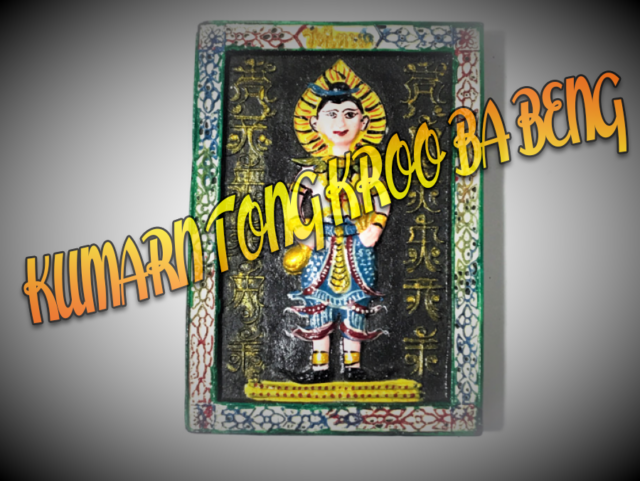
Kumarn Tong Kroo Ba Beng.; Kumarn Tong, also known as the “Golden Boy,” is a popular and highly revered amulet in Thai culture, believed to bring good luck, fortune, and prosperity to its possessor. These amulets are typically made in the form of a small statue, often representing a young prince or a divine child. Kumarn Tong is deeply rooted in ancient Thai folklore and animist beliefs, which attribute supernatural powers to these figurines. Devotees believe that by caring for the amulet as if it were a real child, they can harness the power of Kumarn Tong to improve their lives, attract success, and ward off evil. The rich history and enduring popularity of Kumarn Tong amulets make them a significant and intriguing aspect of Thai spiritual tradition.
11 KEY AMULET POWERS in Thai Buddha Magic
| Key Amulet Power |
Explanation |
|---|---|
| Metta Maha Niyom | This amulet power is centered on the qualities of loving-kindness, charm, and popularity. It is believed to enhance the wearer’s power to attract goodwill and compassion from others, making them more amiable and well-received in social and professional settings. This power is often sought by those who wish to build harmonious relationships and foster a positive environment around them. The concept of Metta, rooted in Buddhist teachings, emphasizes unconditional love and benevolence, and when embodied in an amulet, it serves as a reminder of the importance of these virtues in daily interactions.
|
| Maha Sanaeh | Known for its power of attraction, Maha Sanaeh is a highly revered quality in Thai amulets. This power is believed to enhance the wearer’s allure and magnetism, making them more appealing and desirable. Often associated with love and romantic interests, Maha Sanaeh amulets are popular among individuals seeking to enhance their personal relationships or attract new ones. The use of specific rituals and materials, such as those involving the Bai Rak tree, can amplify this power, making the amulet a potent love charm
|
| Maha Amnaj | Signifying authority, power, and influence, Maha Amnaj is a highly esteemed quality in amulets. Particularly associated with tiger amulets, this power is believed to bestow the wearer with an aura of command and respect. It is valued in contexts where leadership qualities and protection are paramount, such as in professional or competitive environments. The creation of Maha Amnaj amulets is a revered practice, often involving intricate craftsmanship and blessings by masters to ensure their potency.
|
| Kong Grapan | This power is associated with invulnerability and protection from physical harm. Amulets with Kong Grapan are believed to shield the wearer from injuries caused by weapons or accidents. They are often used by individuals in dangerous professions or those seeking extra protection in risky situations. The concept of invulnerability is deeply rooted in Thai magical traditions, providing a sense of security and courage to the wearer.
|
| Klaew Klaad | Known for its ability to help the wearer evade danger and misfortune, Klaew Klaad is a sought-after power in amulets. It is believed to guide individuals away from harm and protect them from unforeseen accidents or negative events. This protective quality makes it popular among travelers or those embarking on new ventures, as it provides reassurance of safety and well-being. |
| Choke Lap | Representing luck, fortune, and prosperity, Choke Lap is a highly desired power in amulets. It is believed to attract wealth and opportunities to the wearer, enhancing their chances of success in various endeavors. Amulets with this power are often used in business contexts, gambling, or any situation where financial gain is sought. The power of Choke Lap is deeply connected to the belief in the influence of auspicious energies and their ability to transform one’s fate. |
| Maha Pokasap | Maha Pokasap is primarily associated with wealth, abundance, and financial prosperity. It is believed to attract riches and good fortune to the wearer or owner of the amulet. This power shares similarities with the Choke Lap quality mentioned in the context, which represents luck, fortune, and prosperity. Amulets imbued with Maha Pokasap are often used by individuals seeking to improve their financial situation, grow their business, or attract wealth-generating opportunities. The power is thought to work by creating a positive energy field around the wearer that attracts prosperity and abundance. The creation of Maha Pokasap amulets typically involves intricate rituals and empowerment ceremonies performed by respected monks or spiritual masters. These ceremonies may include the use of sacred materials, chanting of specific mantras, and invocations to deities associated with wealth and abundanc |
| Serm Yos | This power relates to increased status and the ability to gain professional and social recognition. Amulets with Serm Yos are believed to aid in job promotions and the achievement of higher social standing. They are particularly valued by those seeking to advance in their careers or improve their reputation. The power of Serm Yos is a reminder of the importance of ambition and perseverance in reaching one’s goals. |
| Serm Duang | Focused on improving one’s lucky stars and lessening bad karma, Serm Duang strengthens the wearer’s line of fate. This power is believed to enhance the positive aspects of one’s destiny while mitigating negative influences. Amulets with Serm Duang are sought by individuals aiming to improve their overall life circumstances, providing a sense of control over fate and karma. The power of Serm Duang is deeply intertwined with the belief in destiny and the potential for personal transformation. |
| Gae Aathan | ‘Gae Aathan’ (แก้อาถรรณพ์), means to remedy sorcery or curses, or black magic. It also means to ward or fend off all evils such as curses, poisonous potions and demonic entities, as well as magic spells aimed at the person. This power is deeply rooted in the belief of counteracting or neutralizing the effects of black magic, including curses, poisonous potions, and malevolent spiritual entities. The power of Gae Aathan, serves as a protective measure, warding off all forms of evil that may be directed towards an individual. Beyond this, ‘Gae Aathan’ can also be interpreted as a defensive strategy against magic spells and other malicious supernatural activities. This practice underscores the importance of holistic protection and the belief in the unseen world in many cultural narratives. |
| Maha Ud | Maha Ud can mean both ‘Ud Pern’ (silence a gun), as well as ‘Ud Sap’ (close the seal on the money/treasure container). Ud Pern refers to the ability to protect by making weaponry or attacks powerless against the wearer of the amulet, and ‘Ud Sap’ means to caqtch and keep treasured possessions and wealth, often seen in the form of one eyed coconuts, ‘hae dak sap’ bottle-necked fishing net yantra spells, and other self-enclosed objects empowered as amulets. The self enclosed nature of natural objects, such as the Sai dak Sap fish trap or the Hae Dak sap treasure Fishnet, and the Kala maha Ud one eyed coconut, are comparable to the parable of the monkey with his nand inside a nutshell, who once he grabs the food inside, cannot get his closed fist out of the trap again. This is known as the ‘monkey trap’ in Thai, and shows how the greedy thieves cannot steal or cause your possessions to disappear or diminish your wealth, with this kind of magic spell |
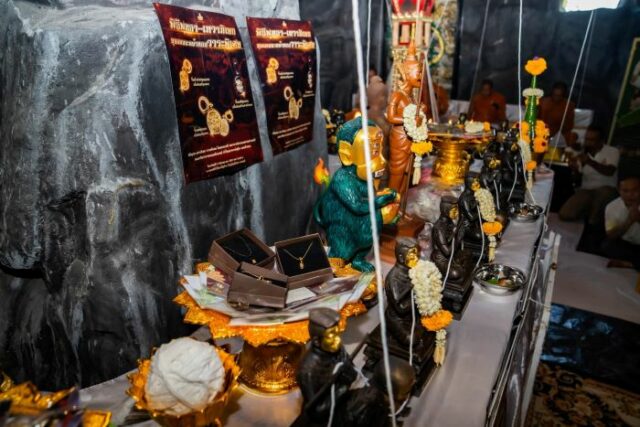
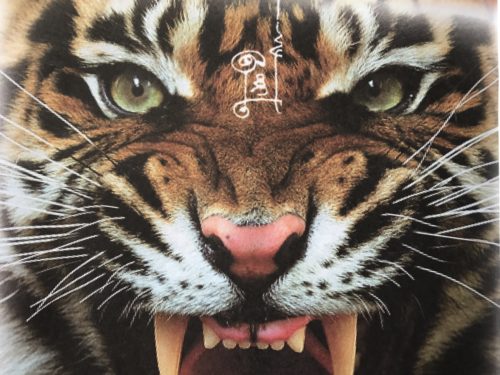
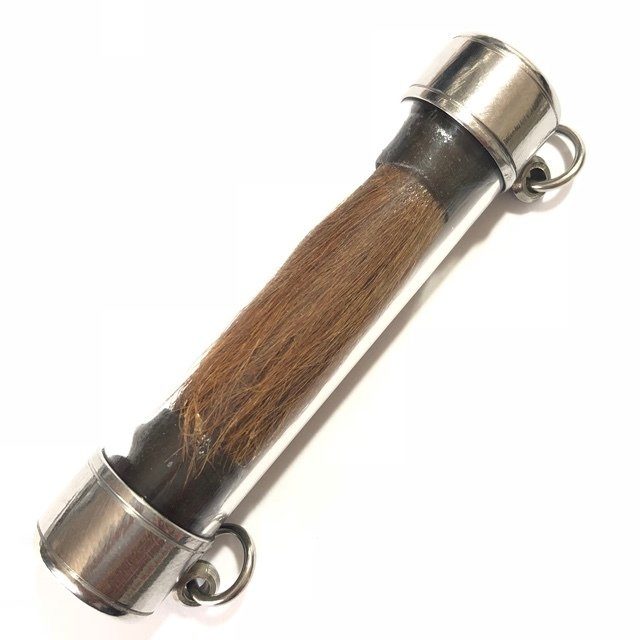
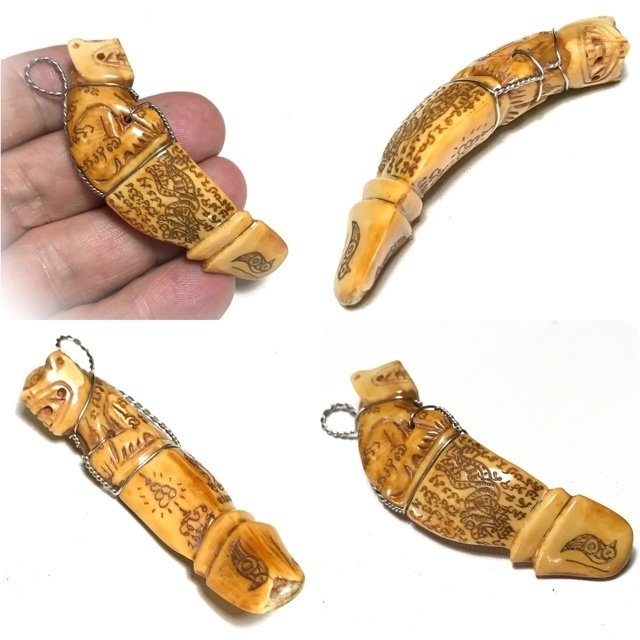

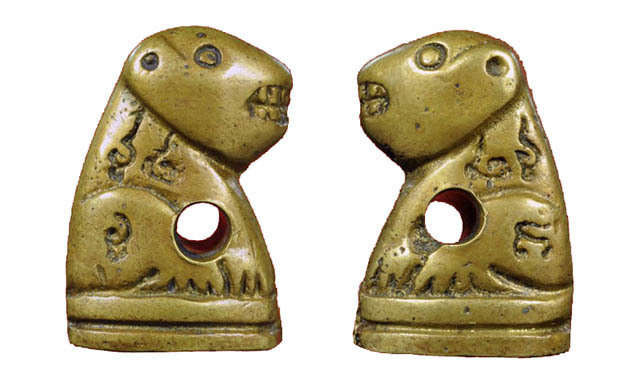
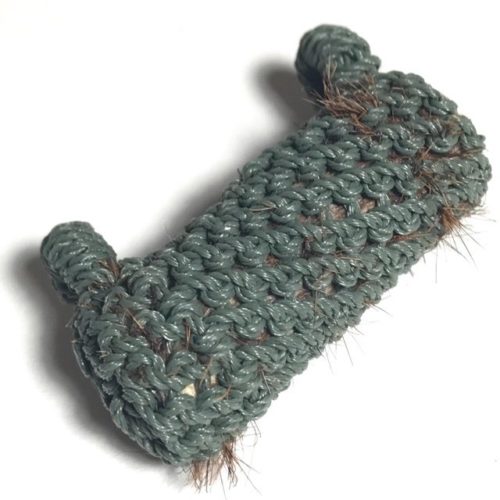
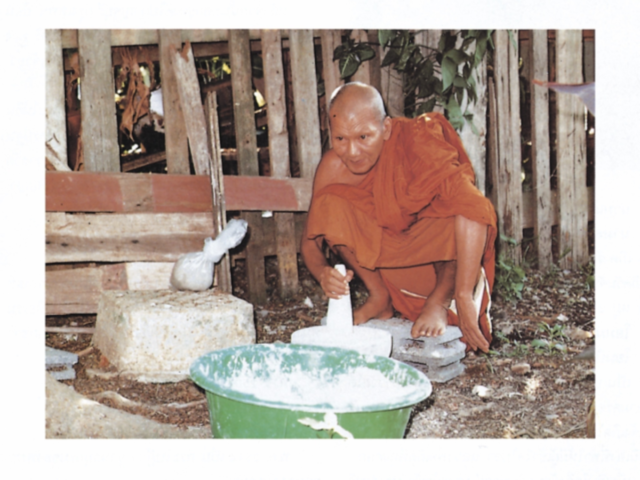


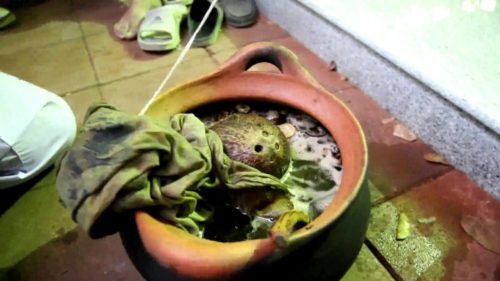
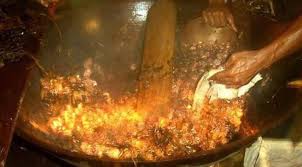
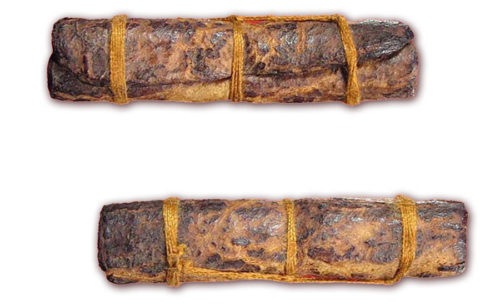
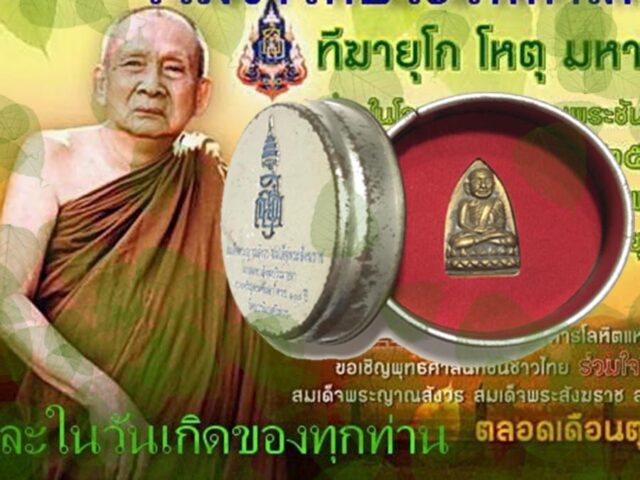
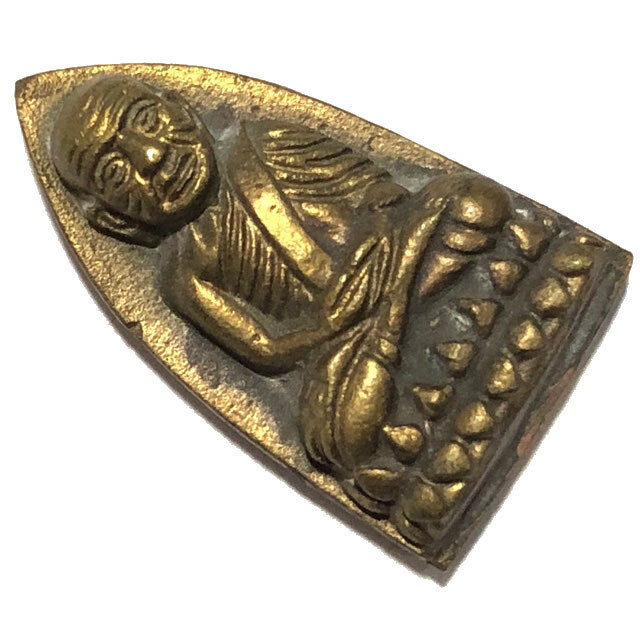

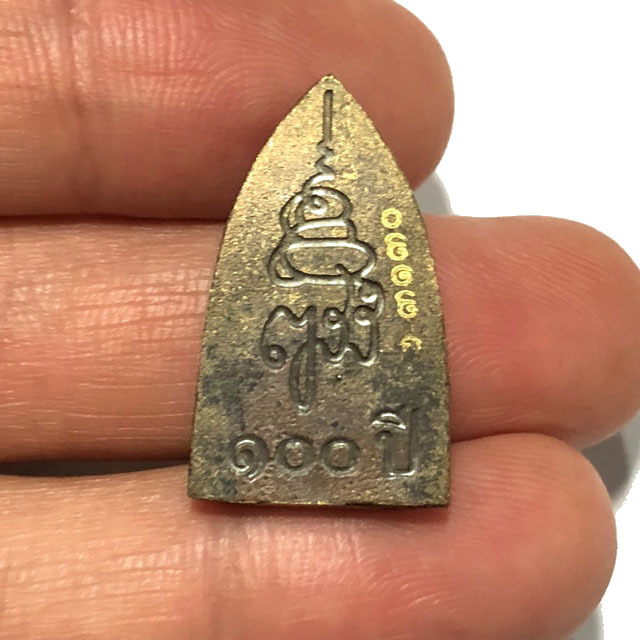
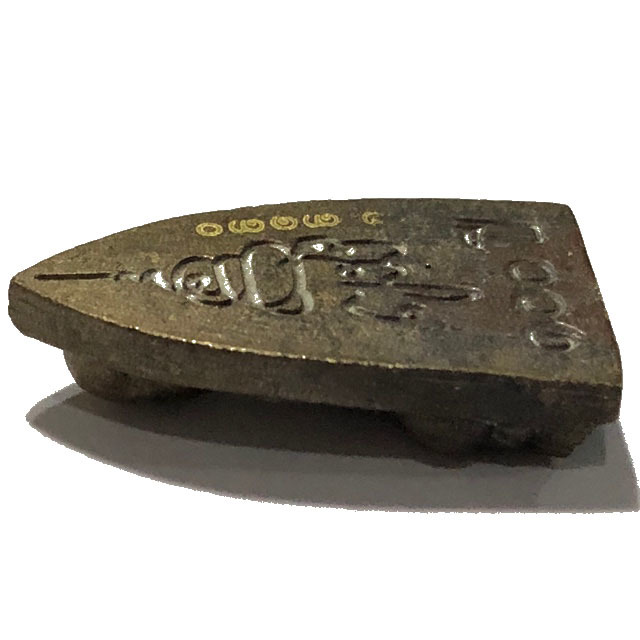

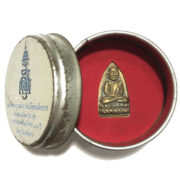
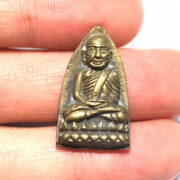
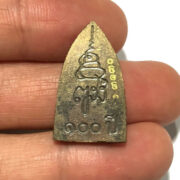
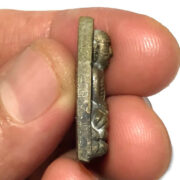
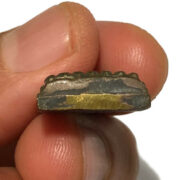
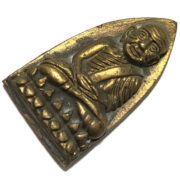
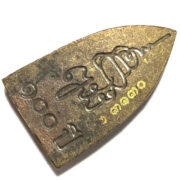
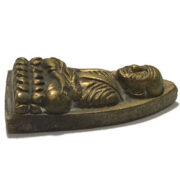
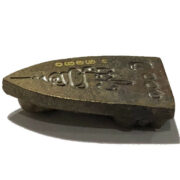
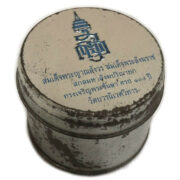
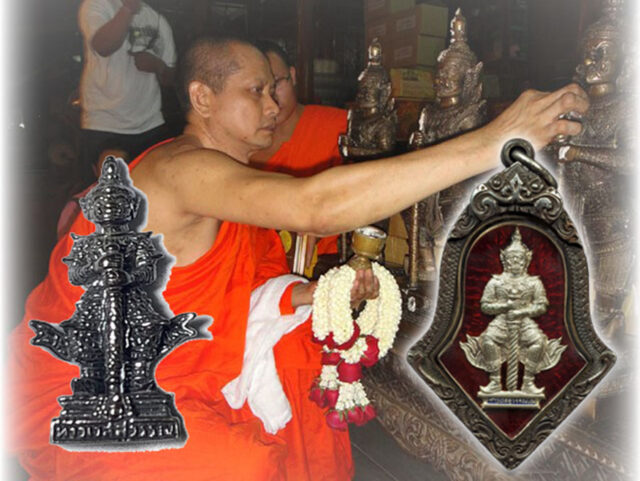
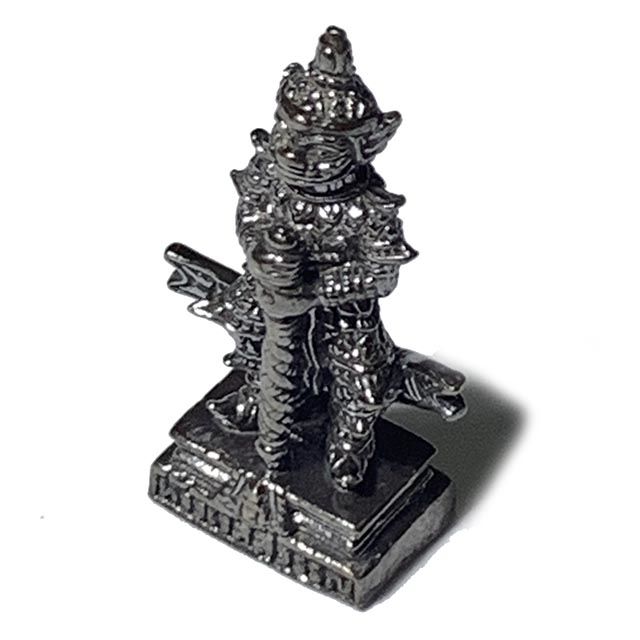
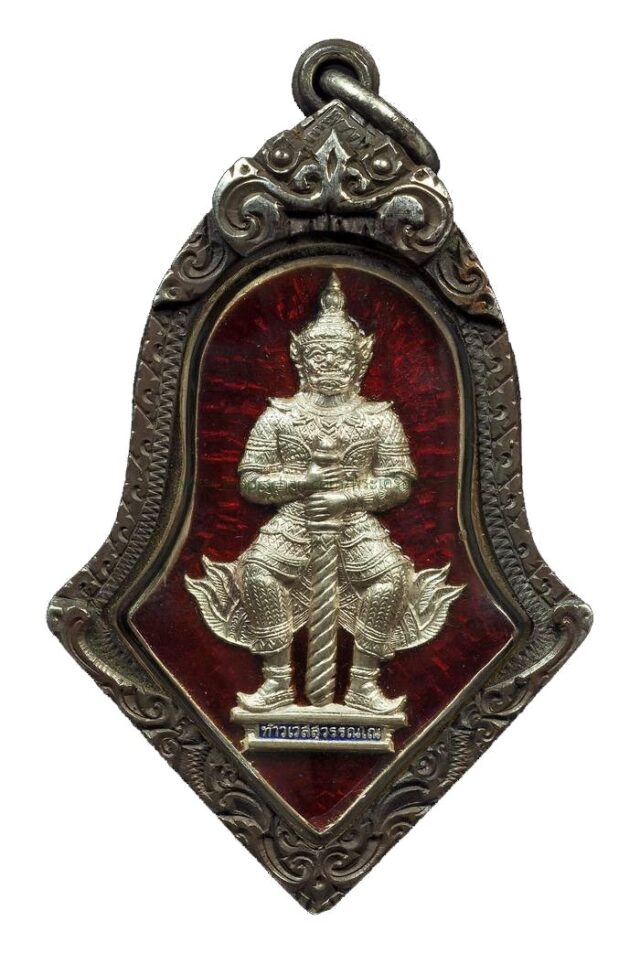
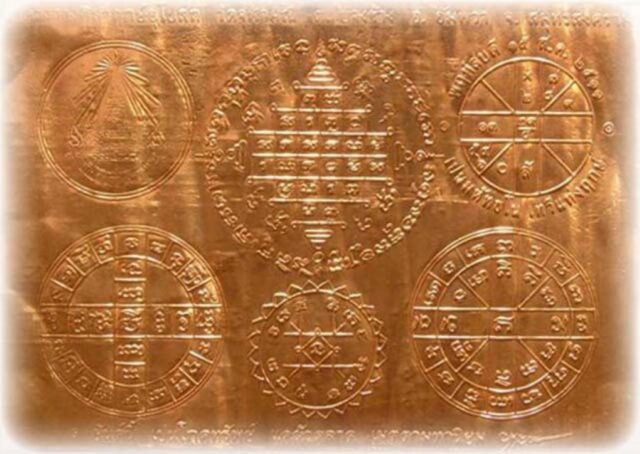

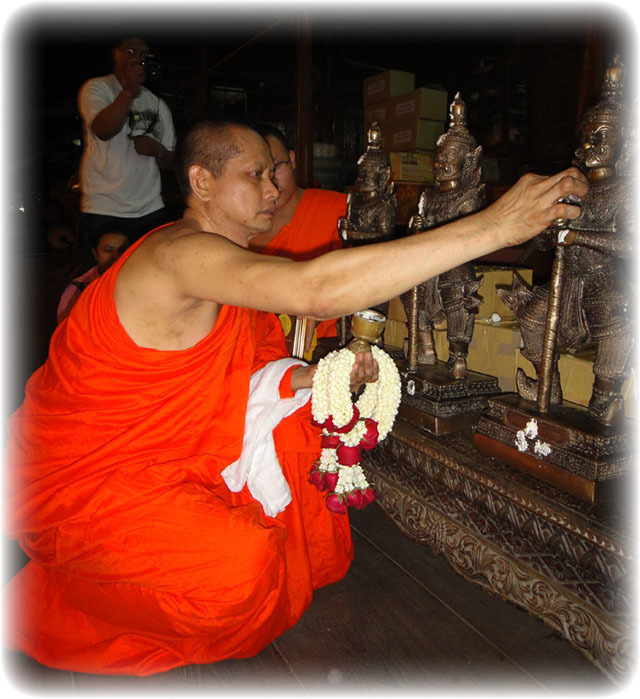

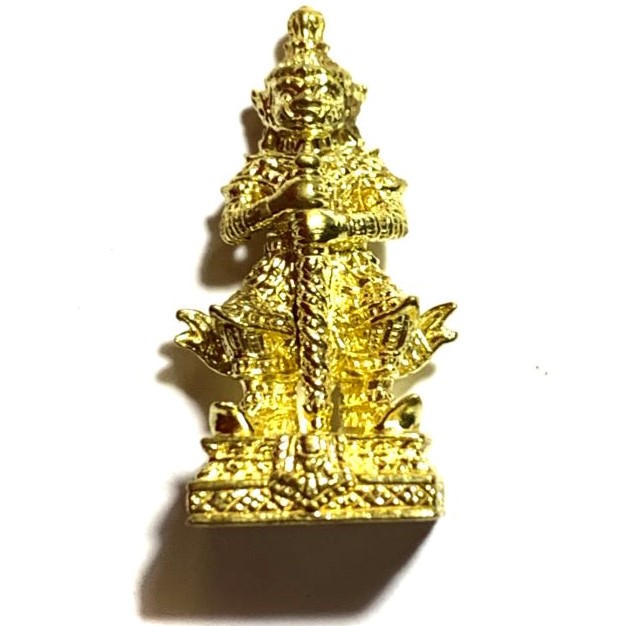
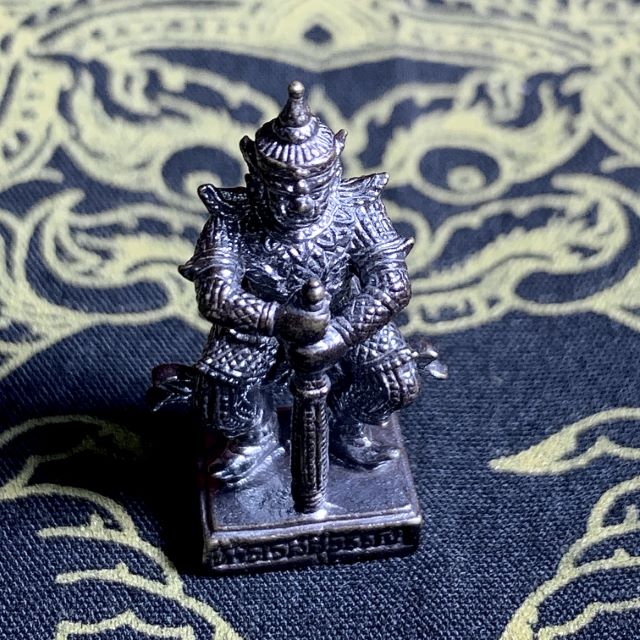


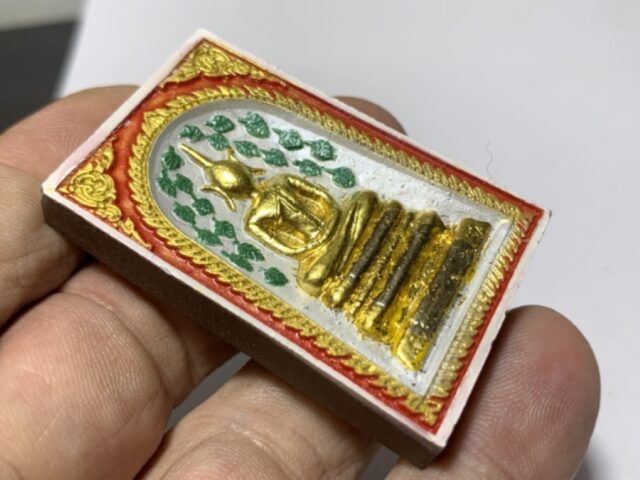
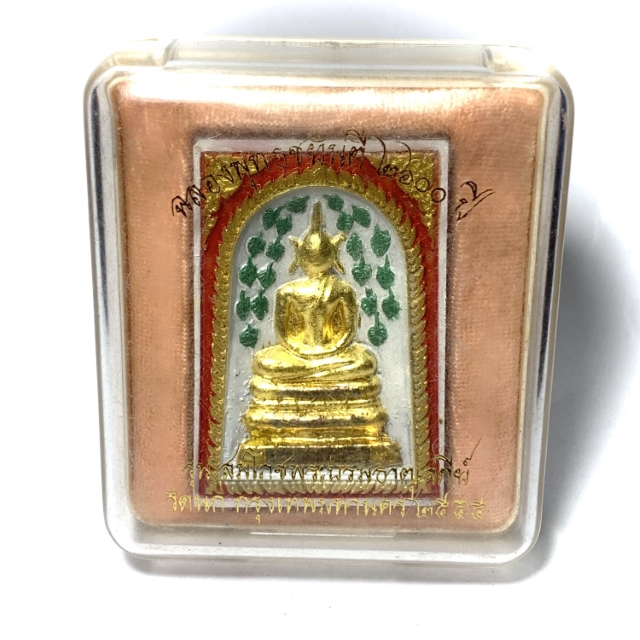
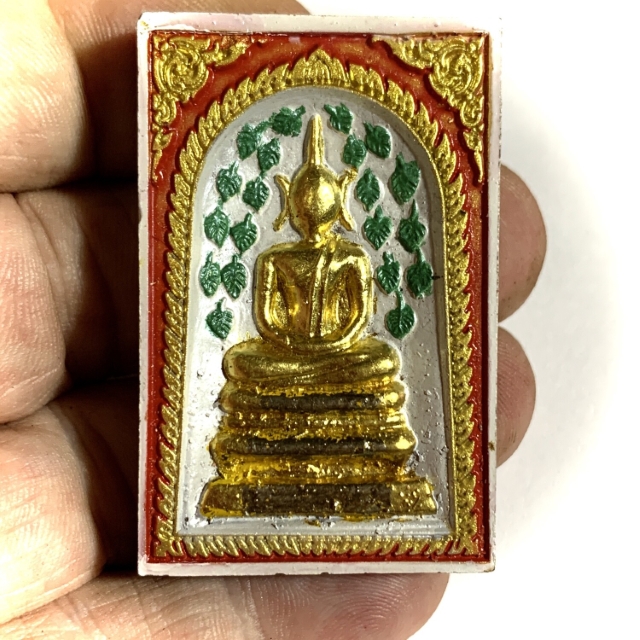
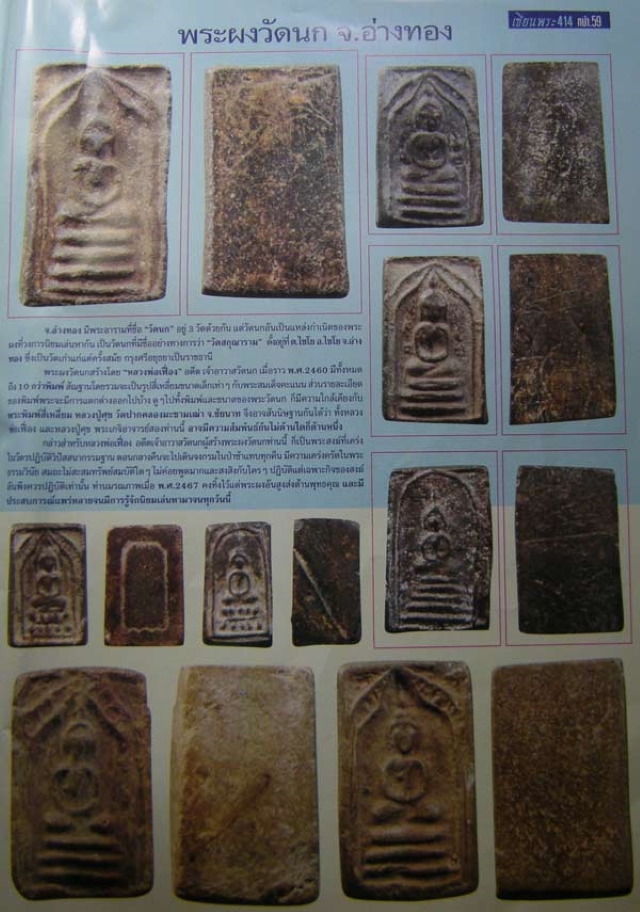
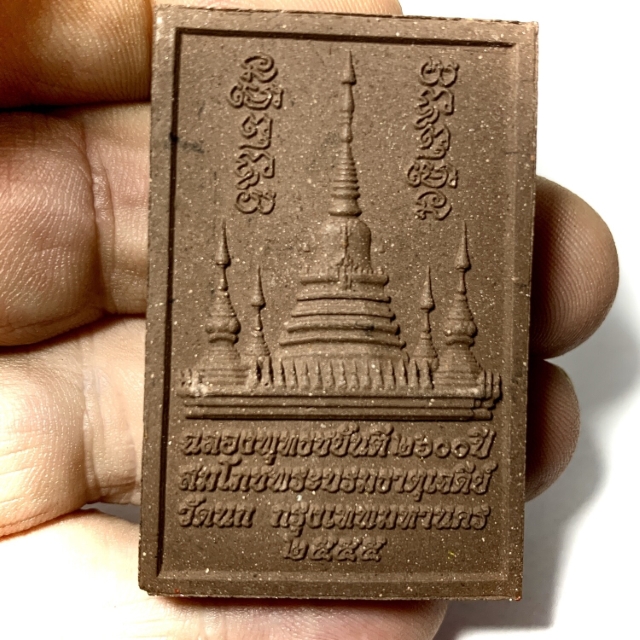
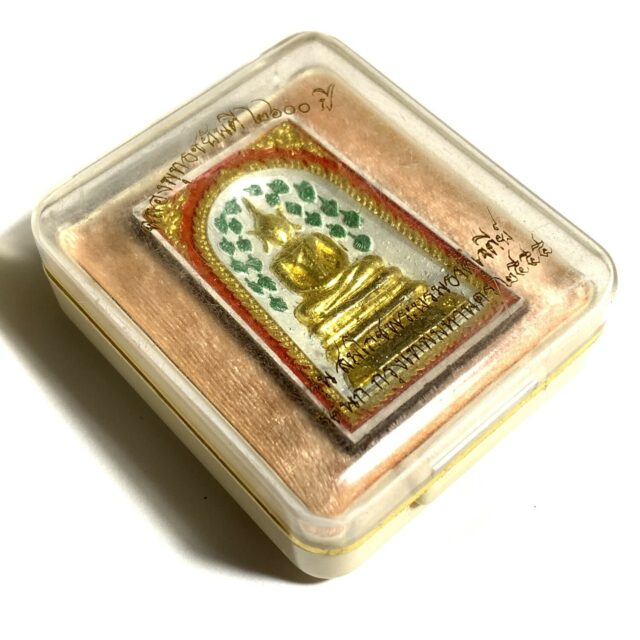
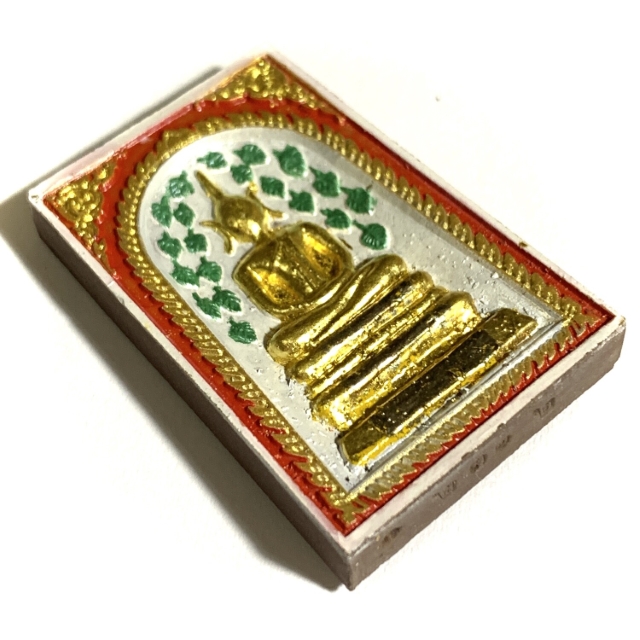
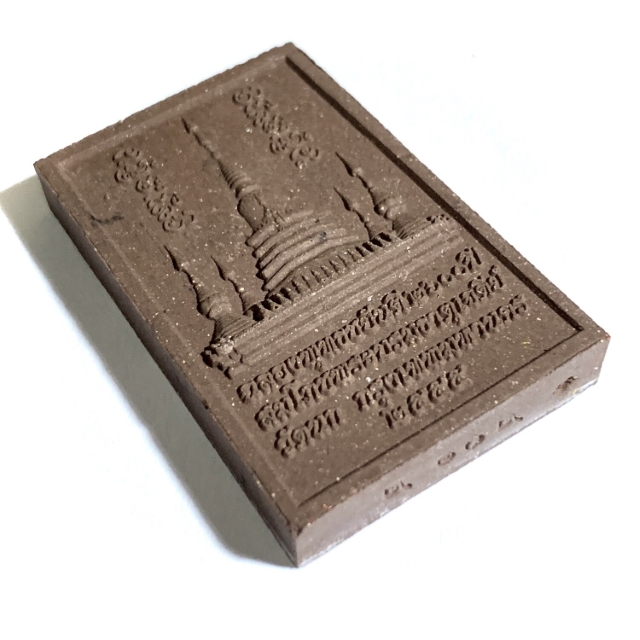
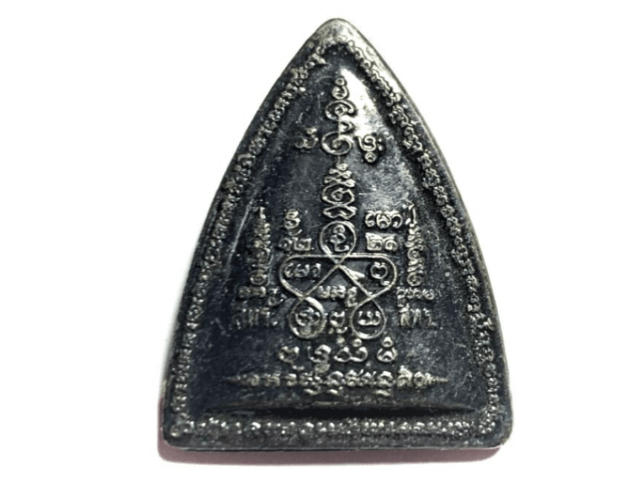
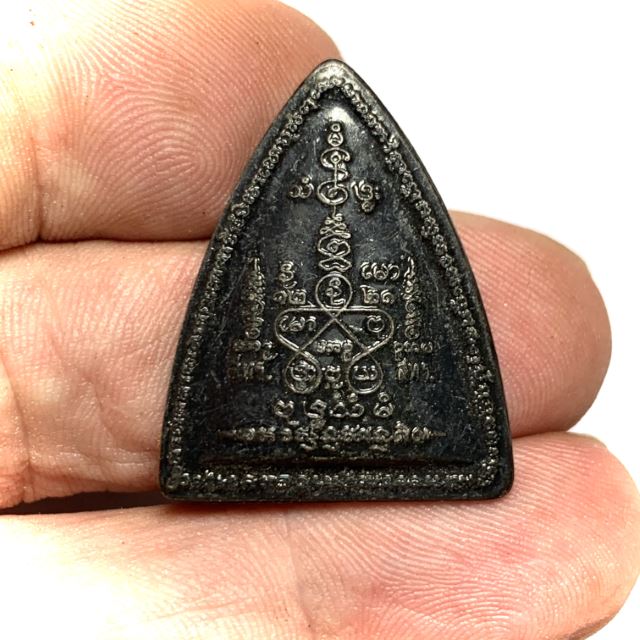
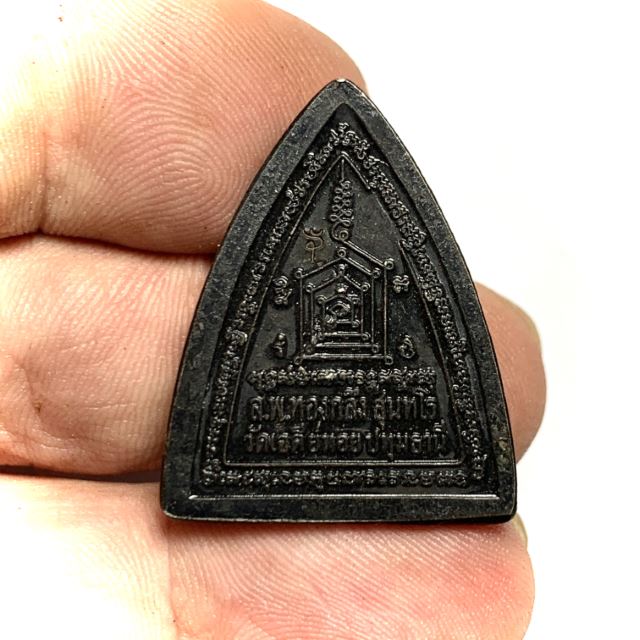
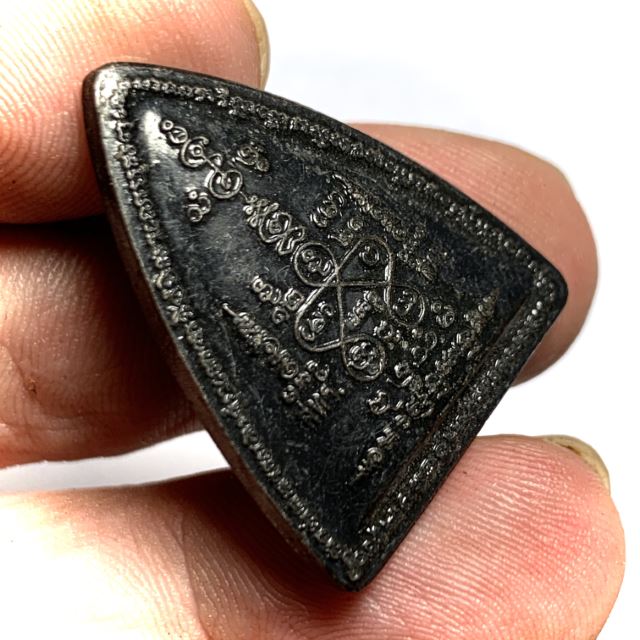
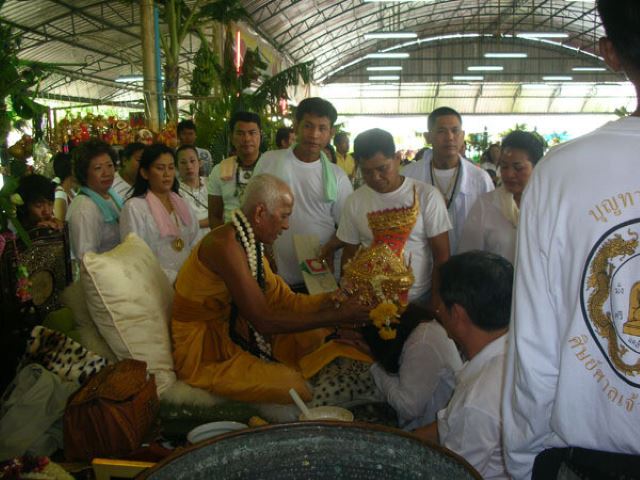
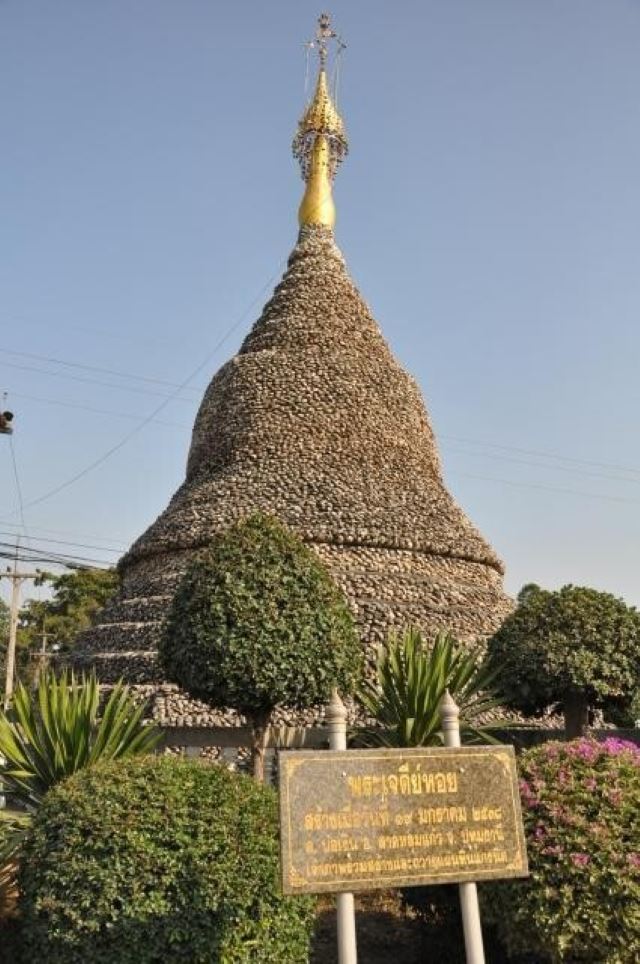
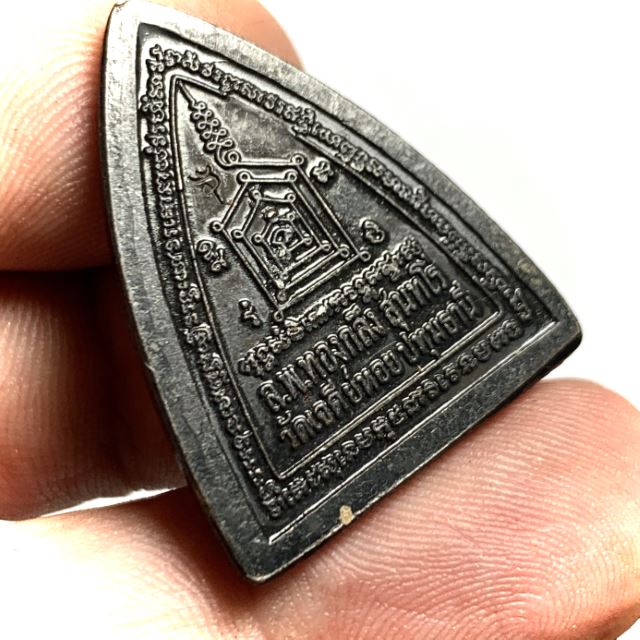
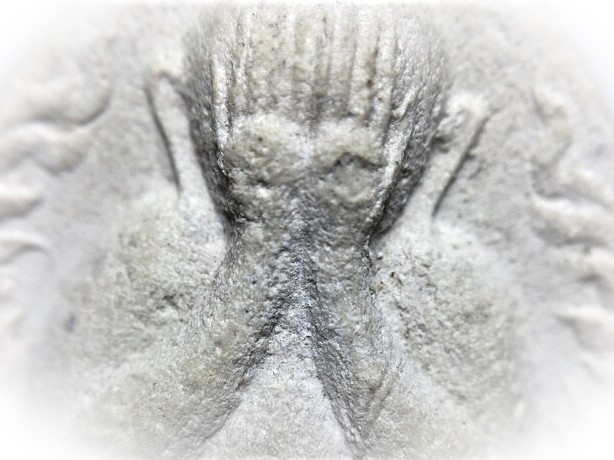
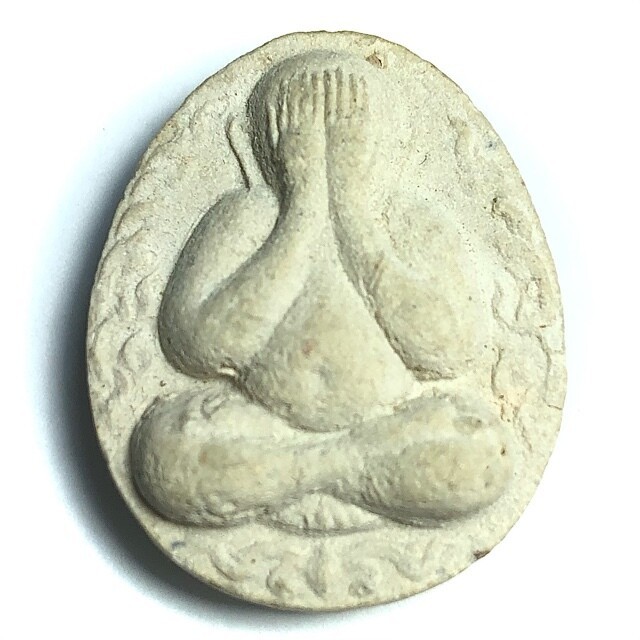
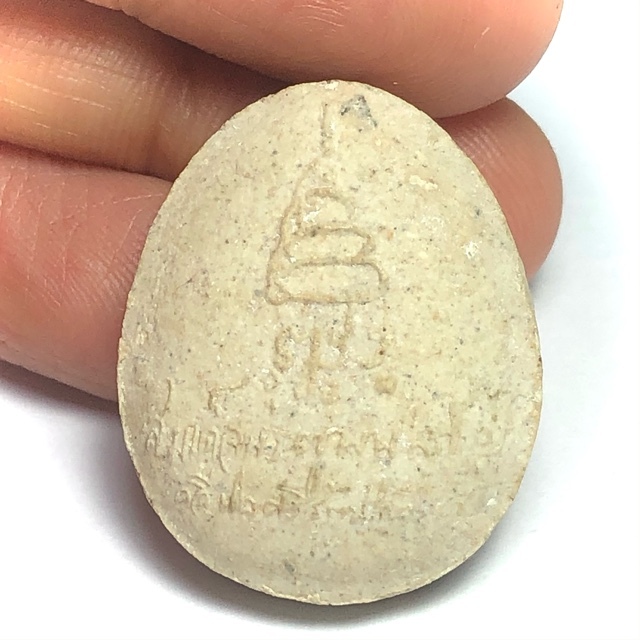

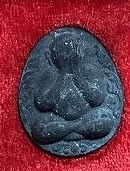
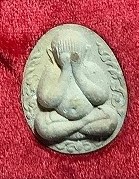
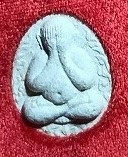

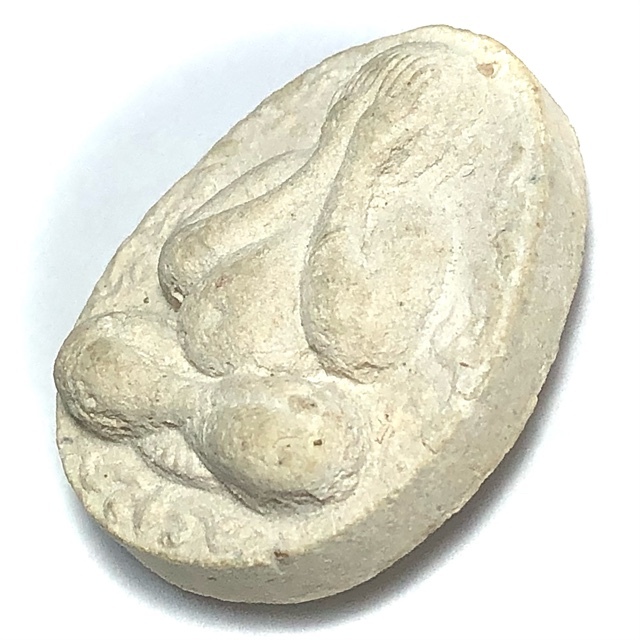
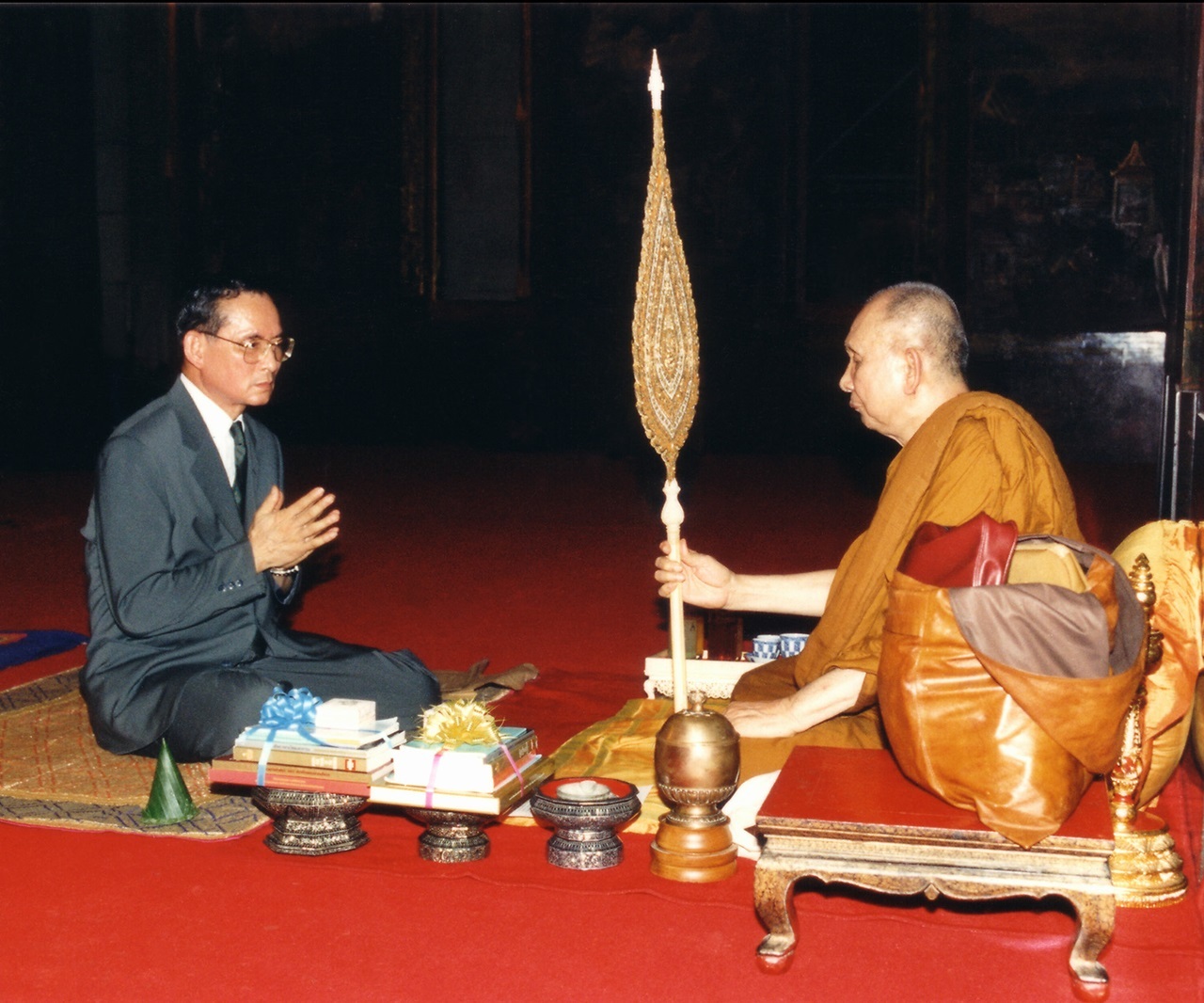
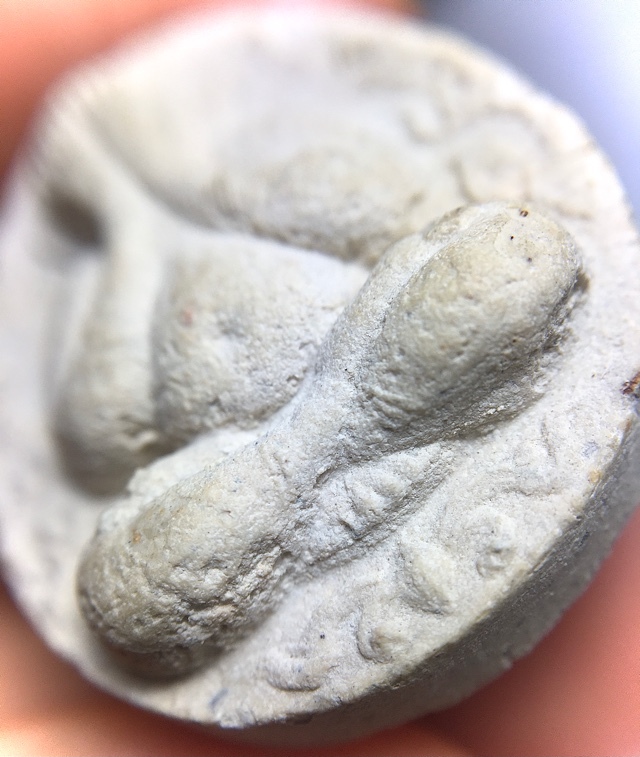
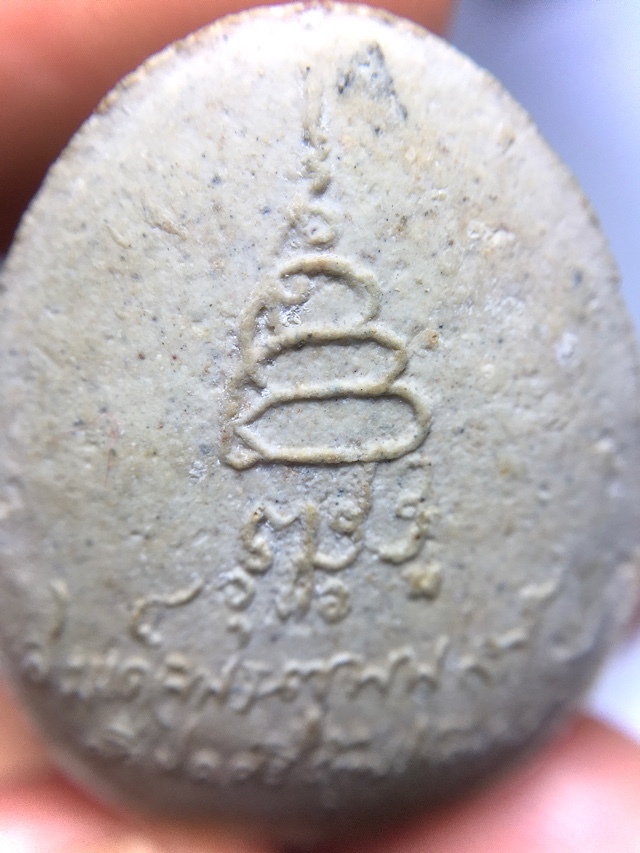
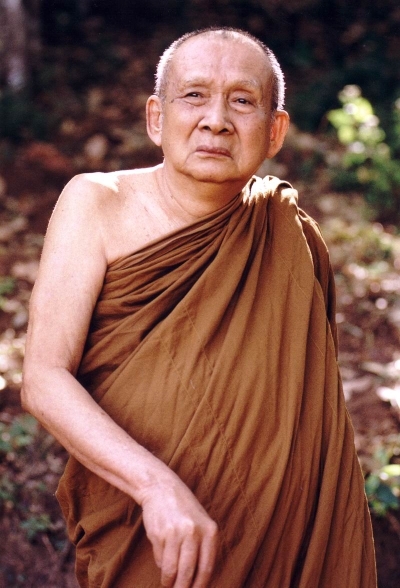
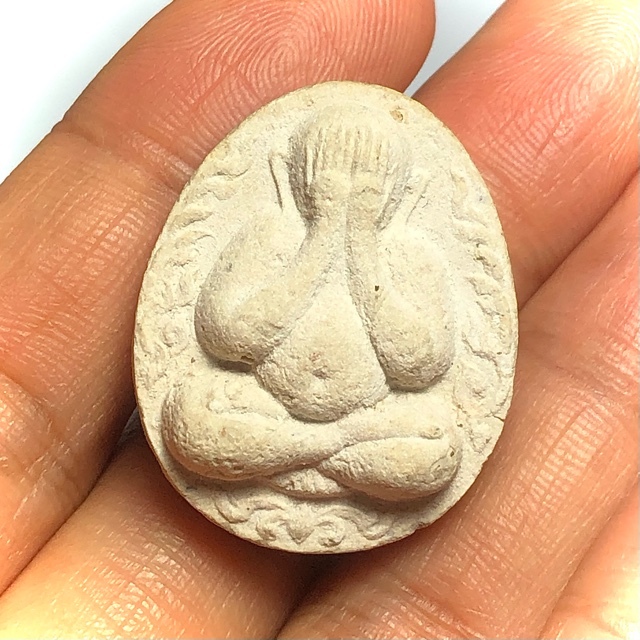
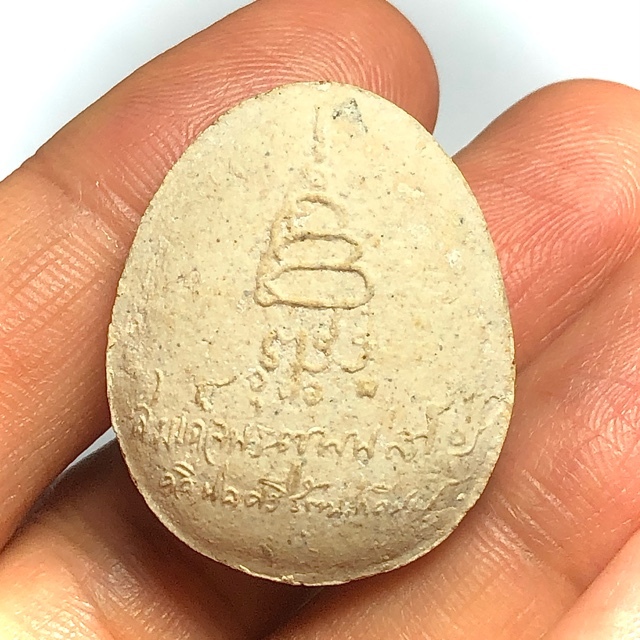
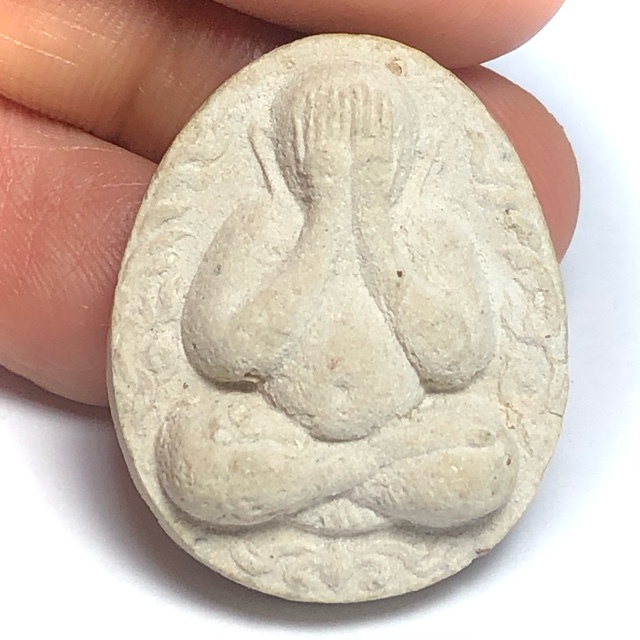
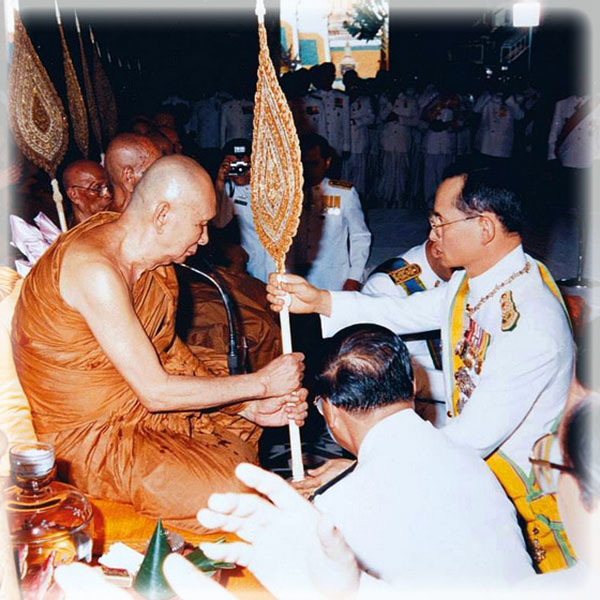
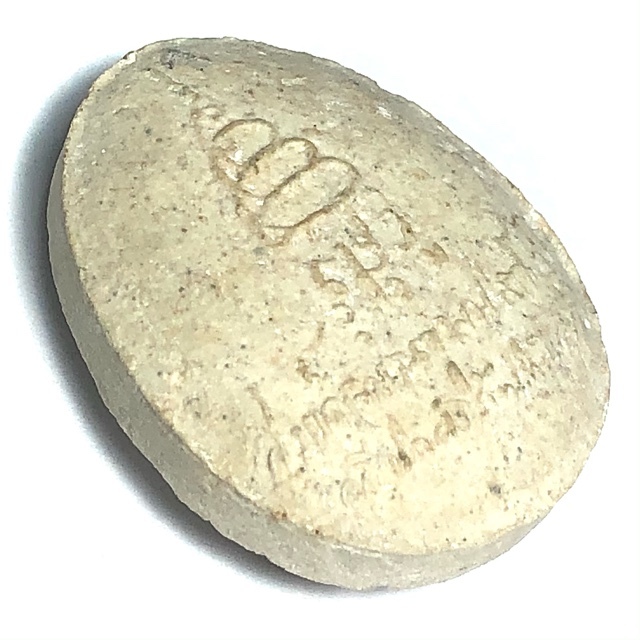
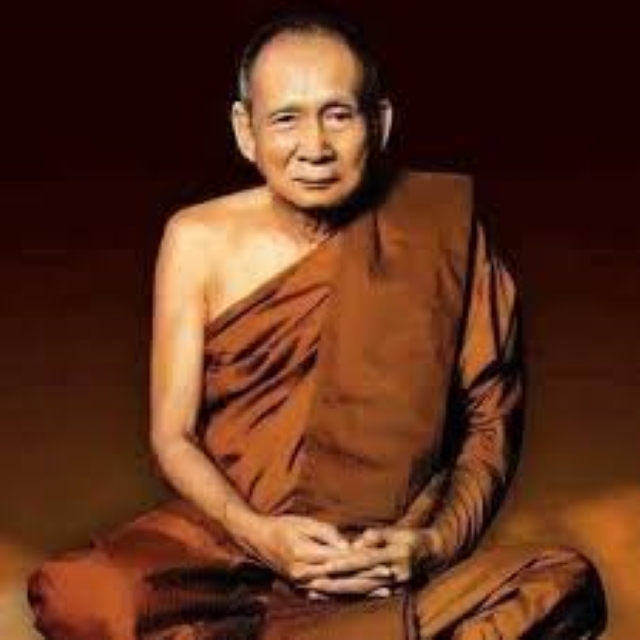
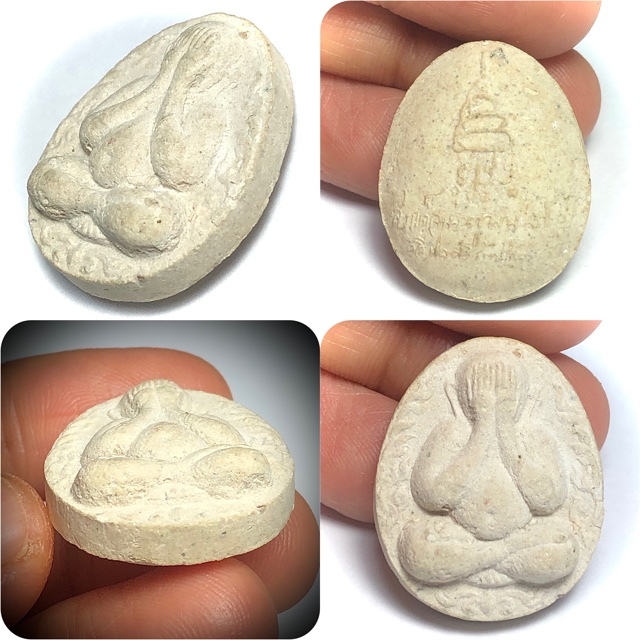
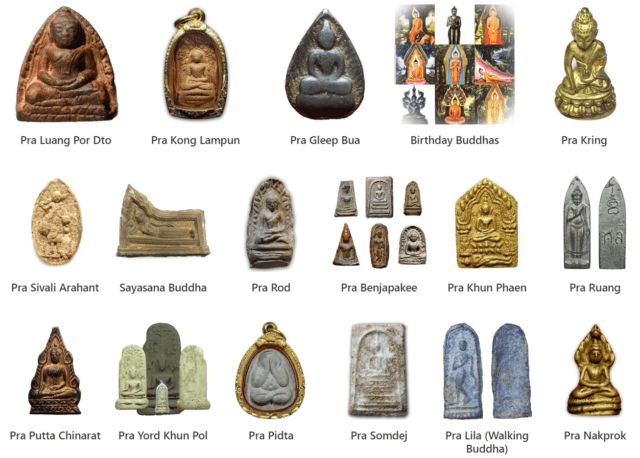
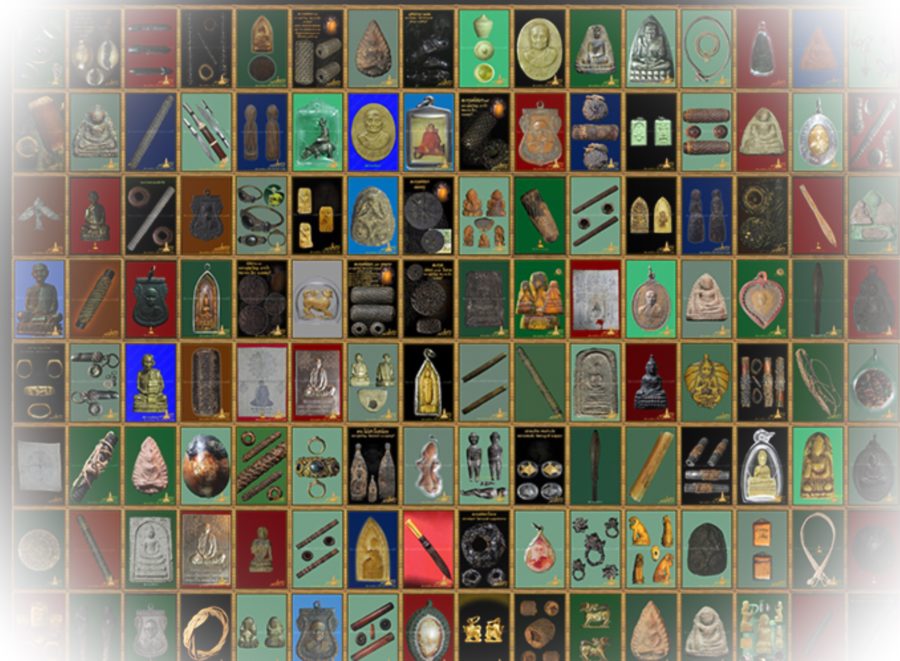
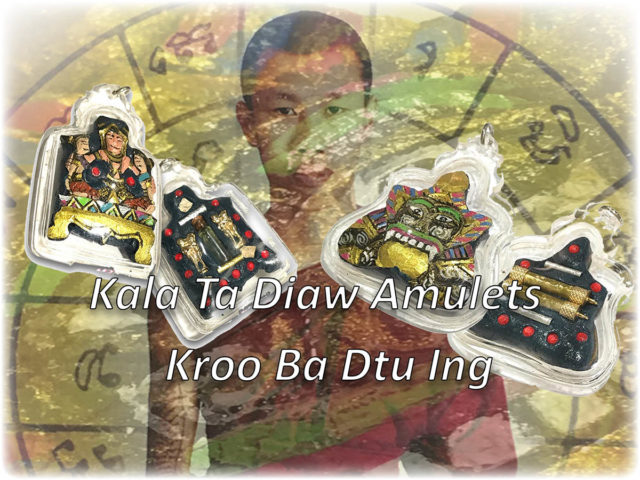
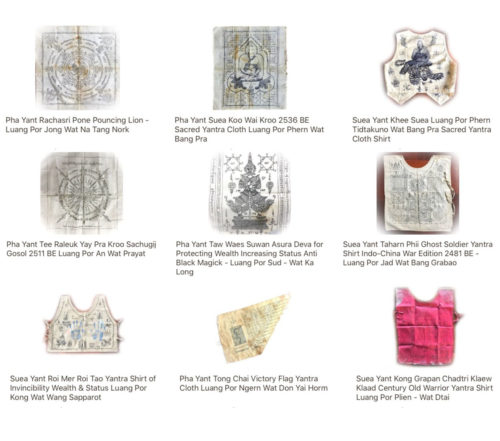
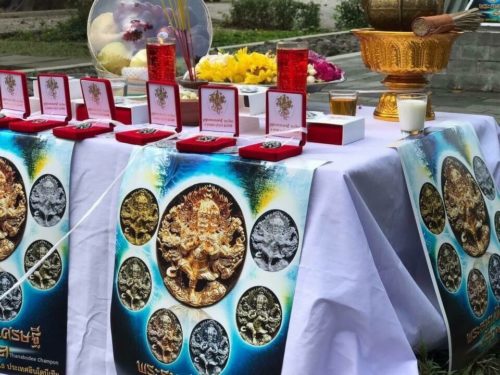
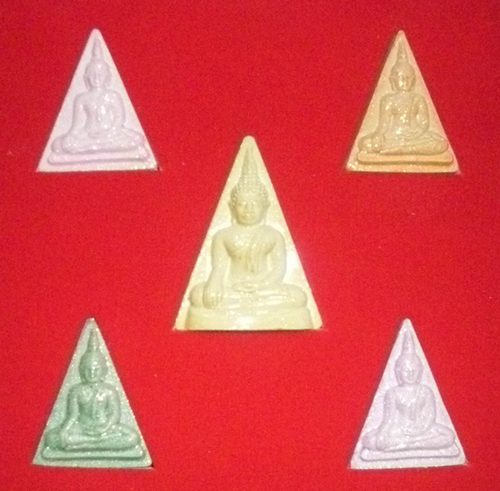
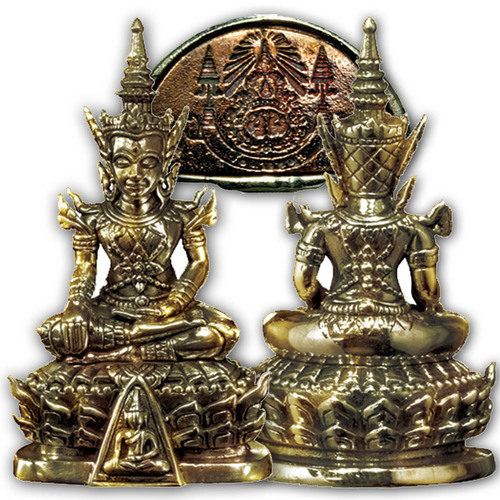
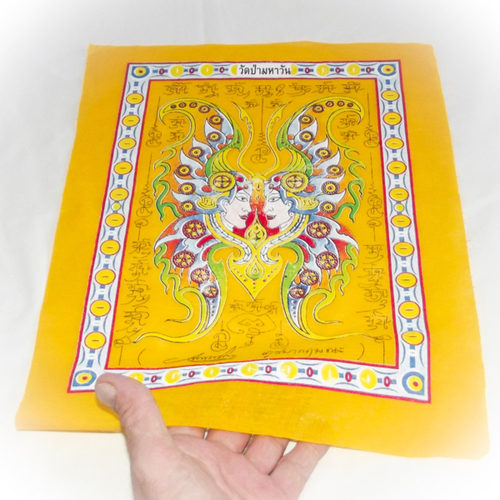
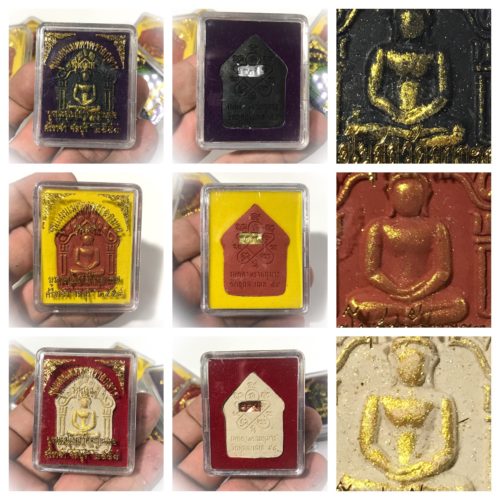
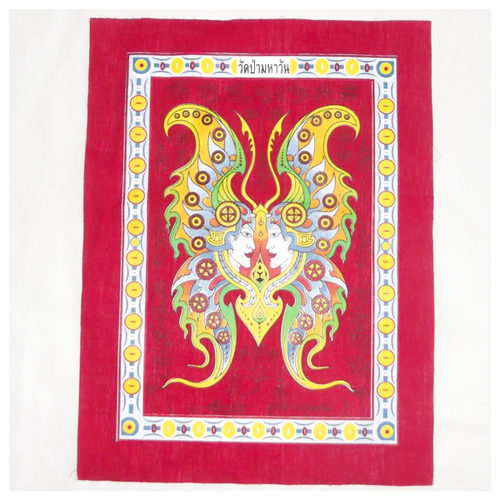
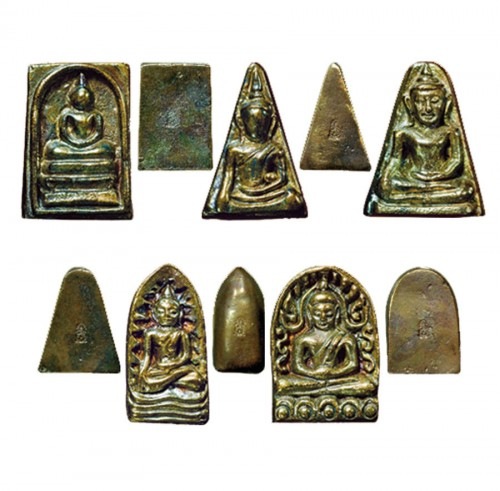
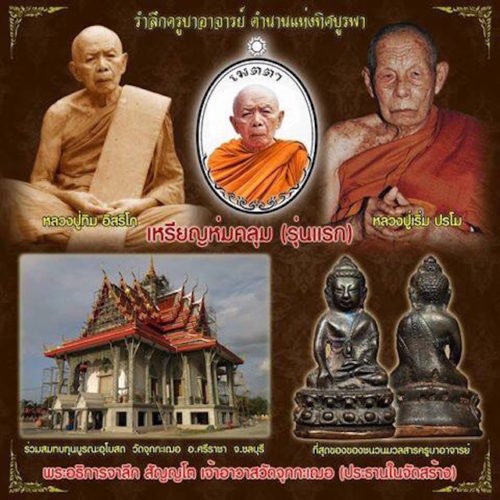
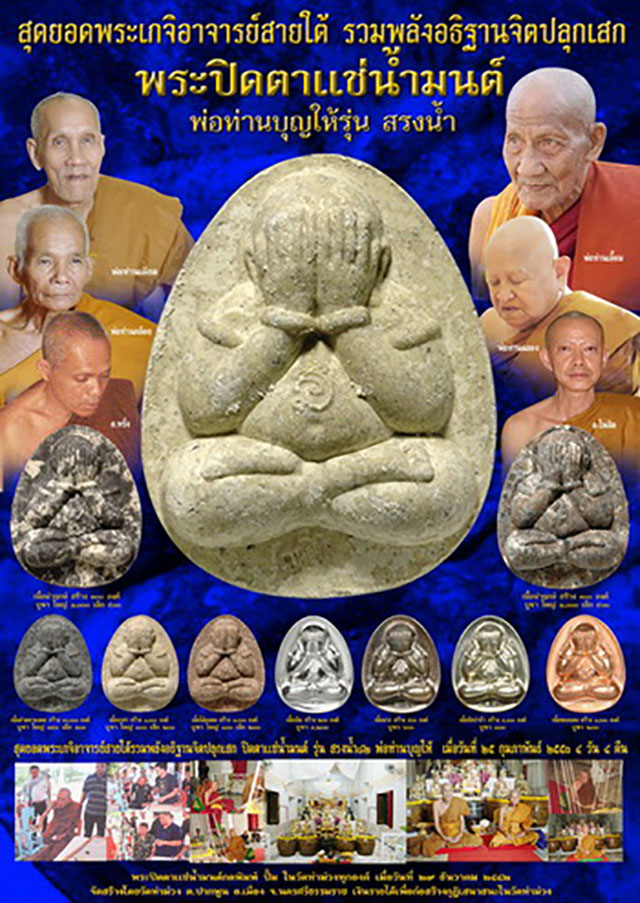
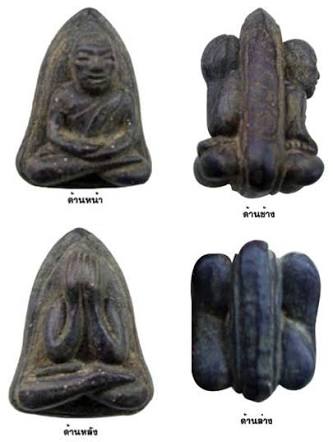
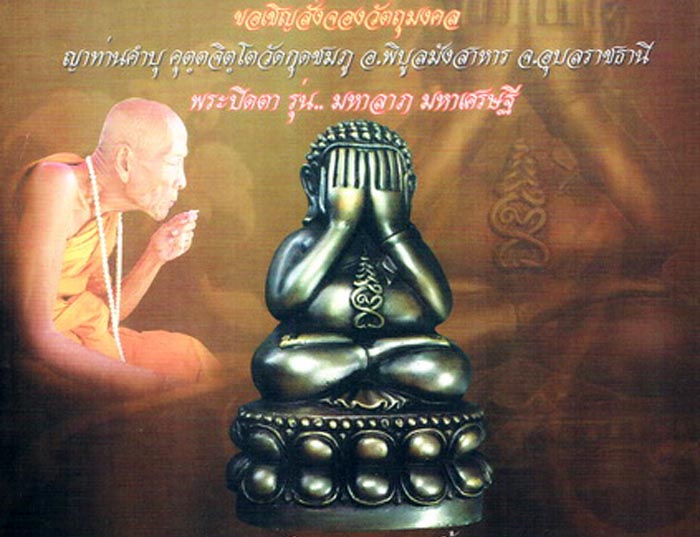
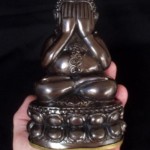
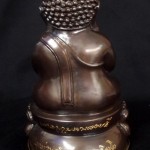
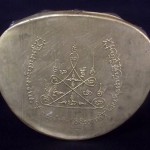




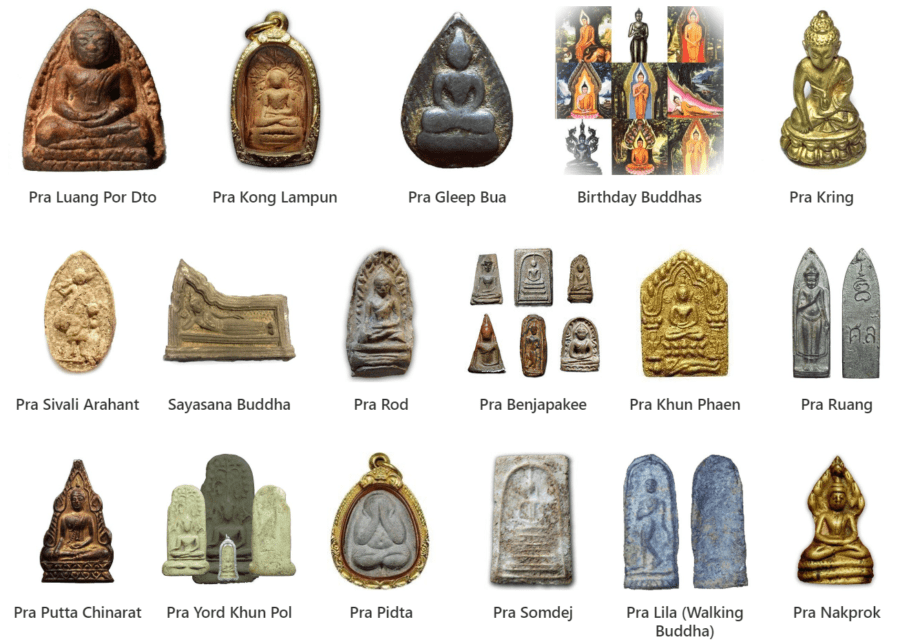


 Subscribe for Latest Updates
Subscribe for Latest Updates

